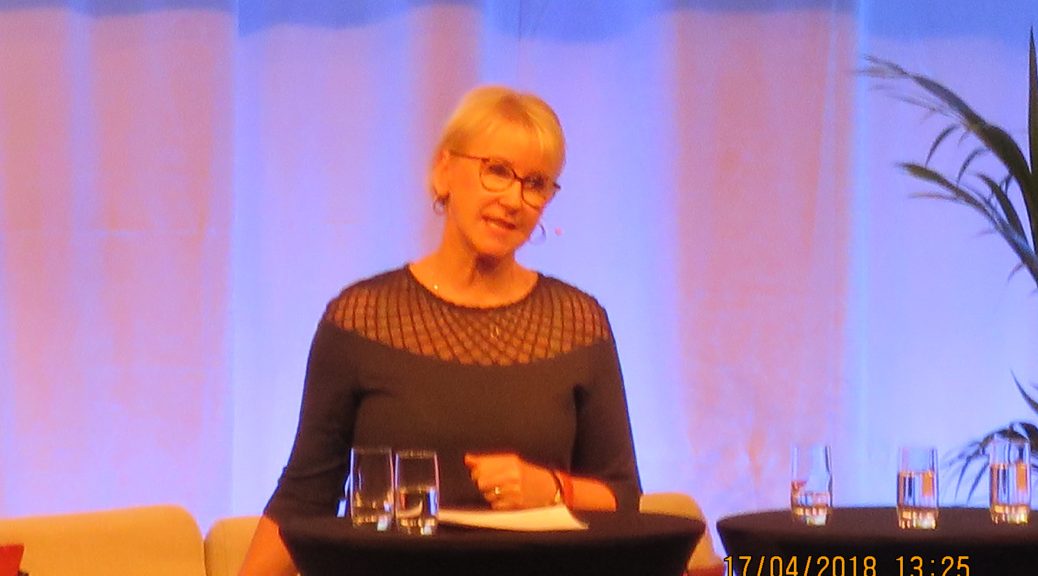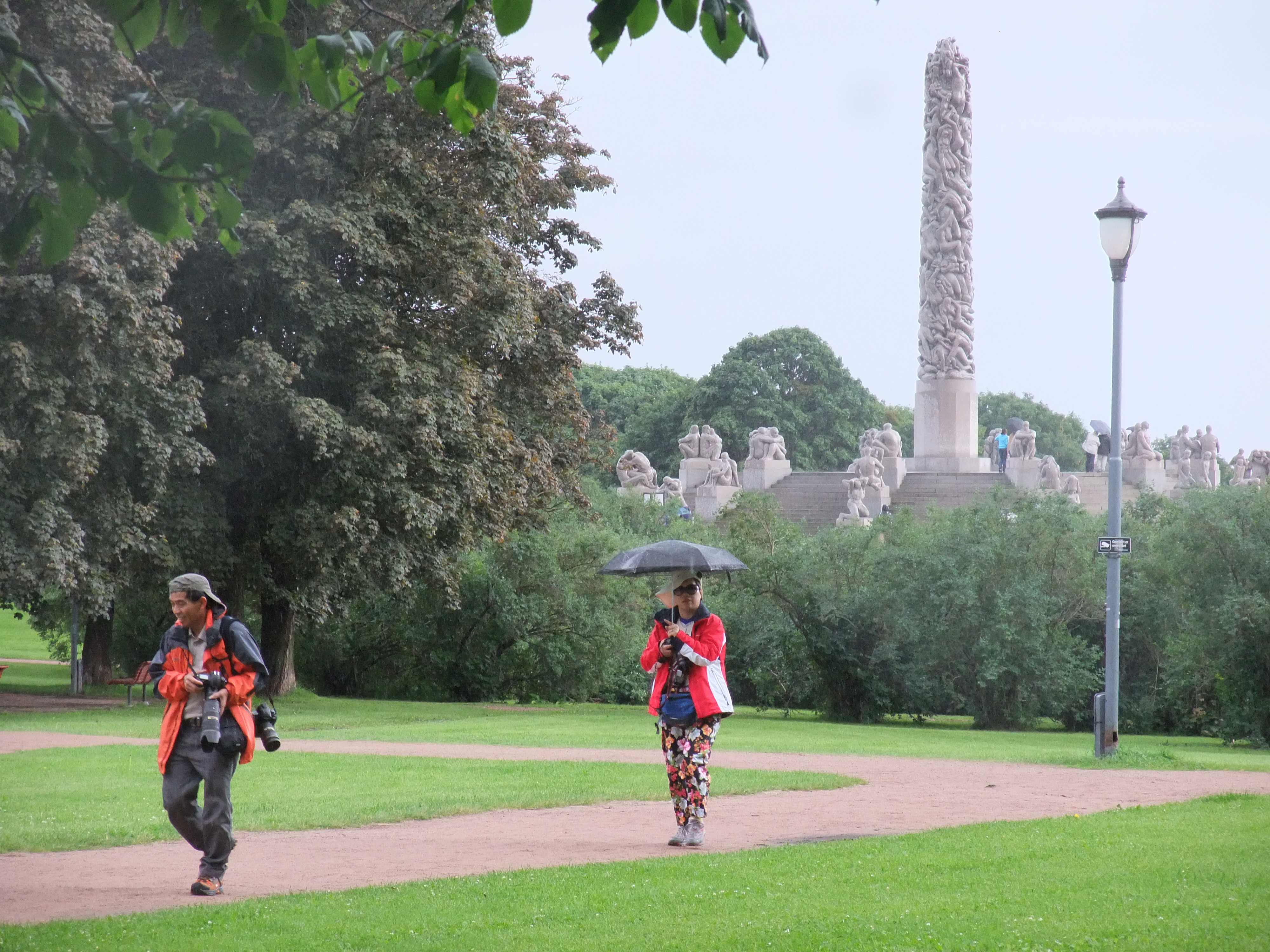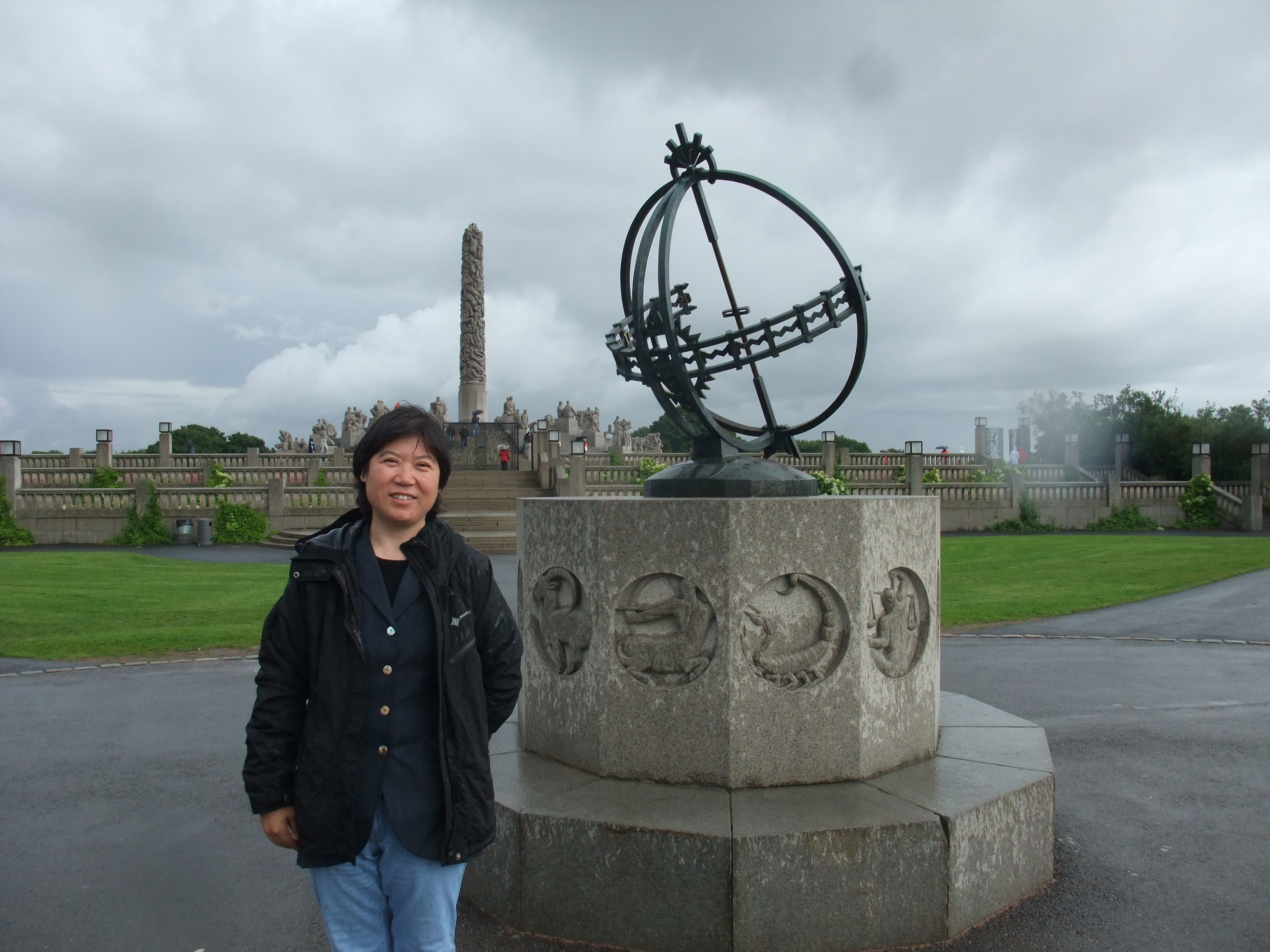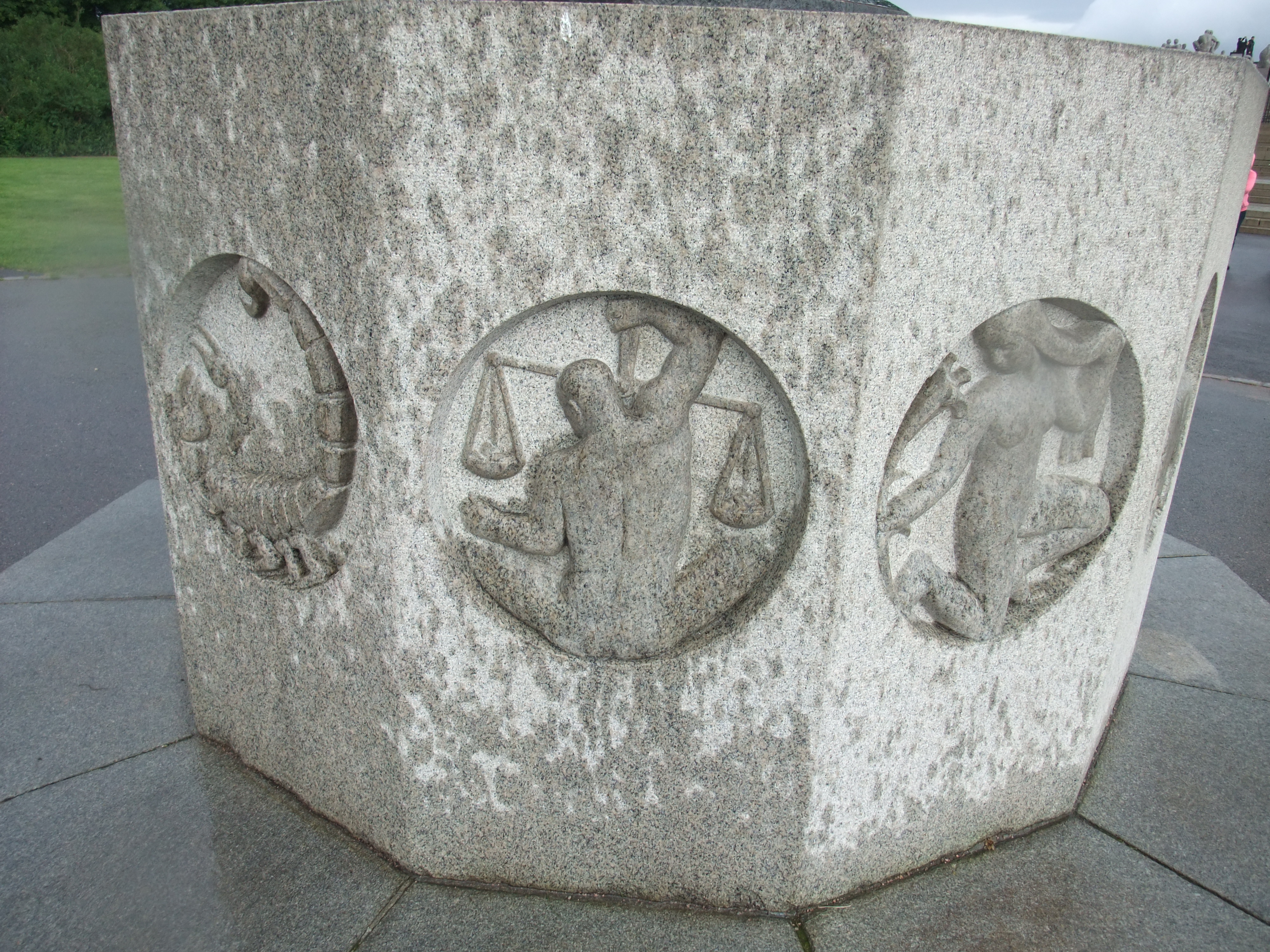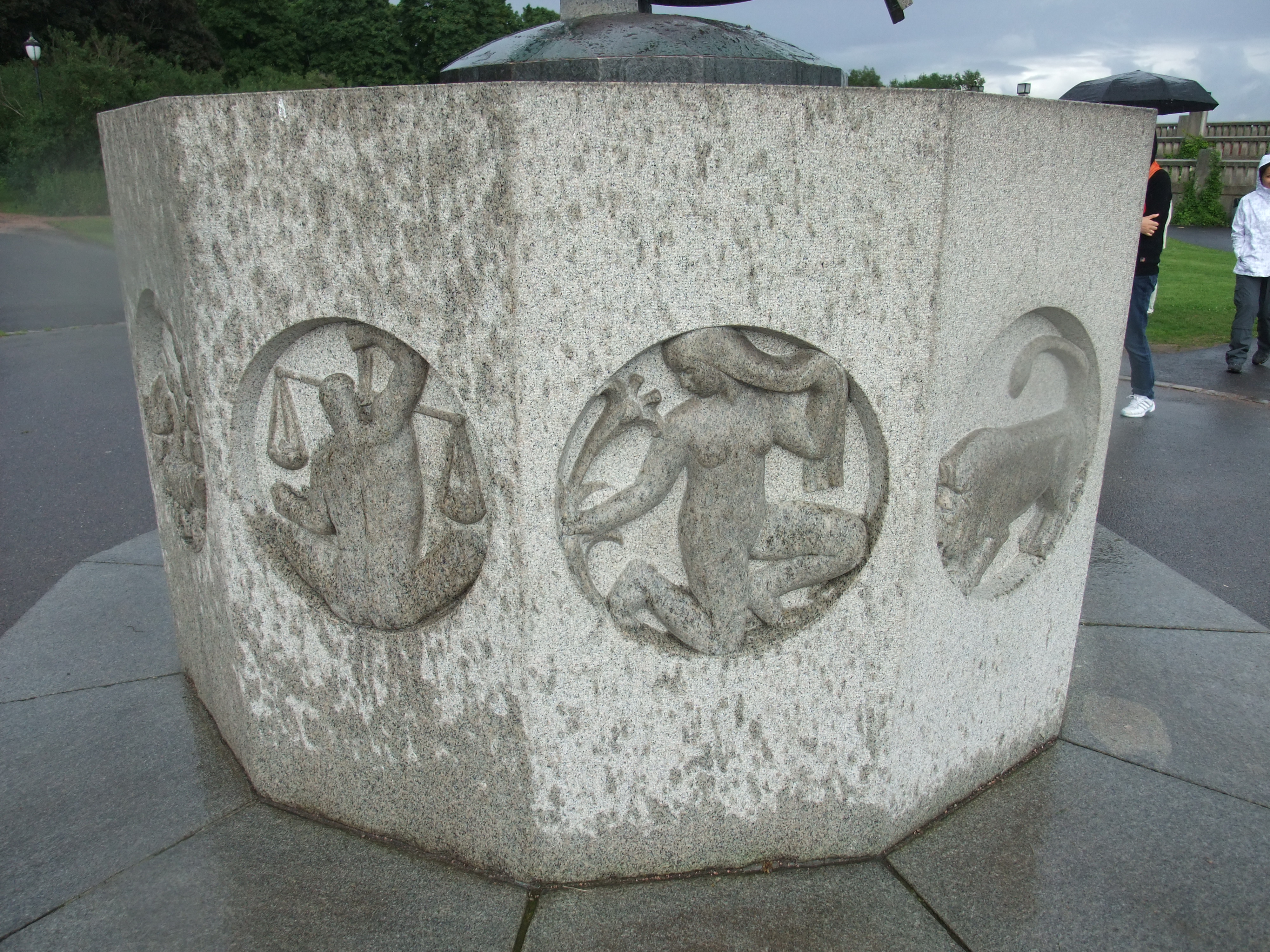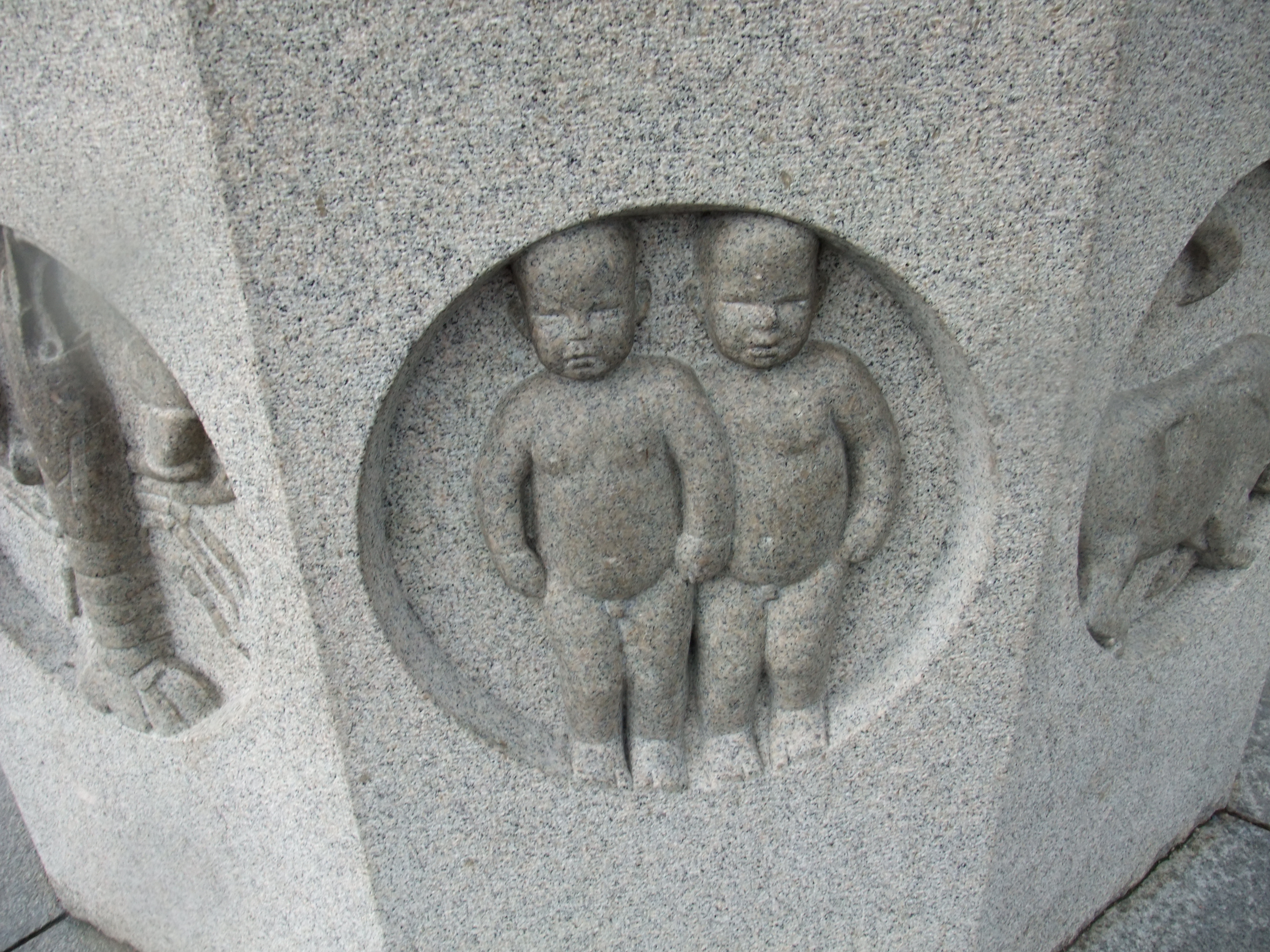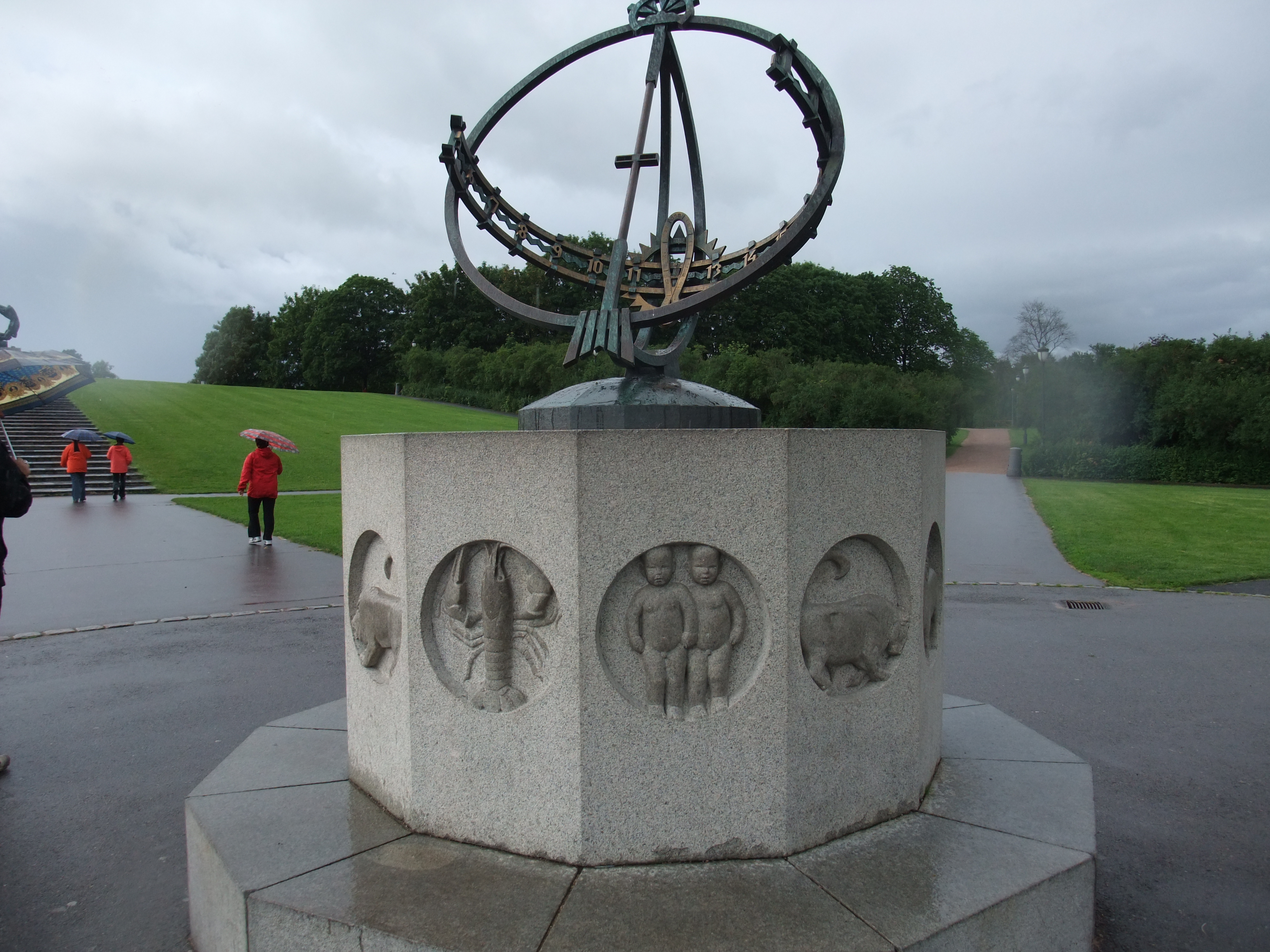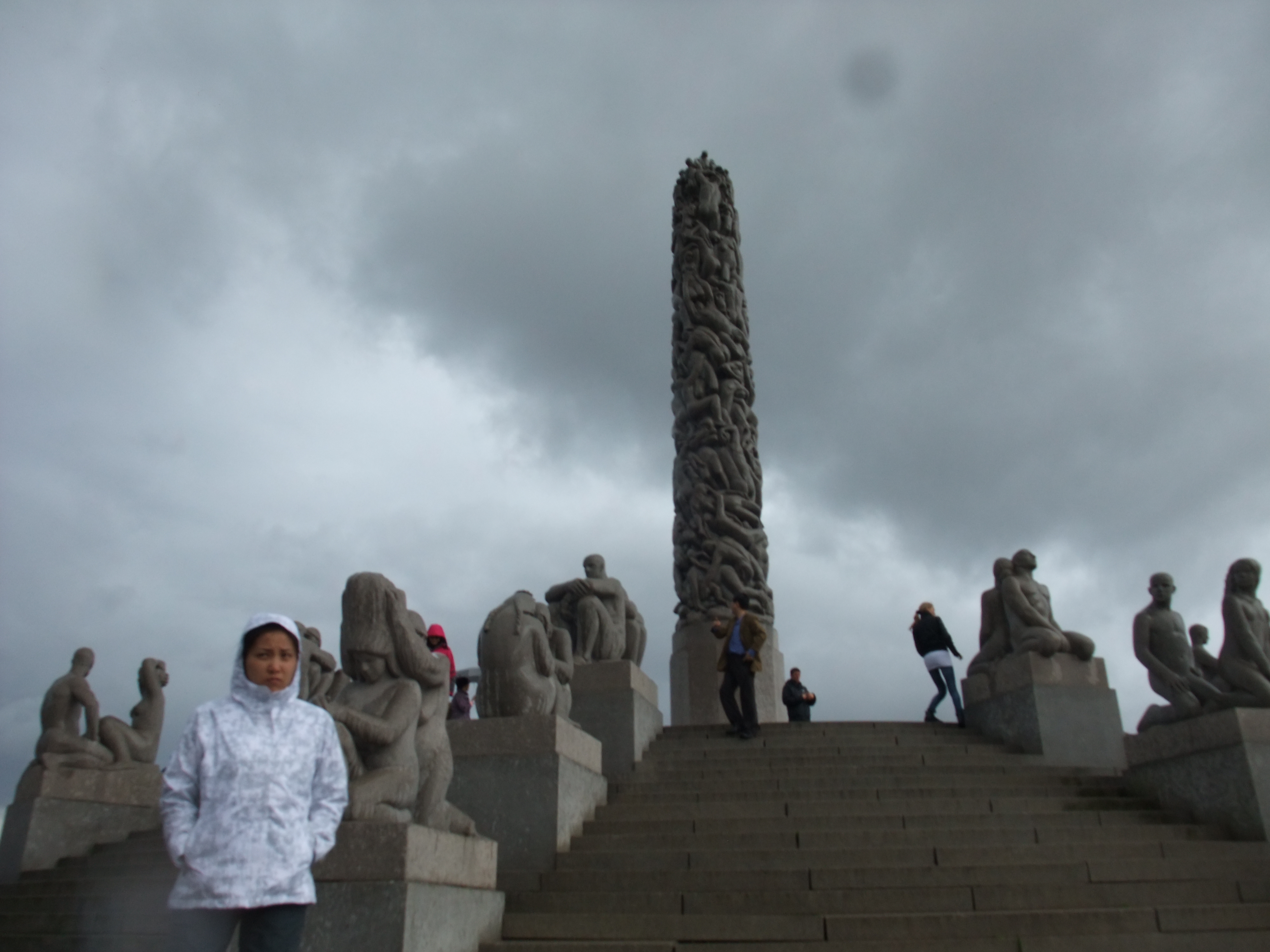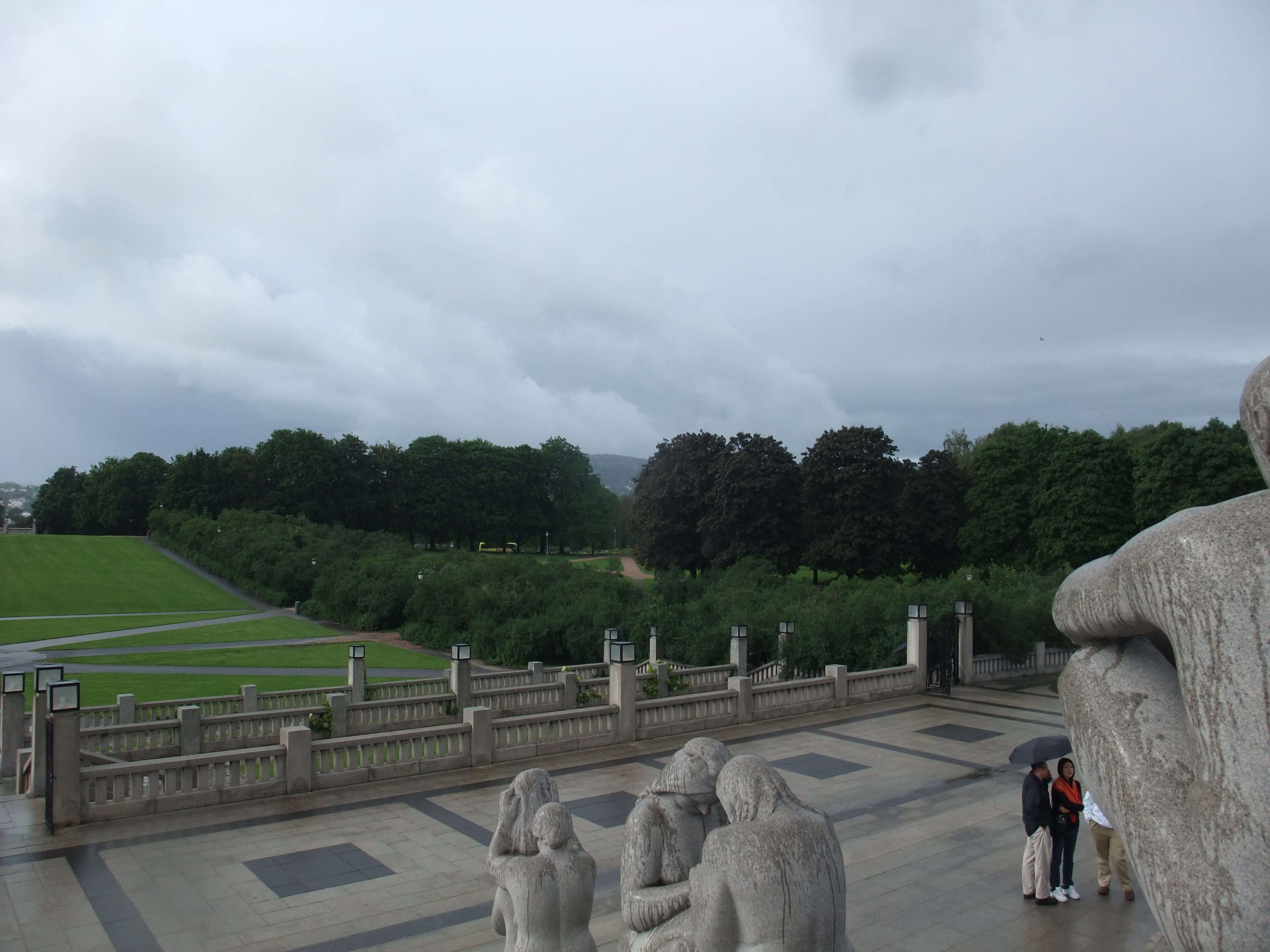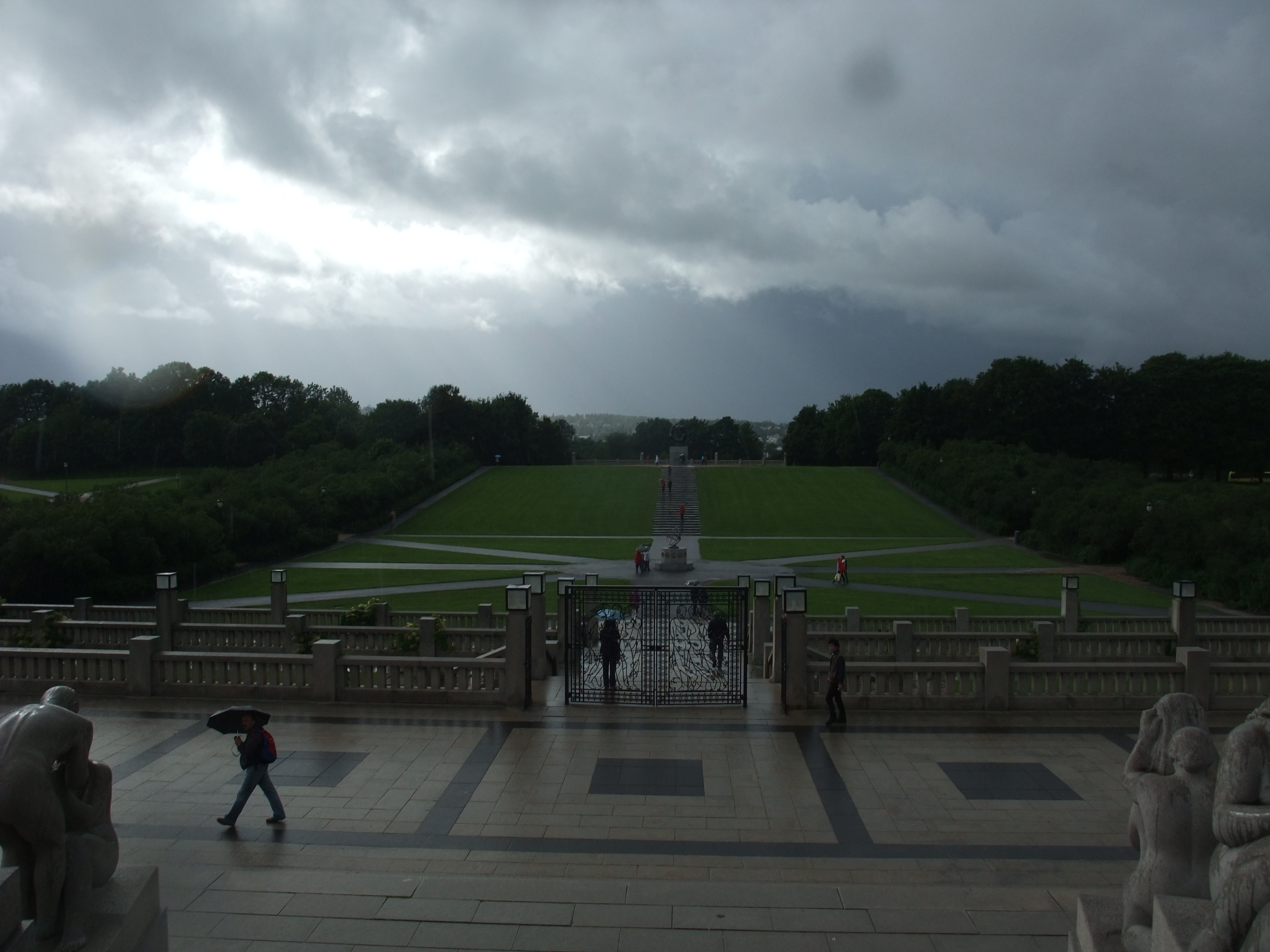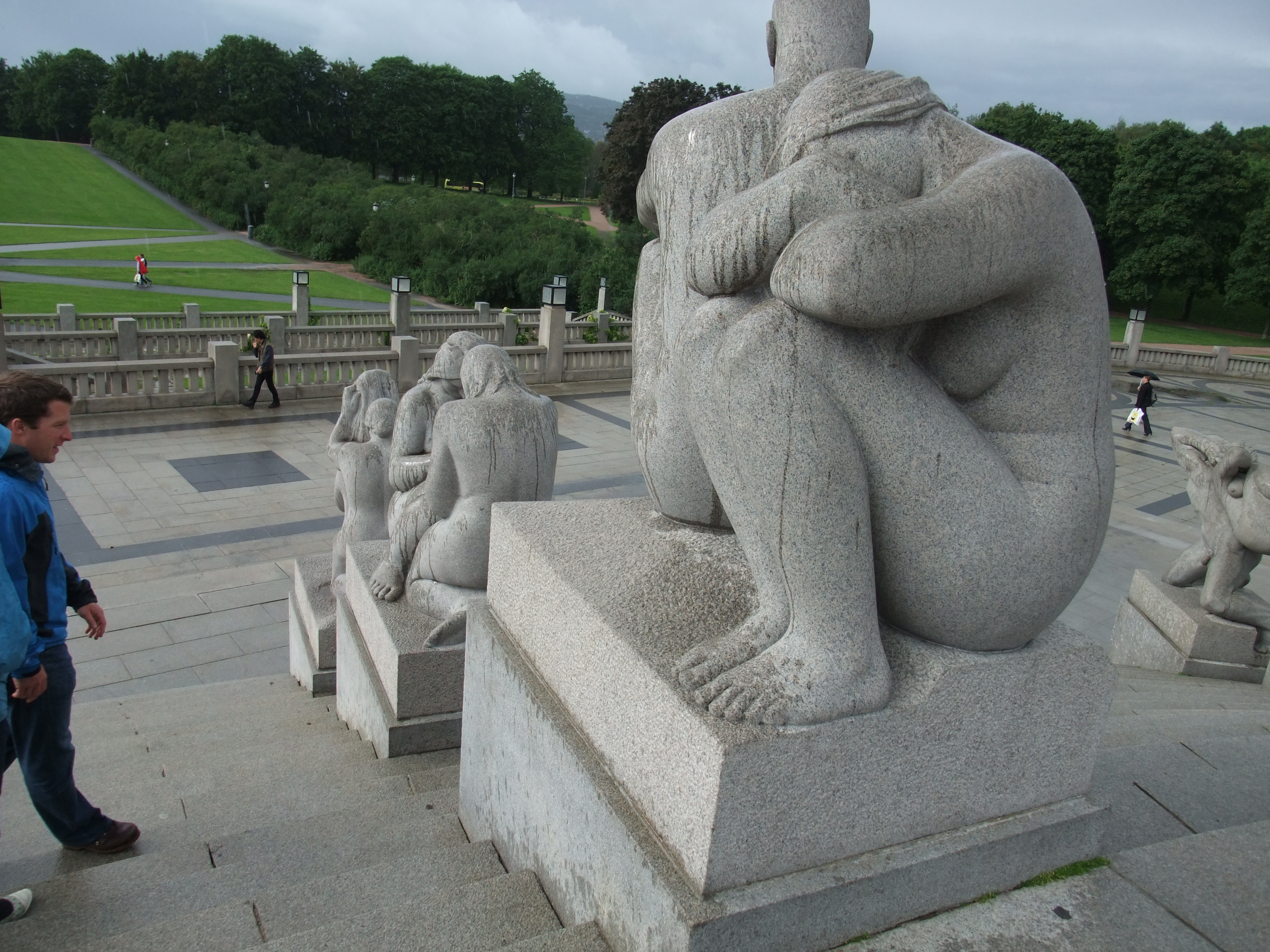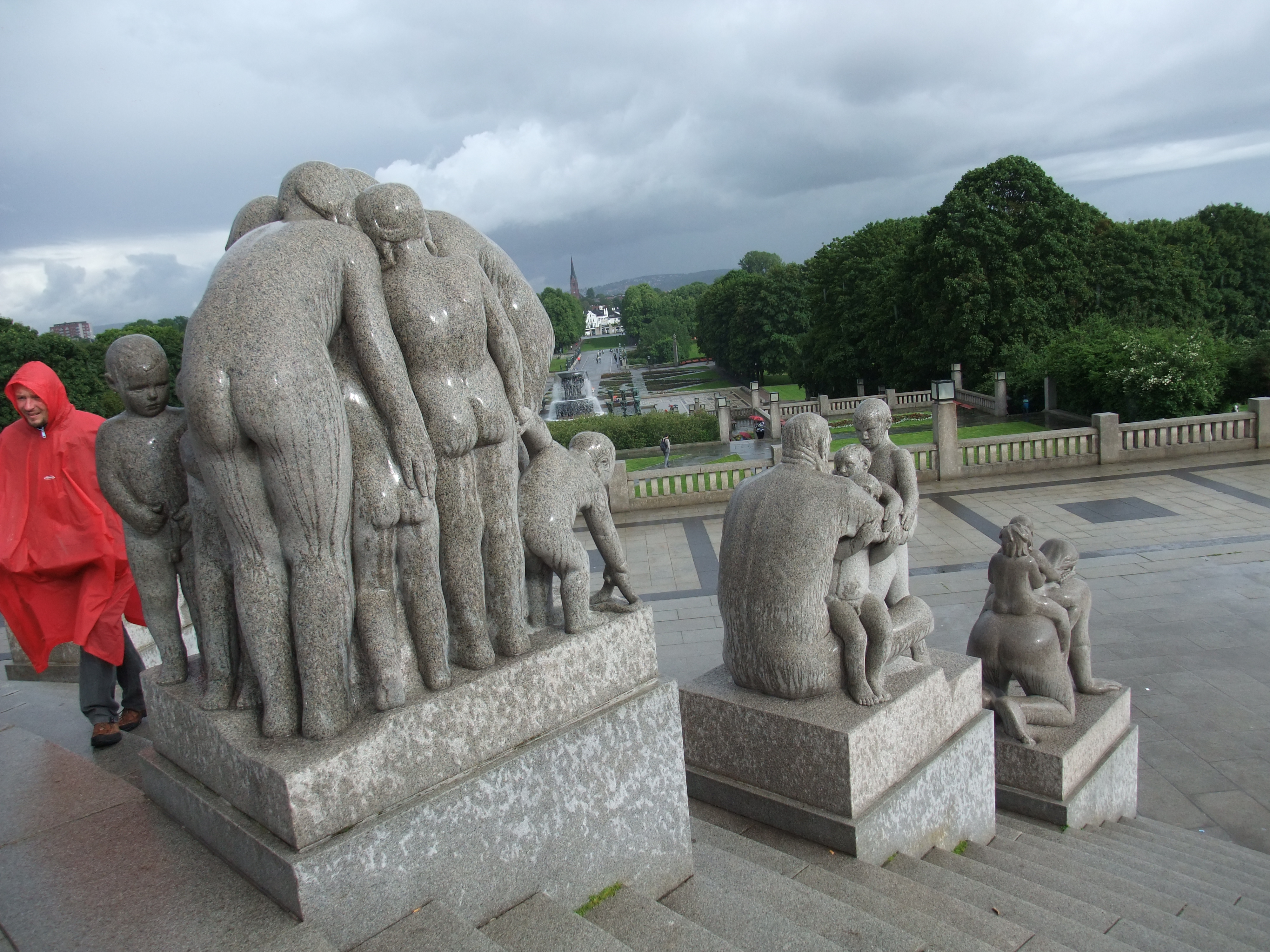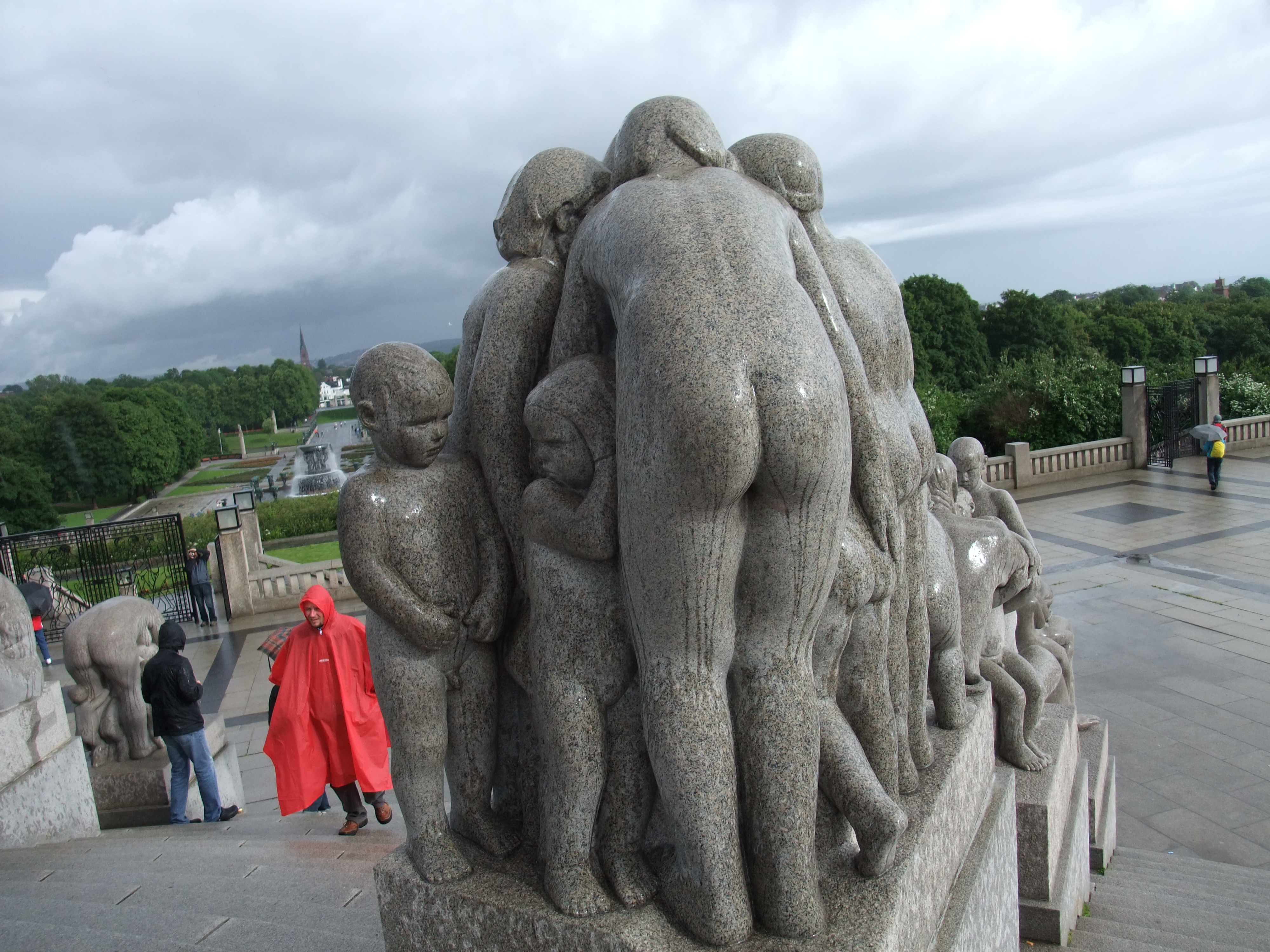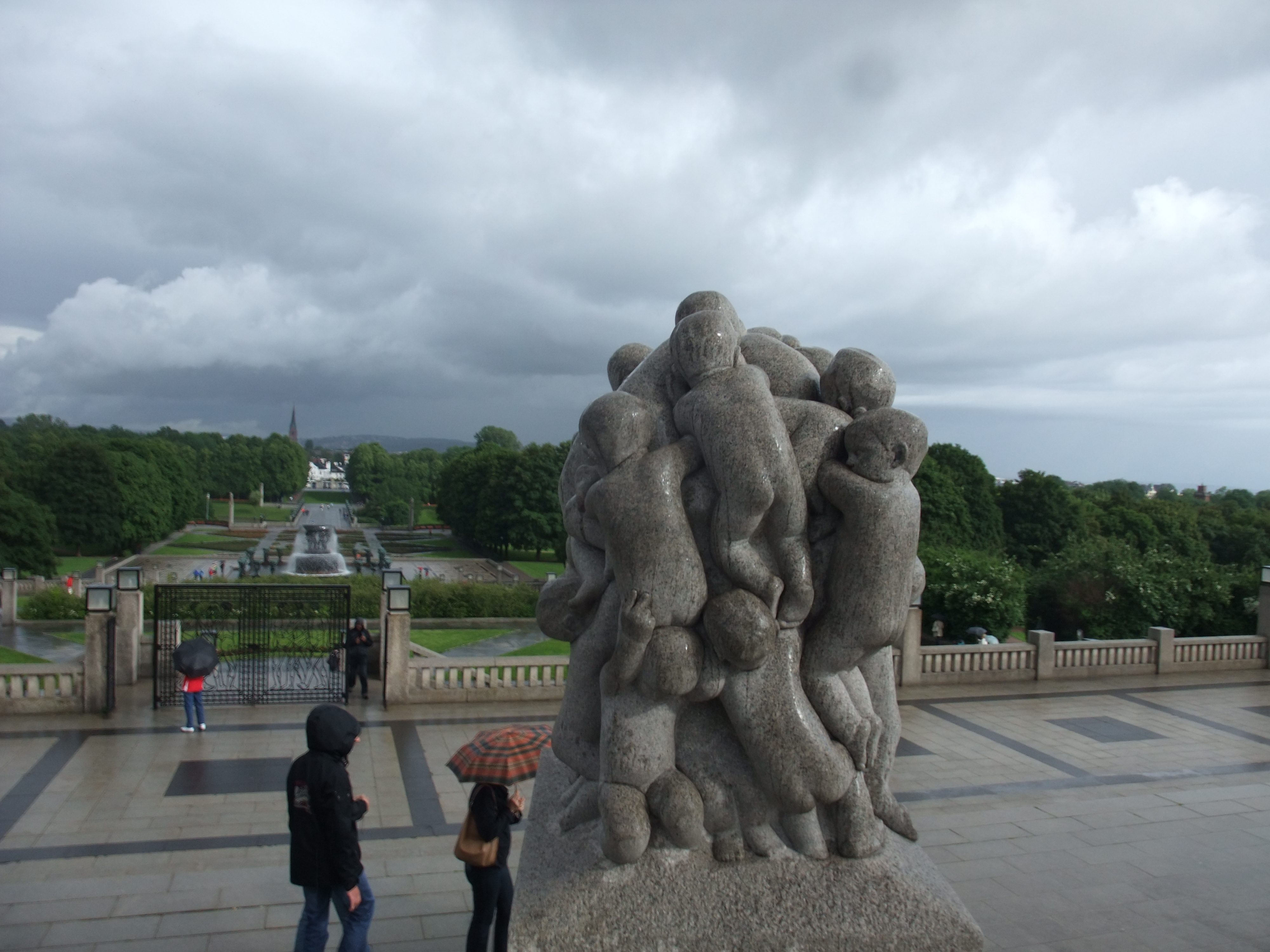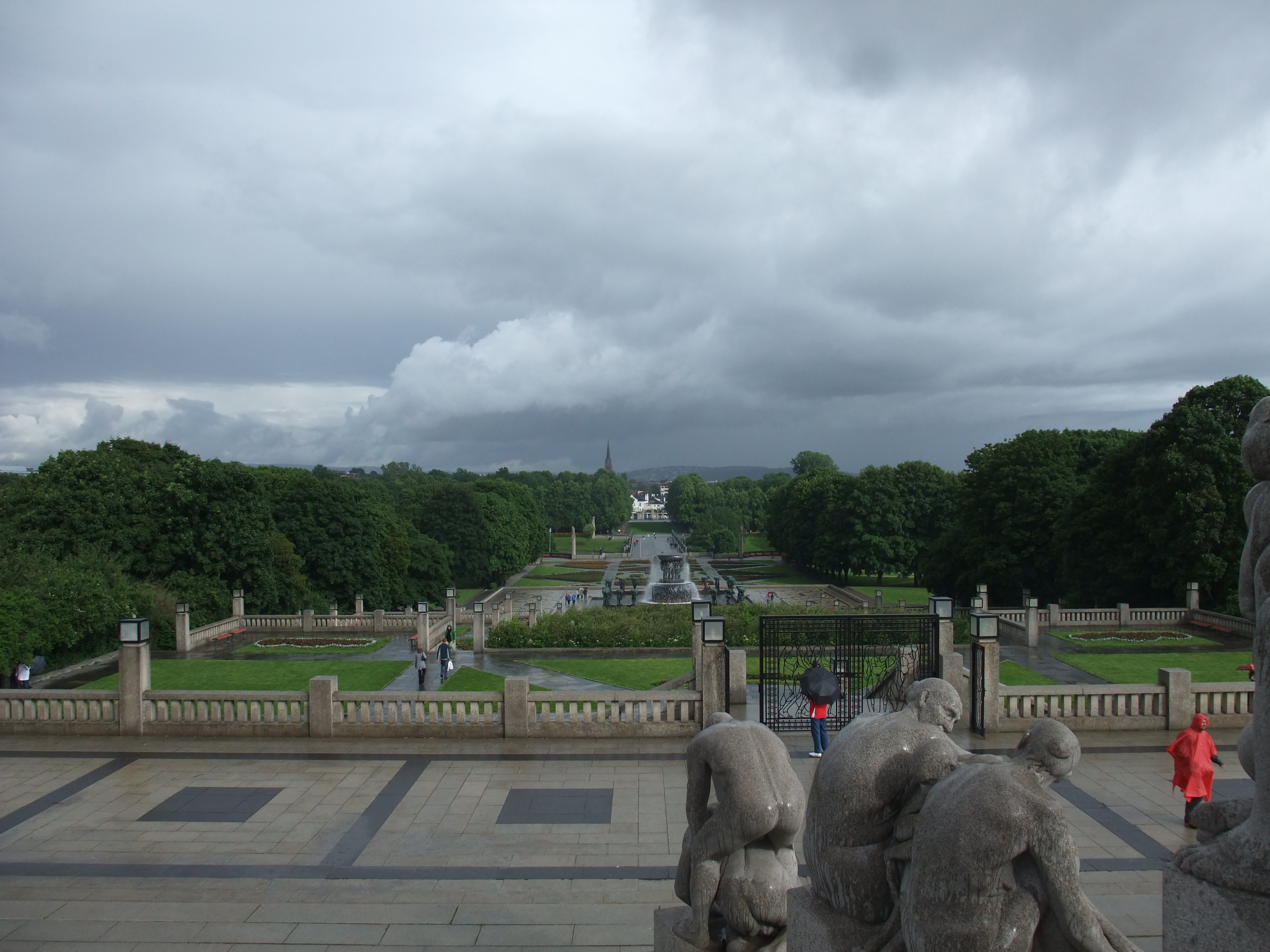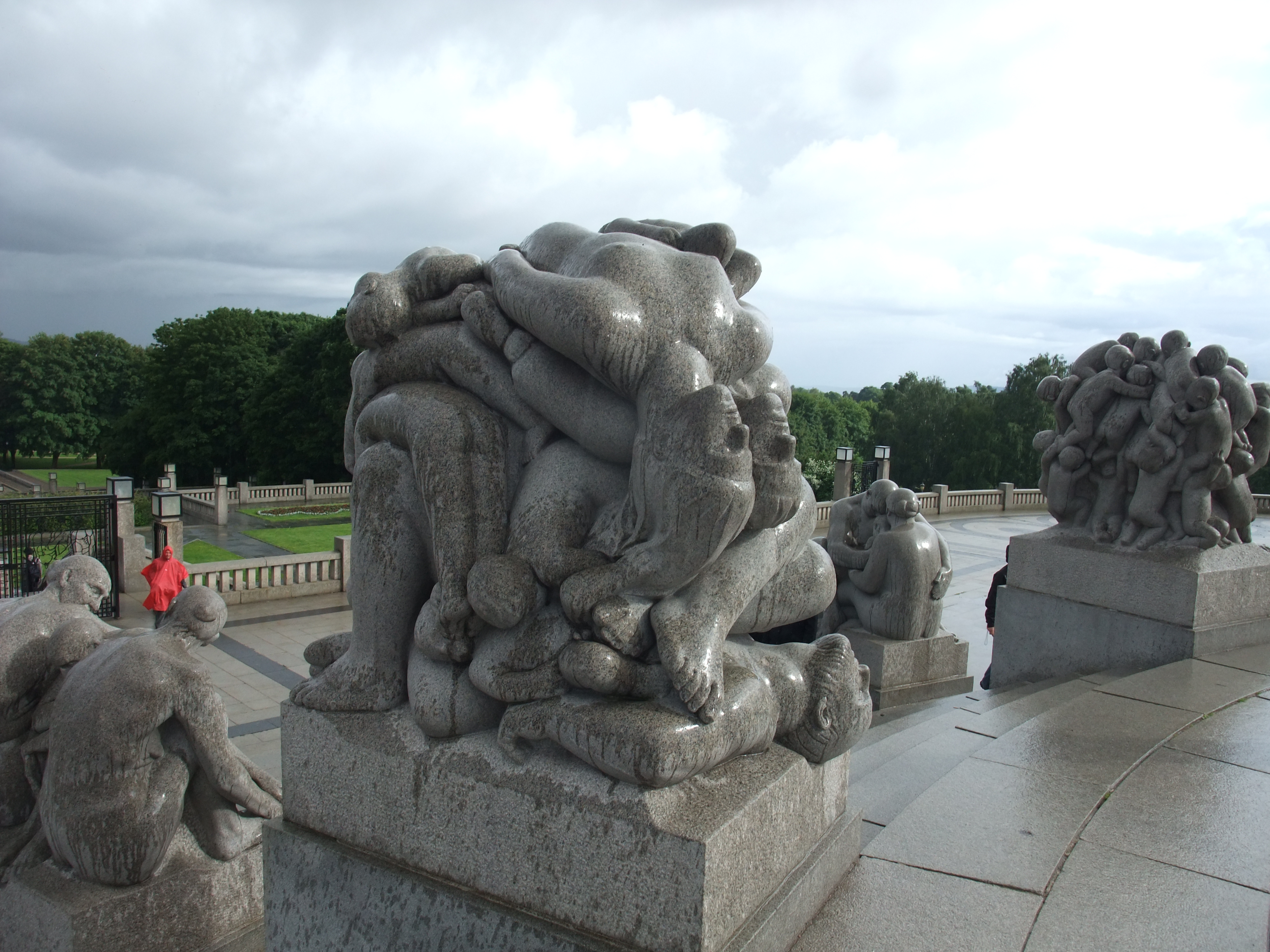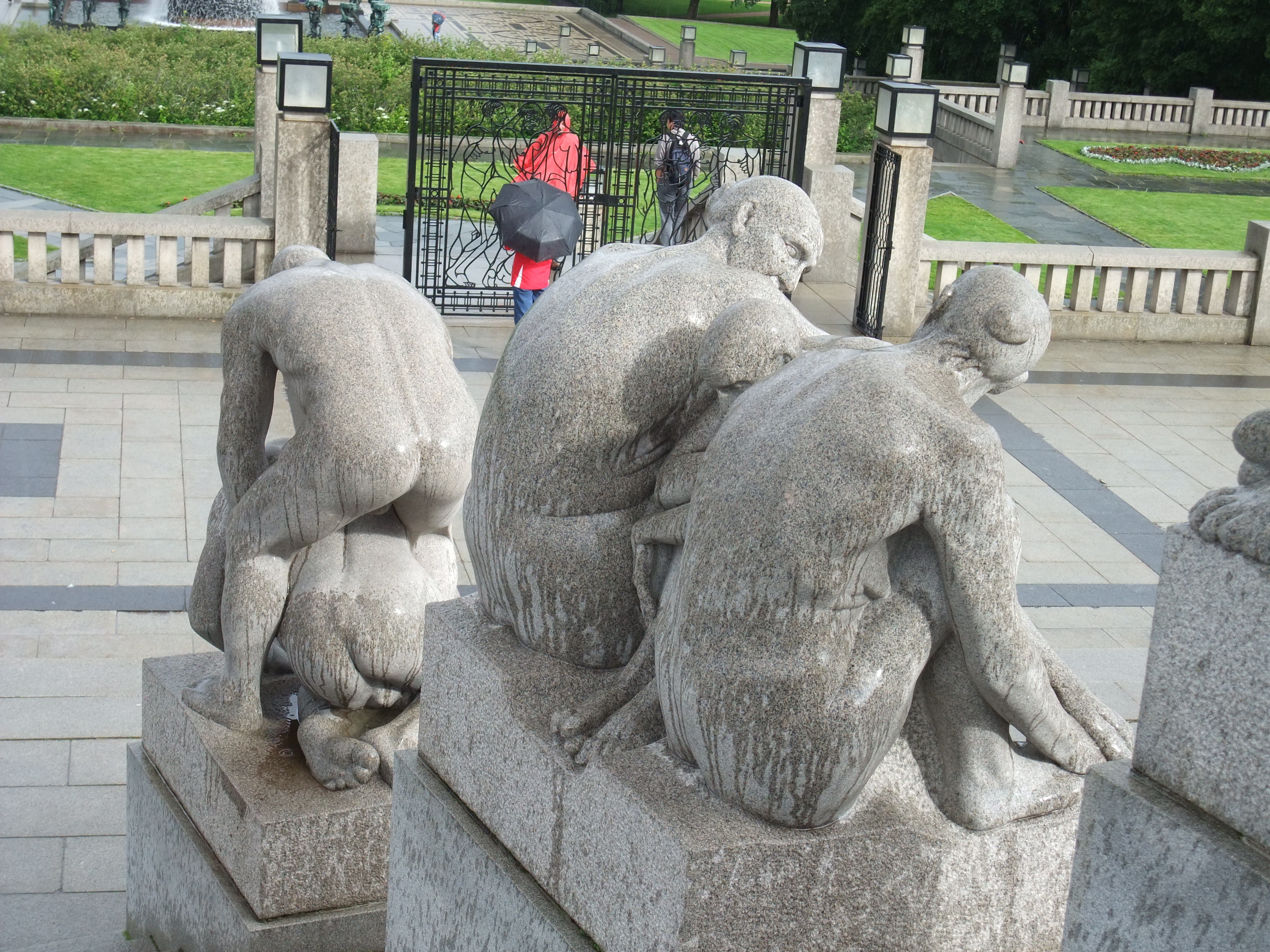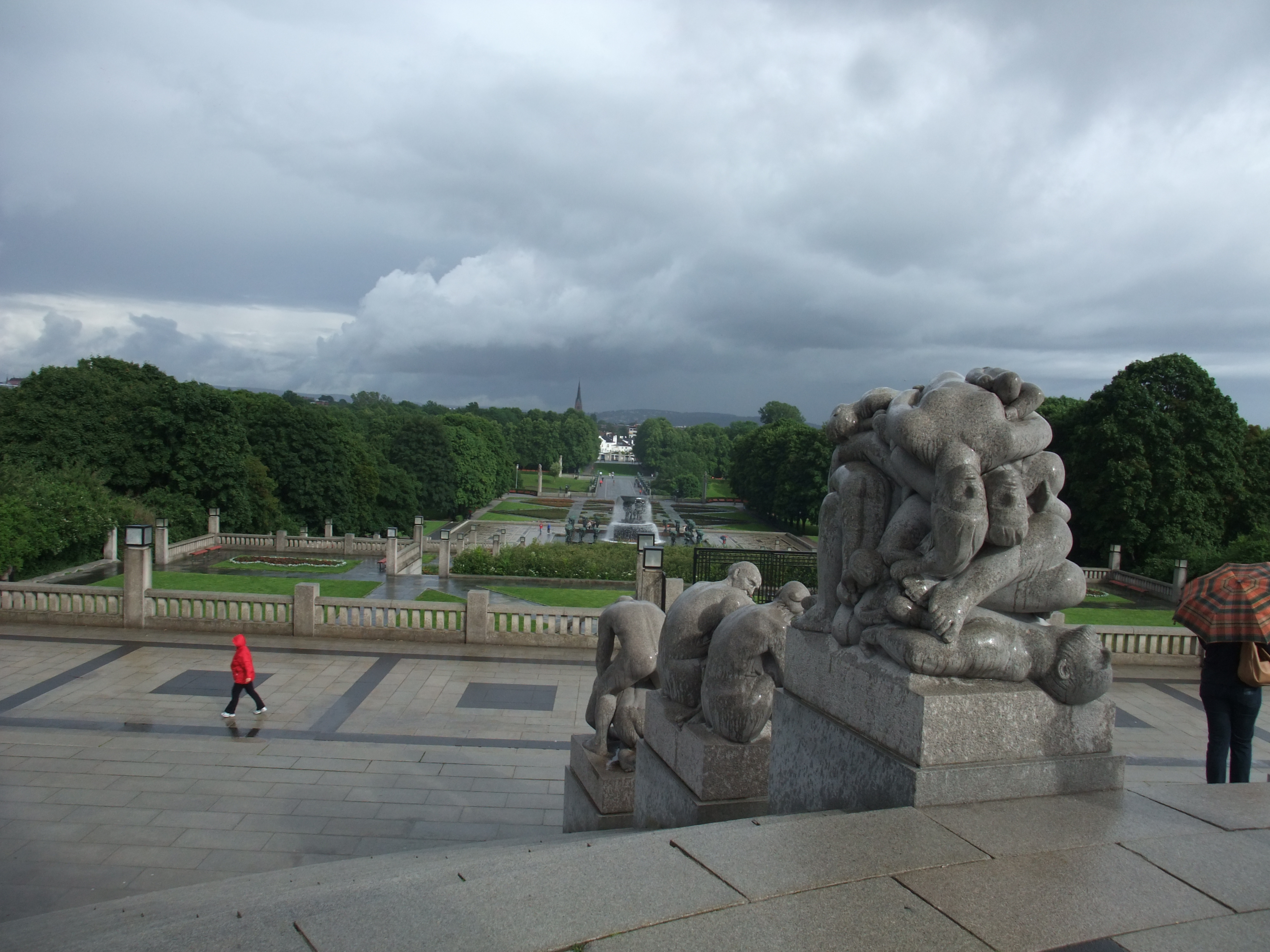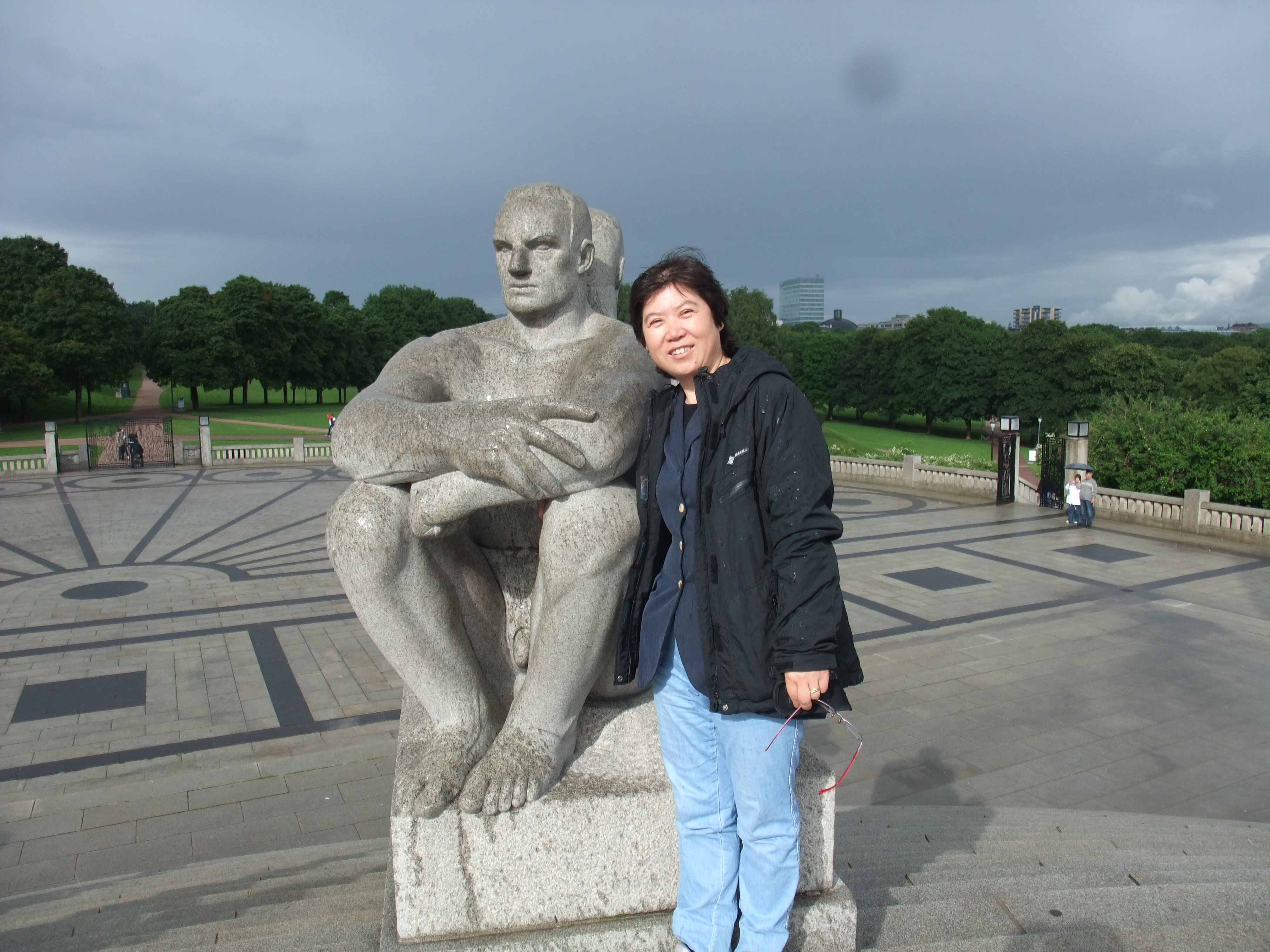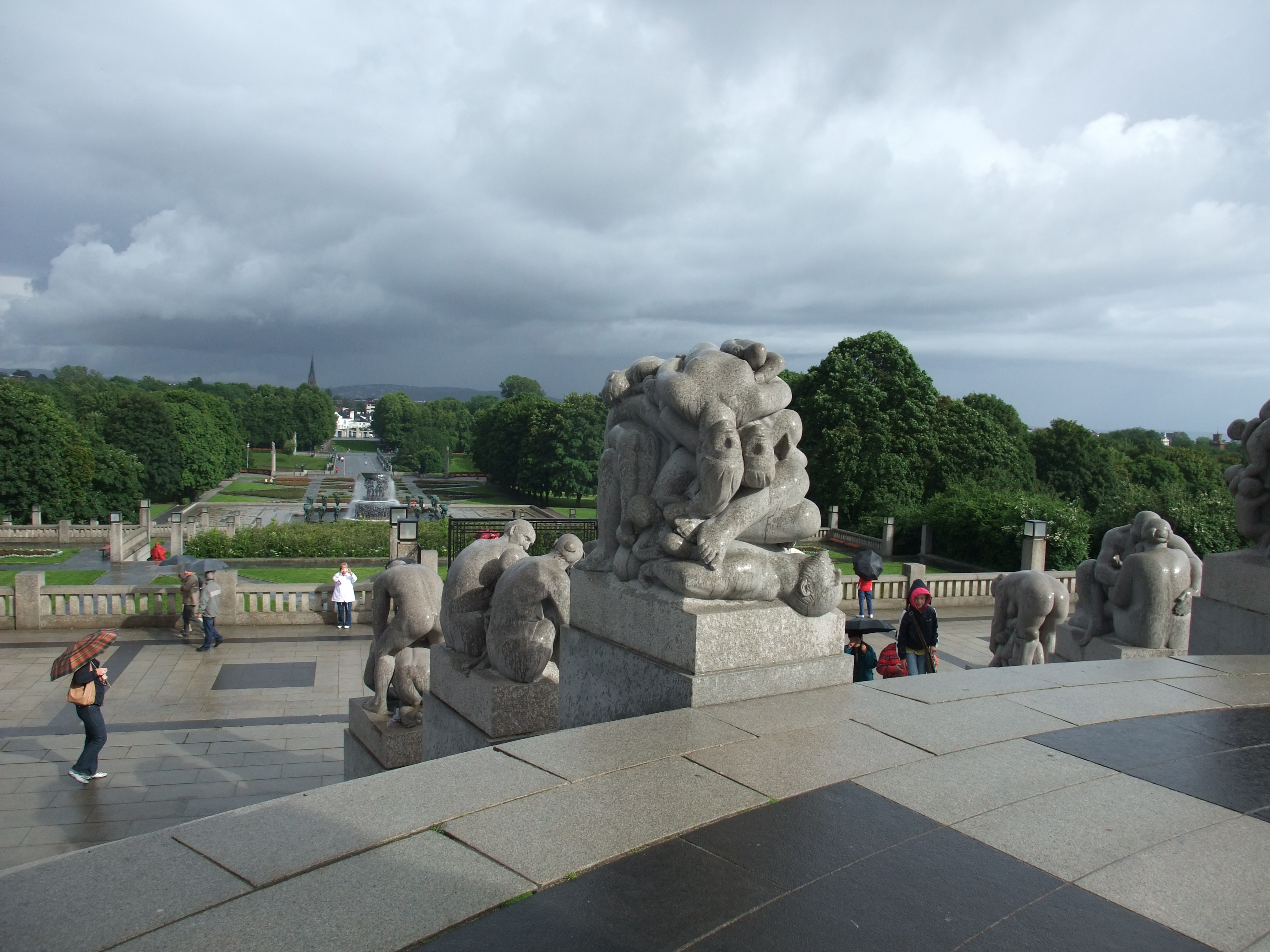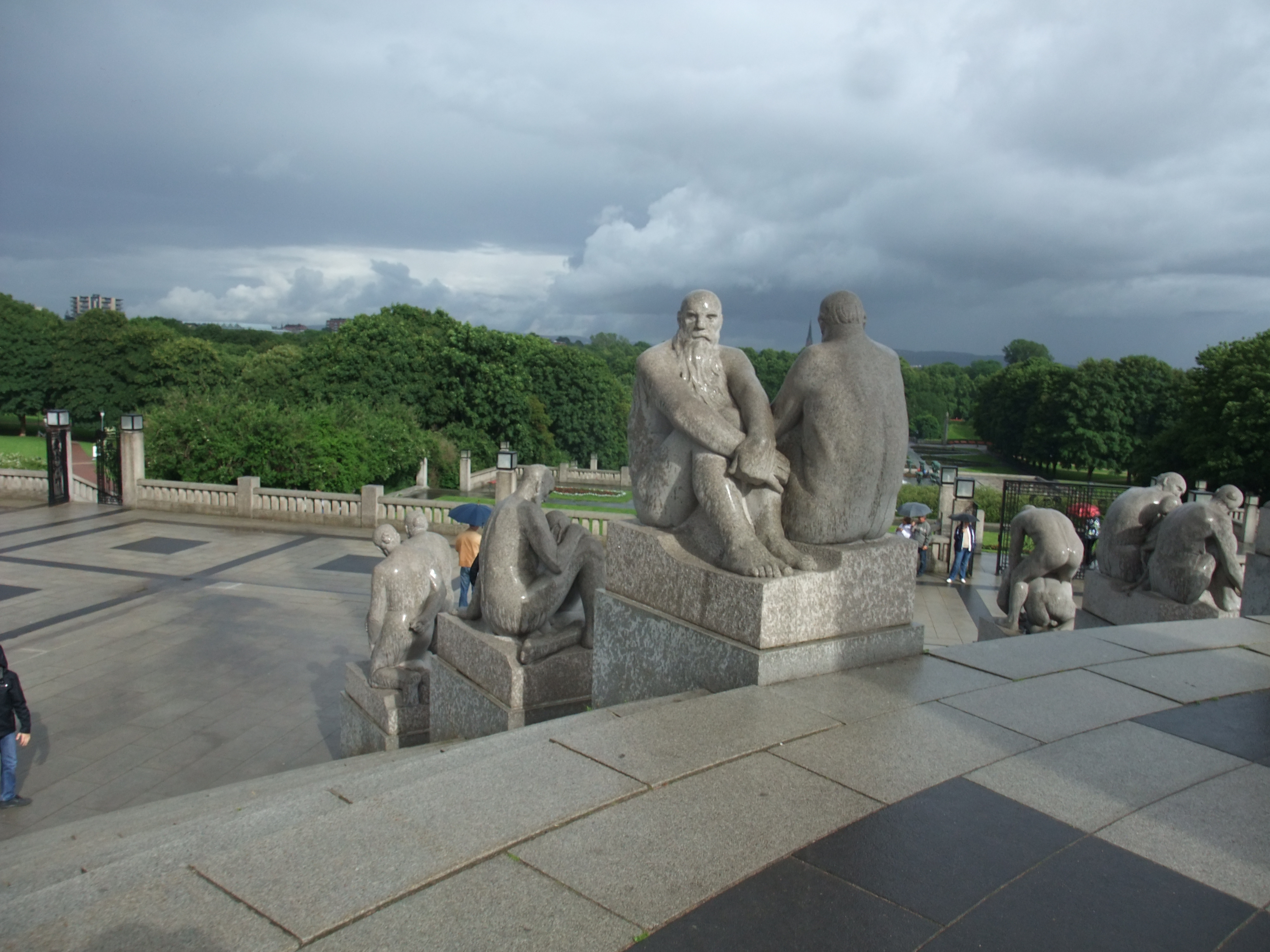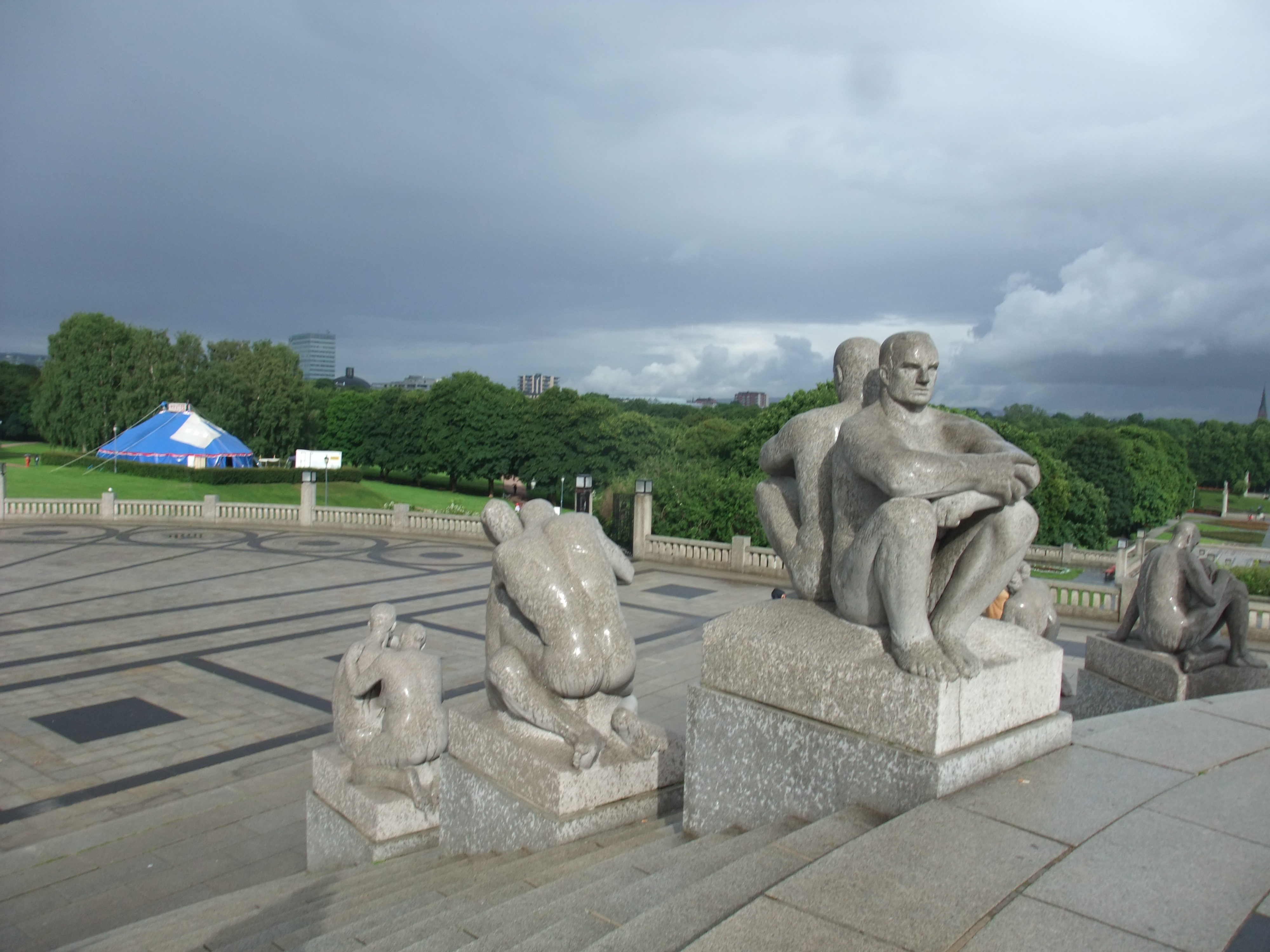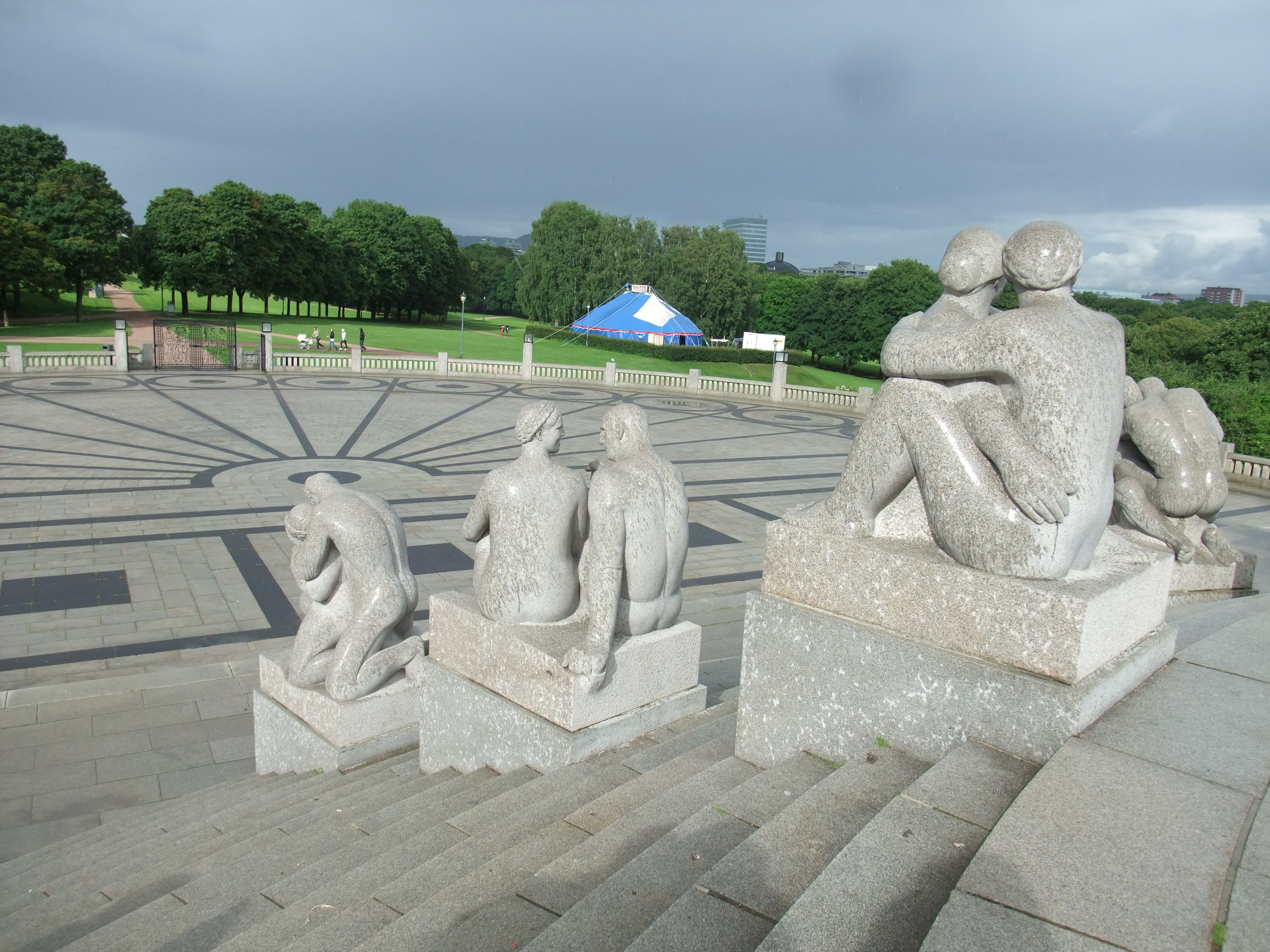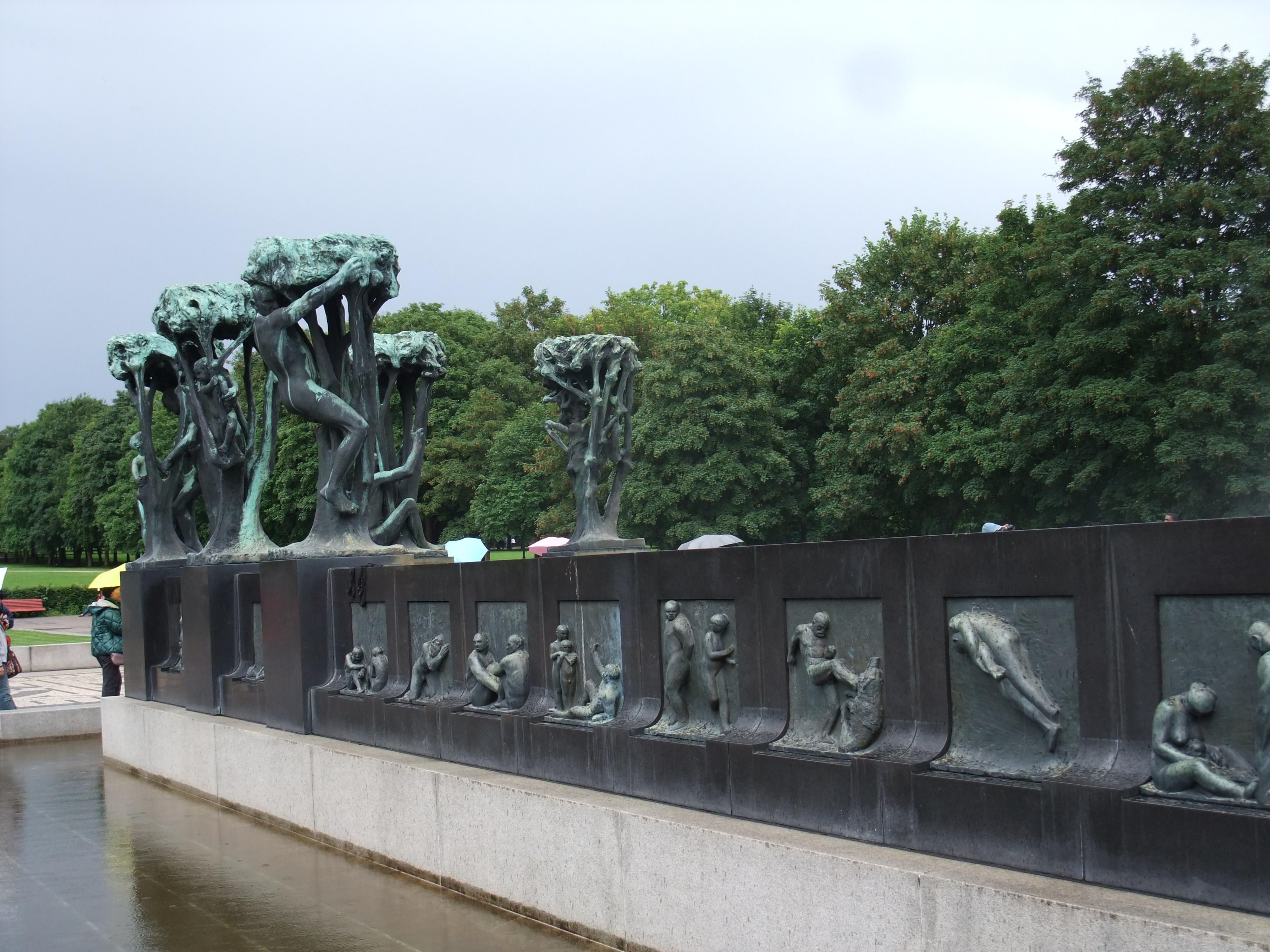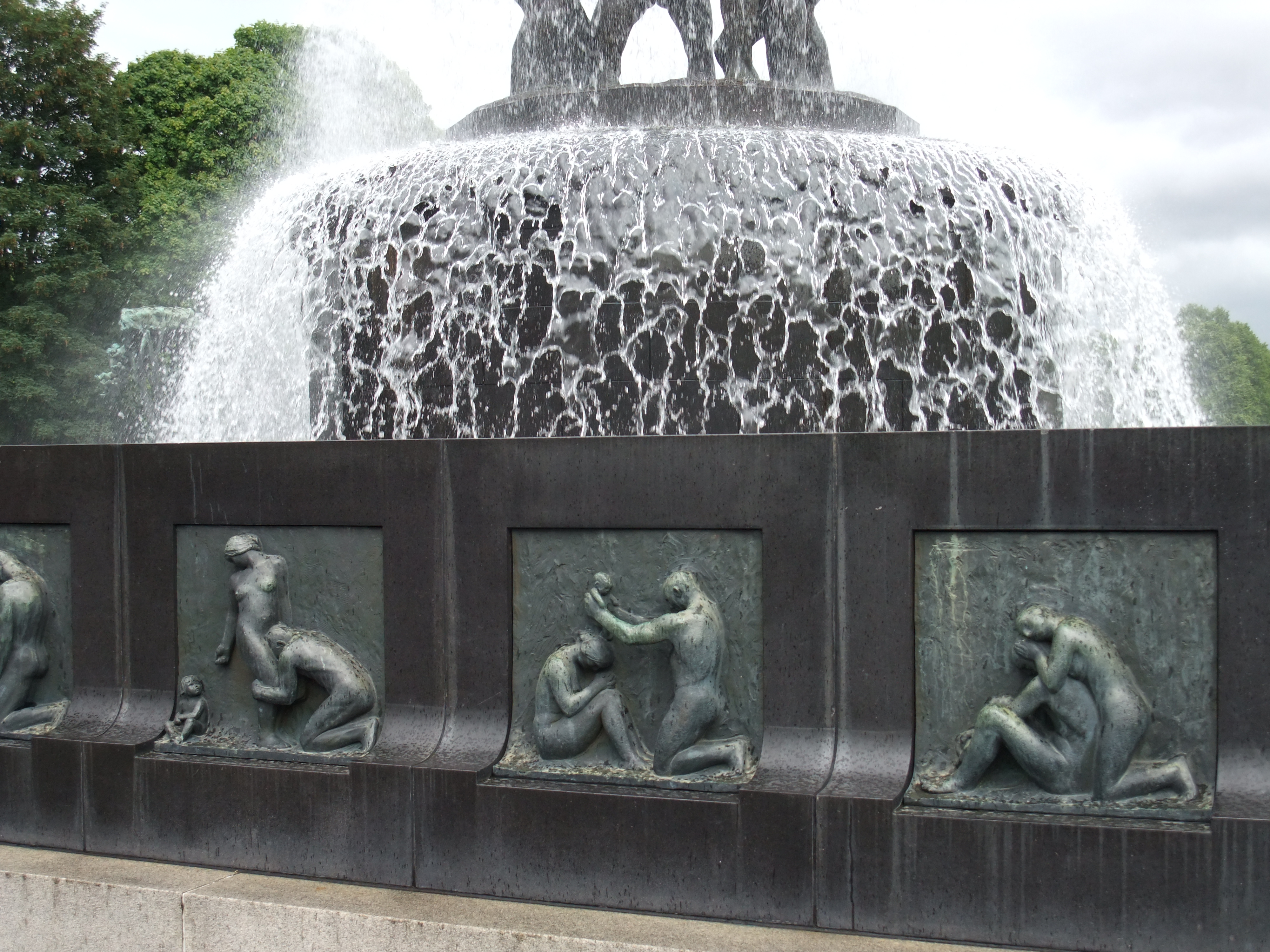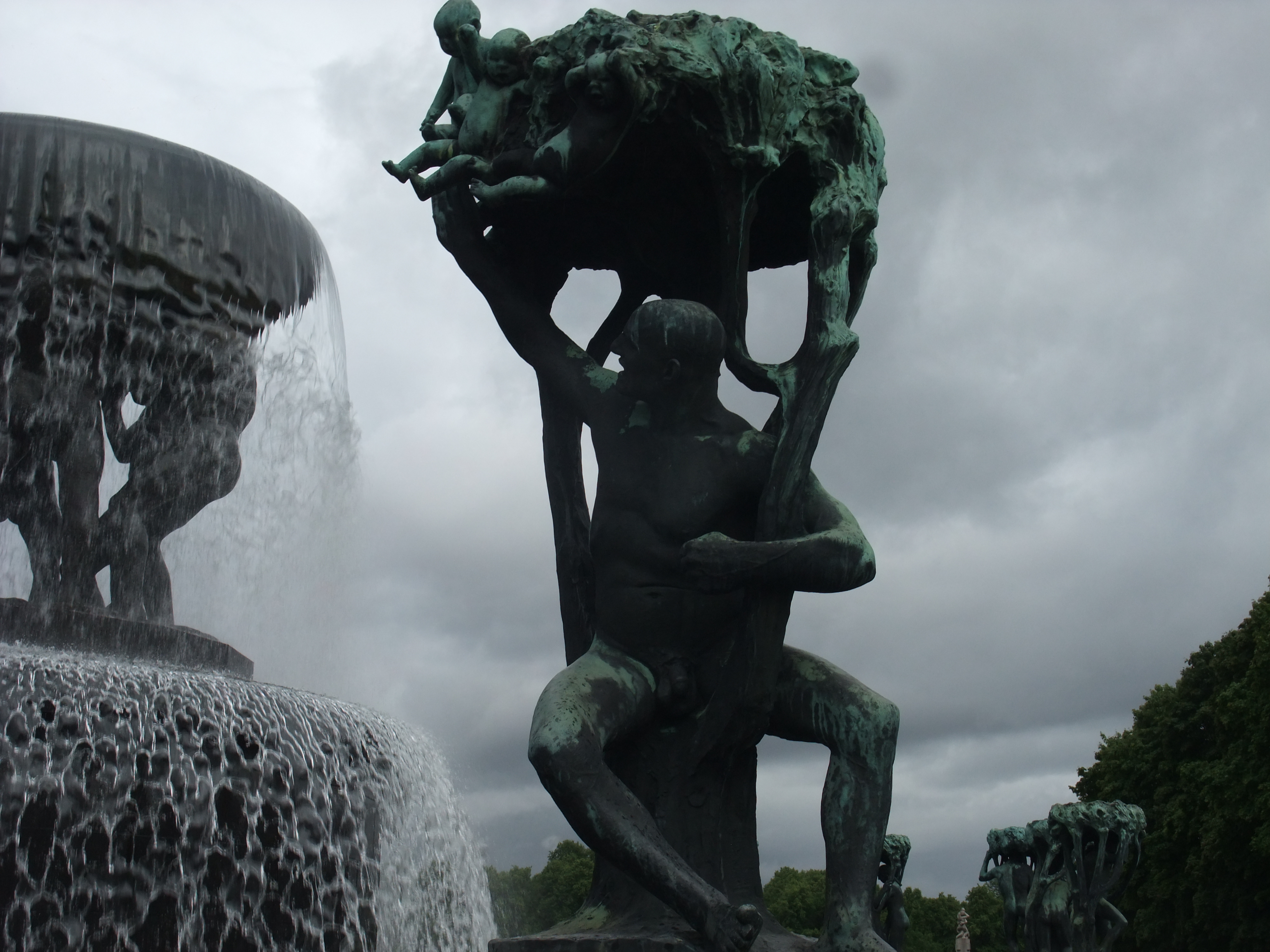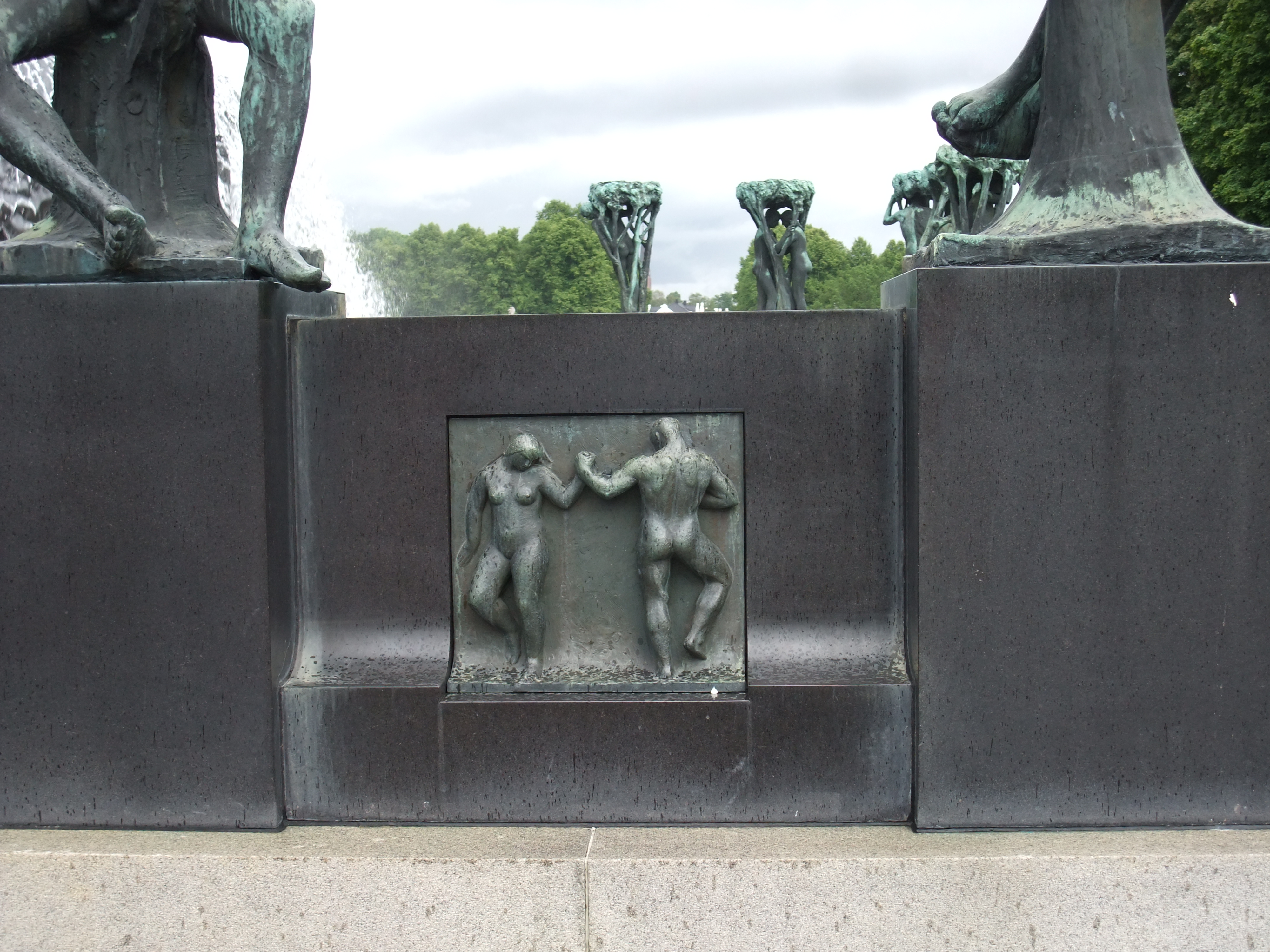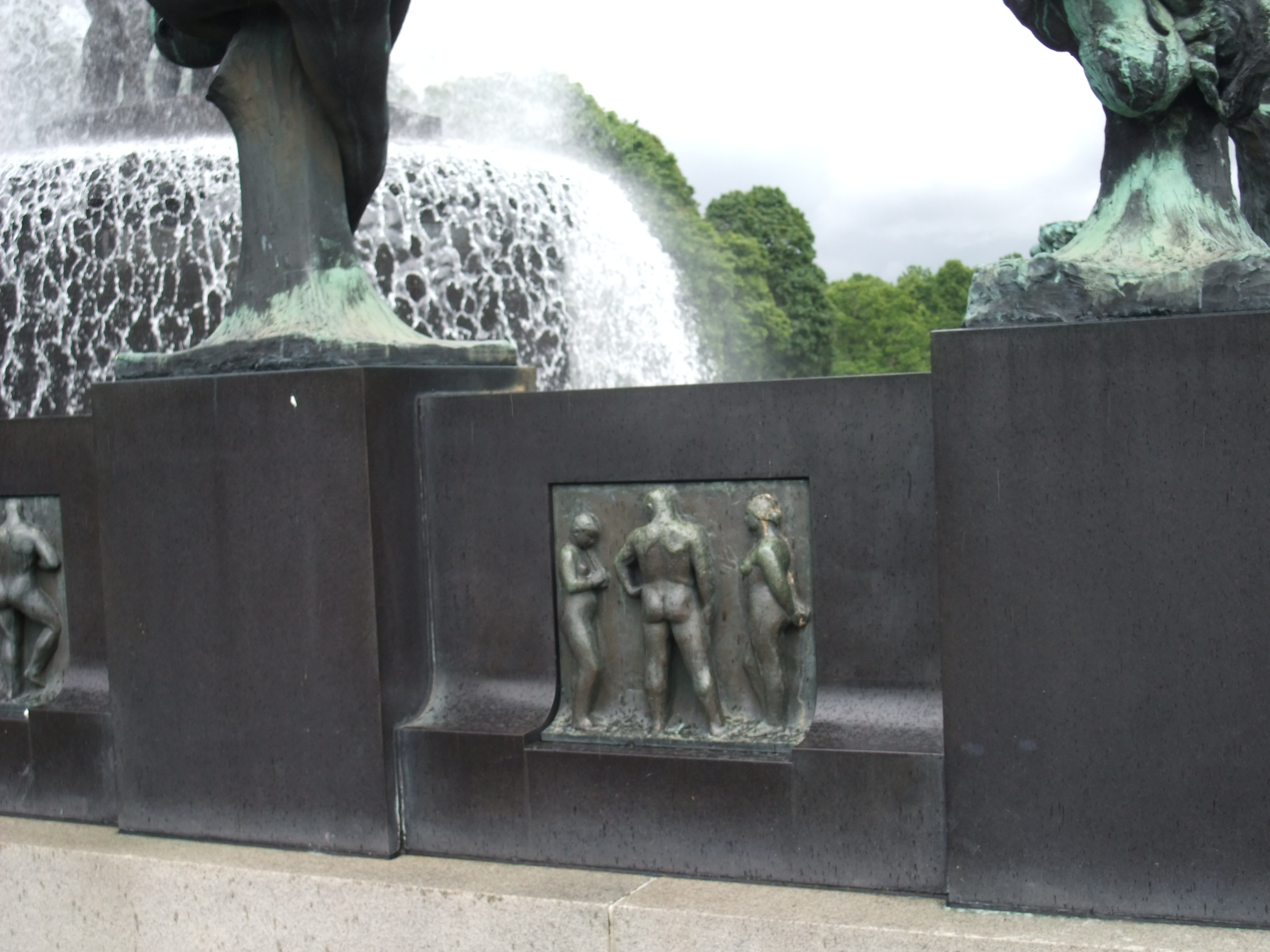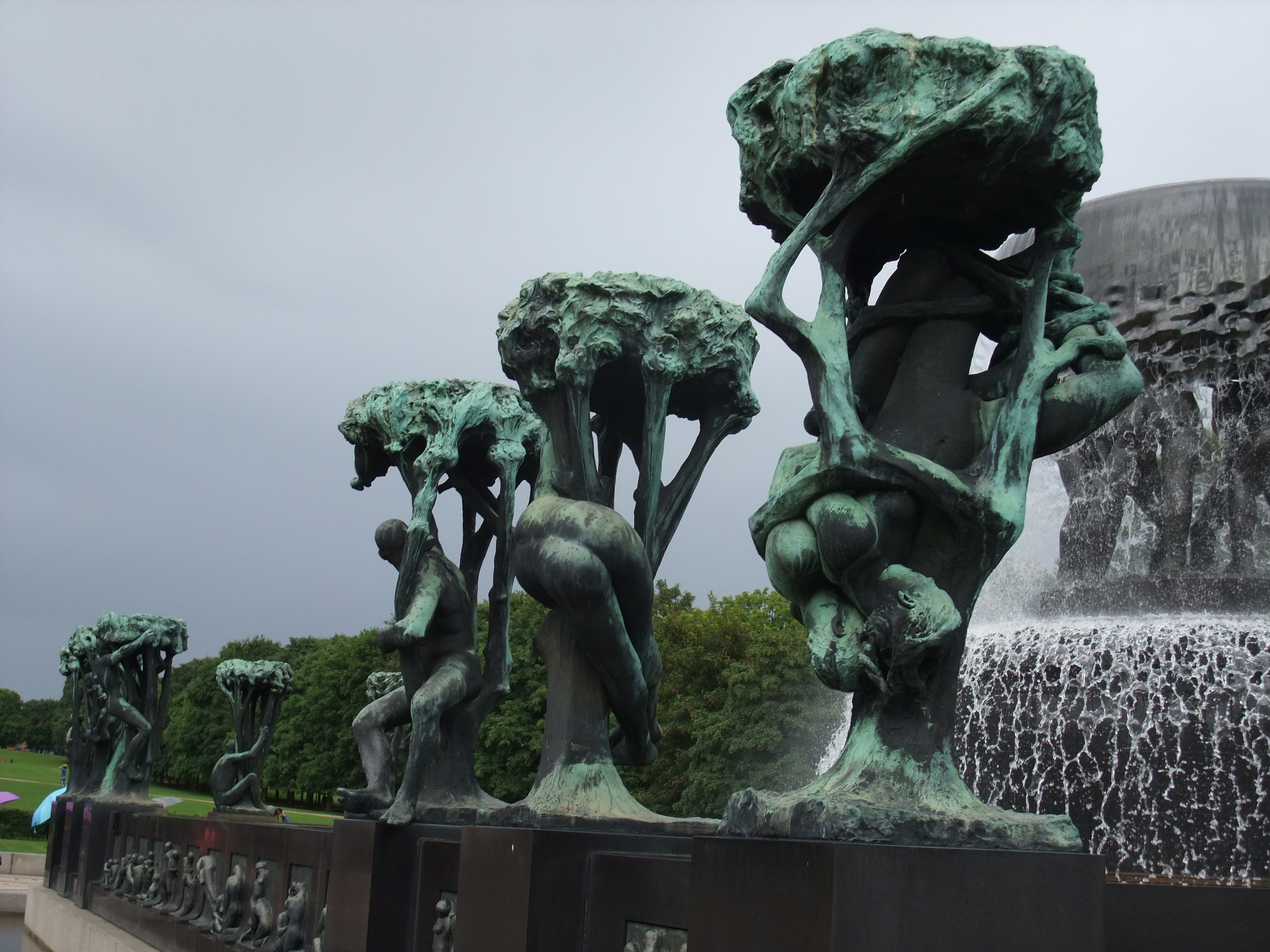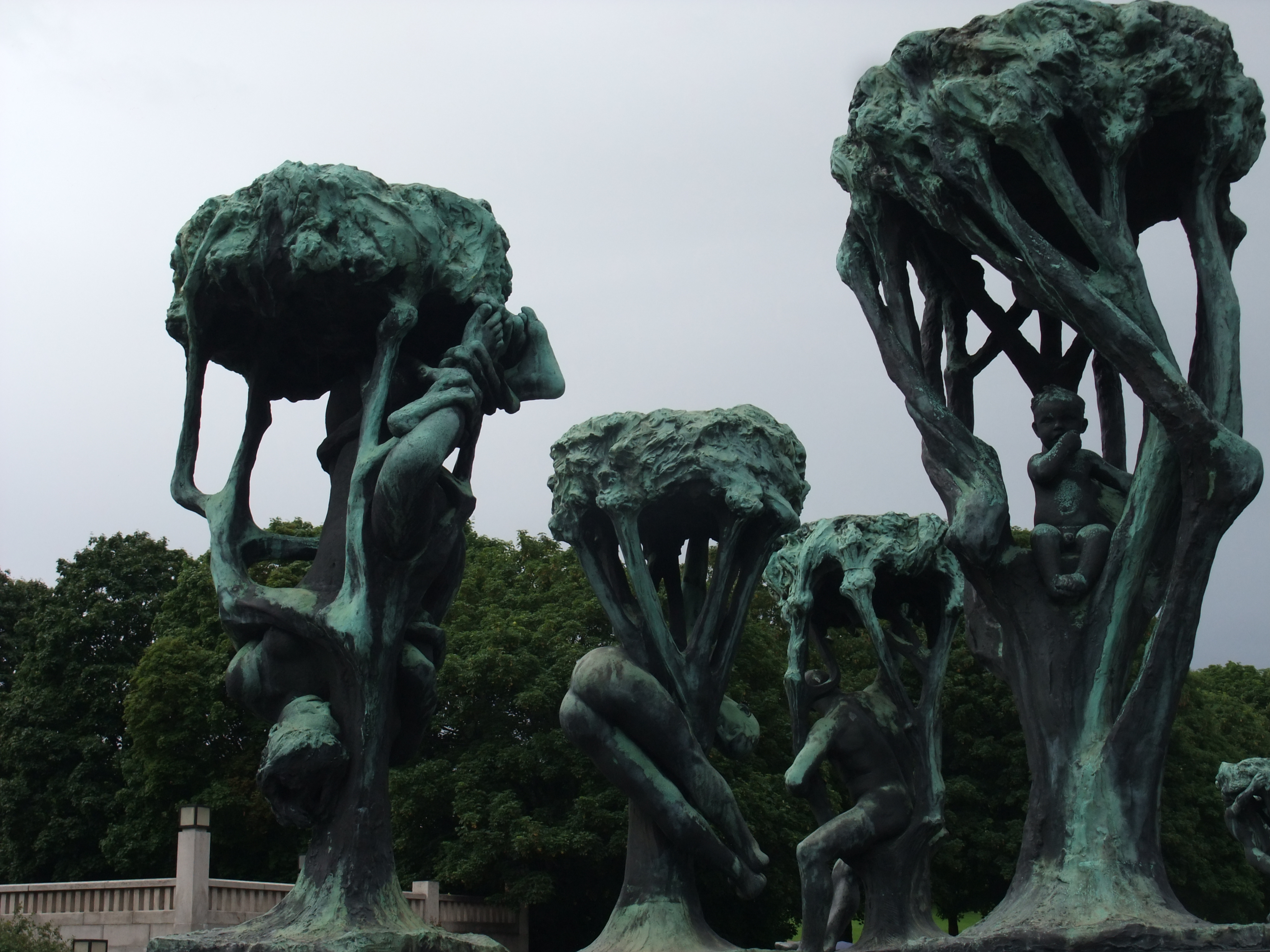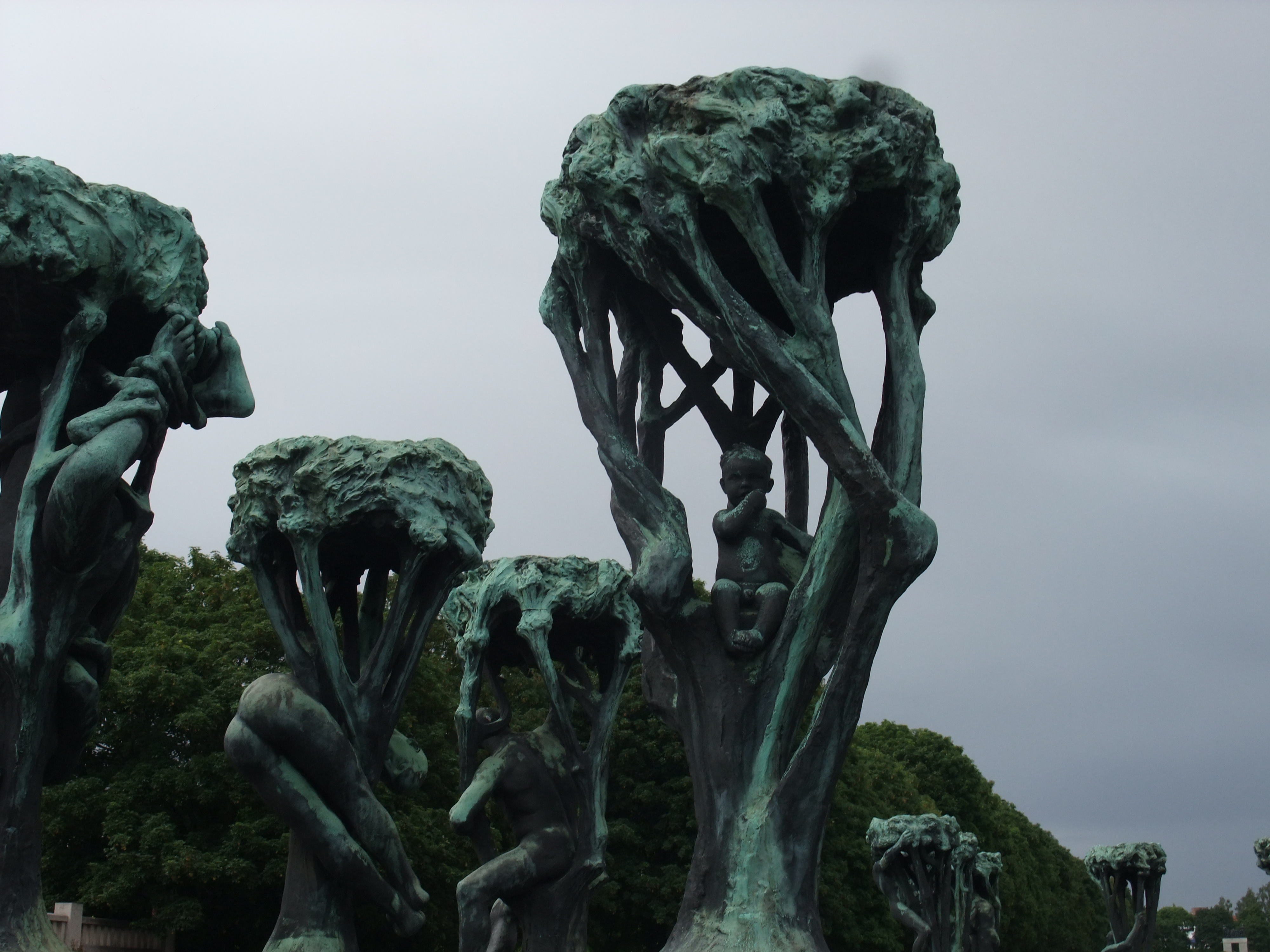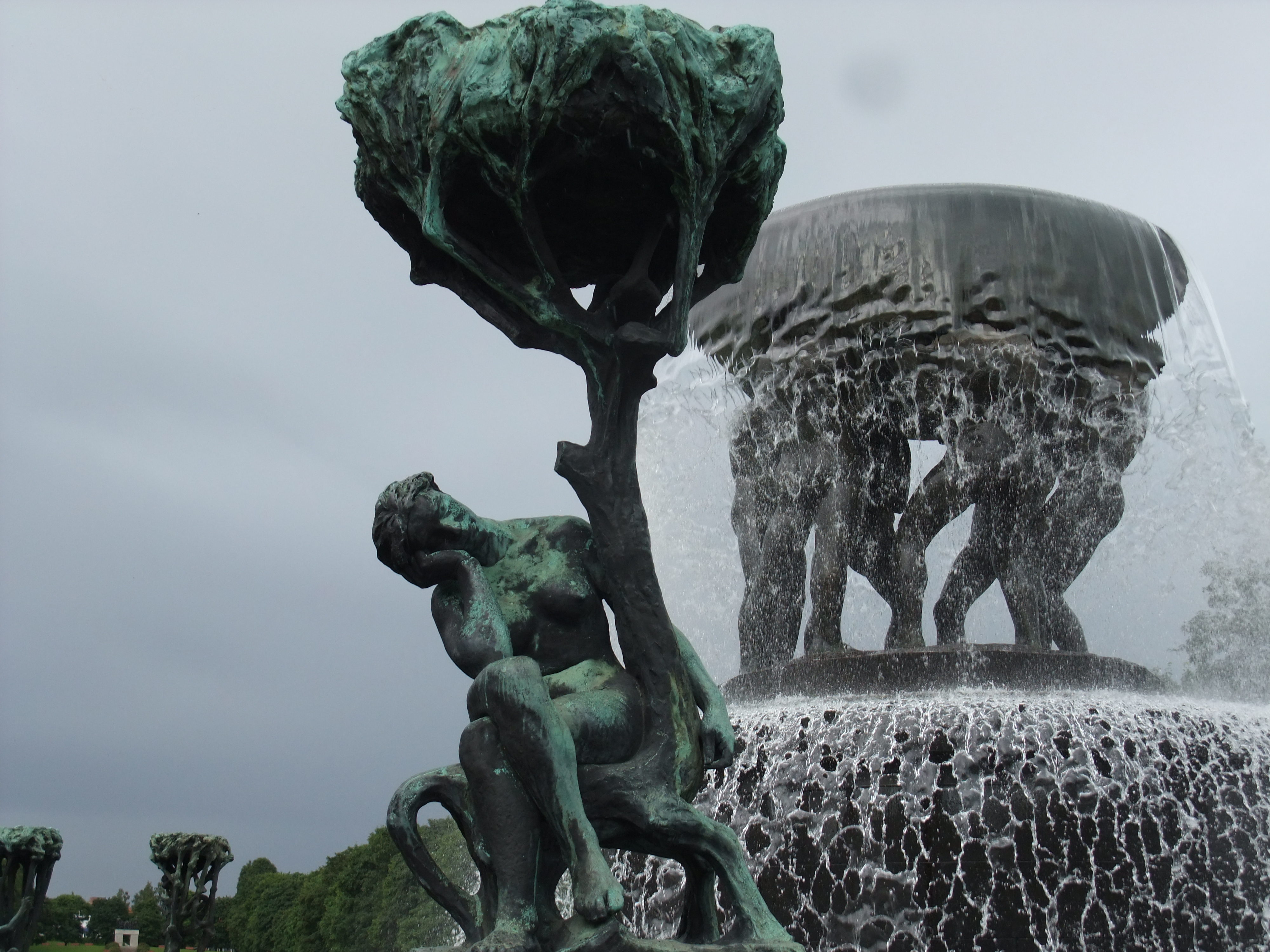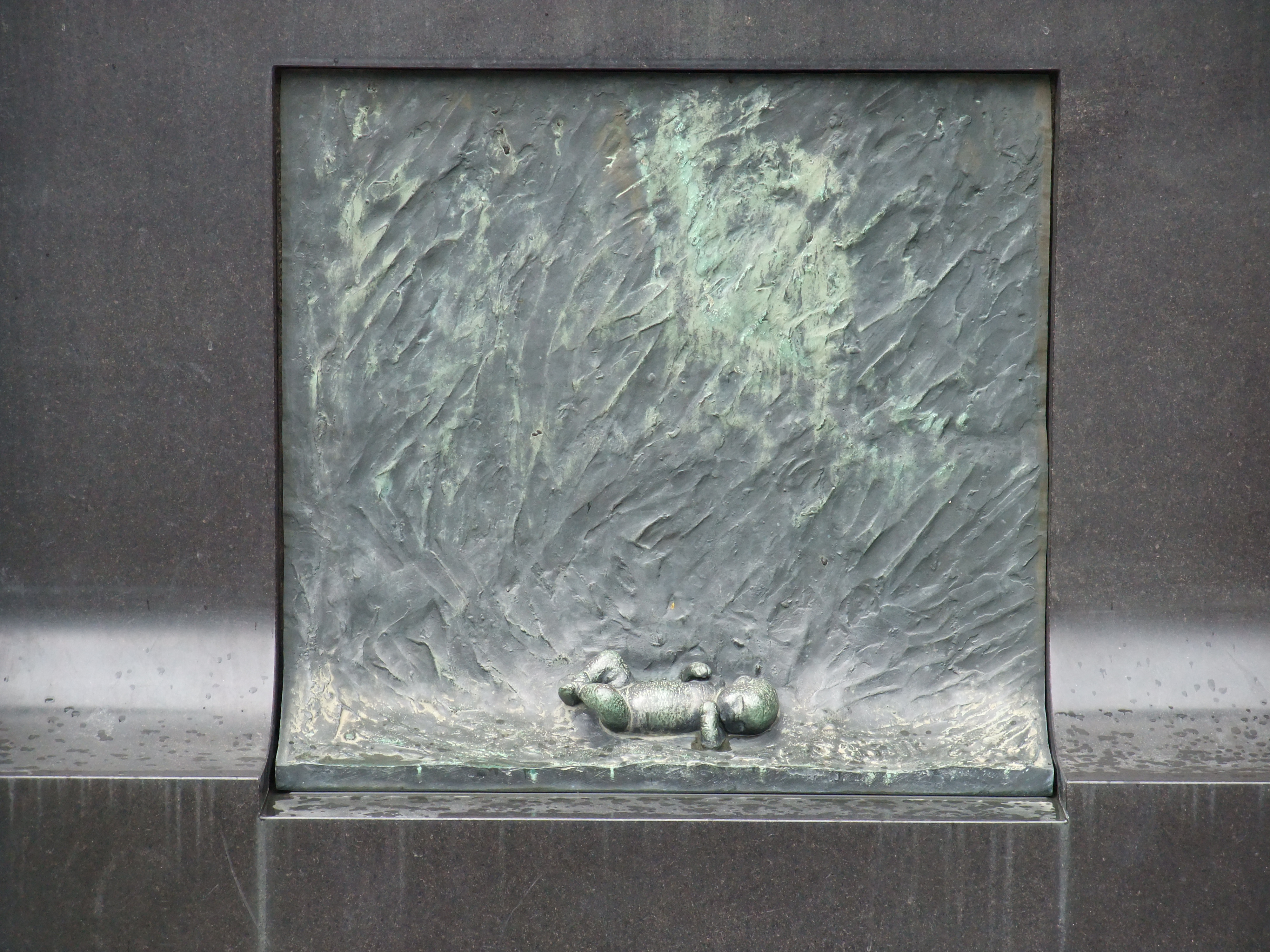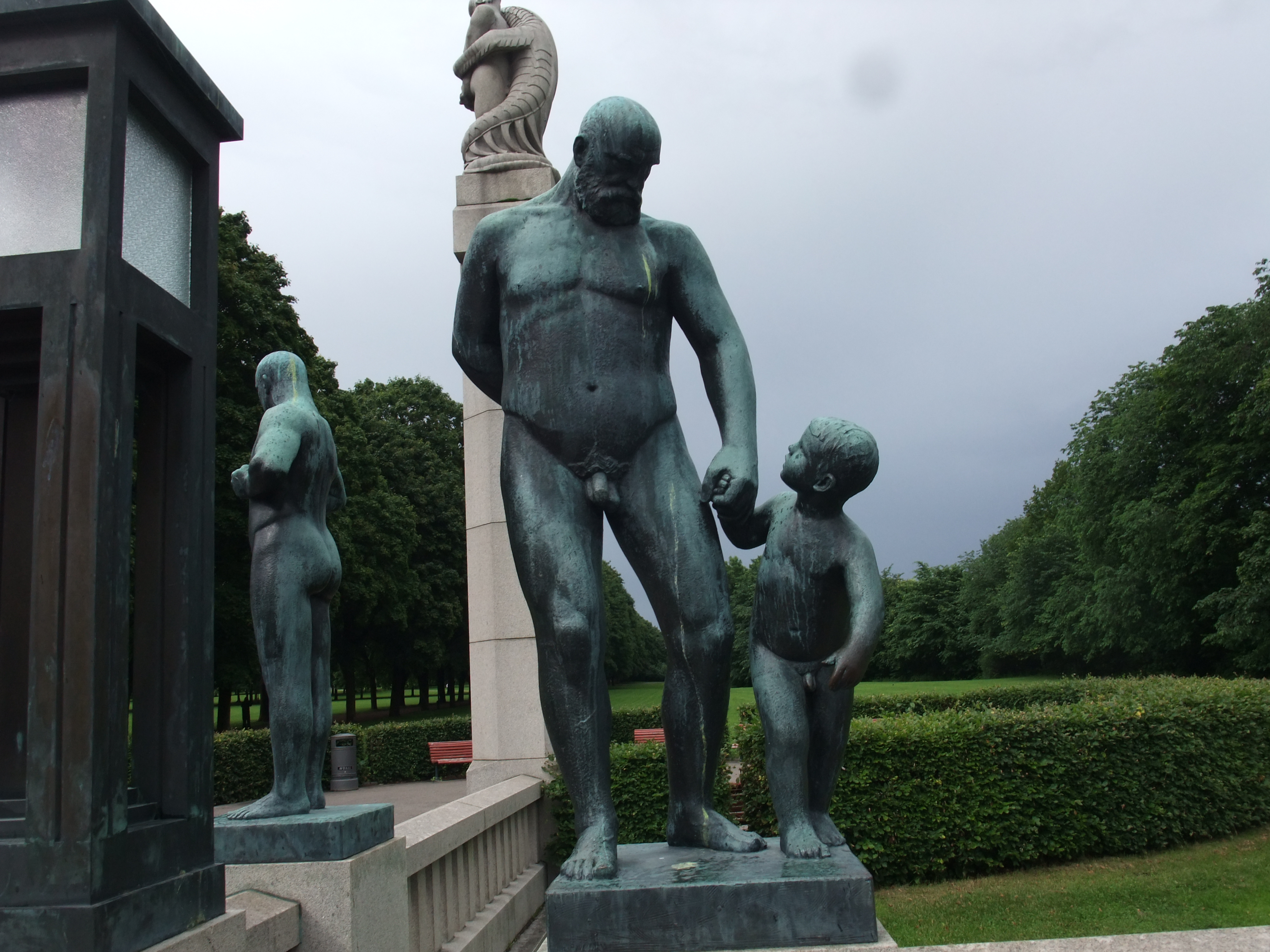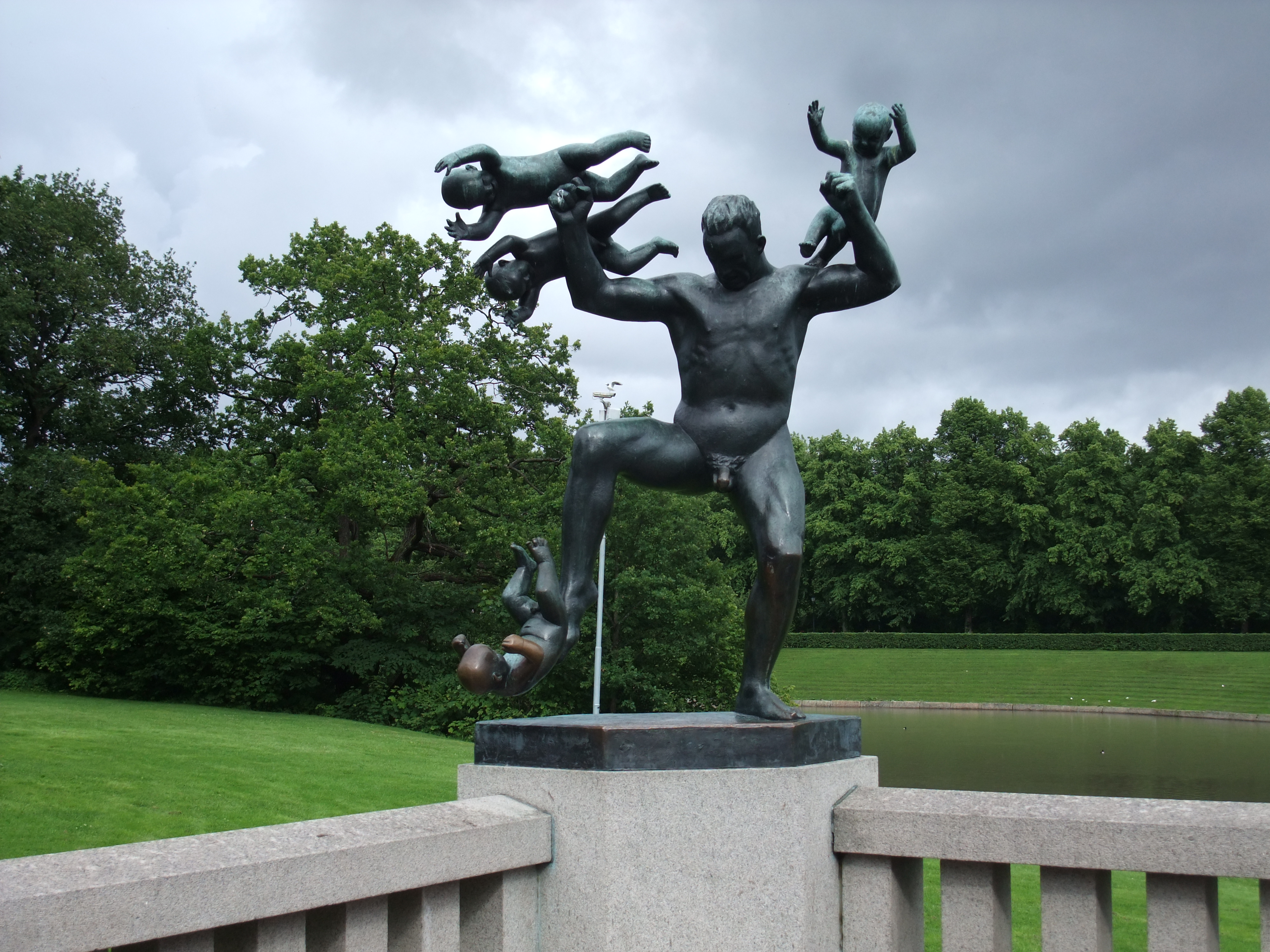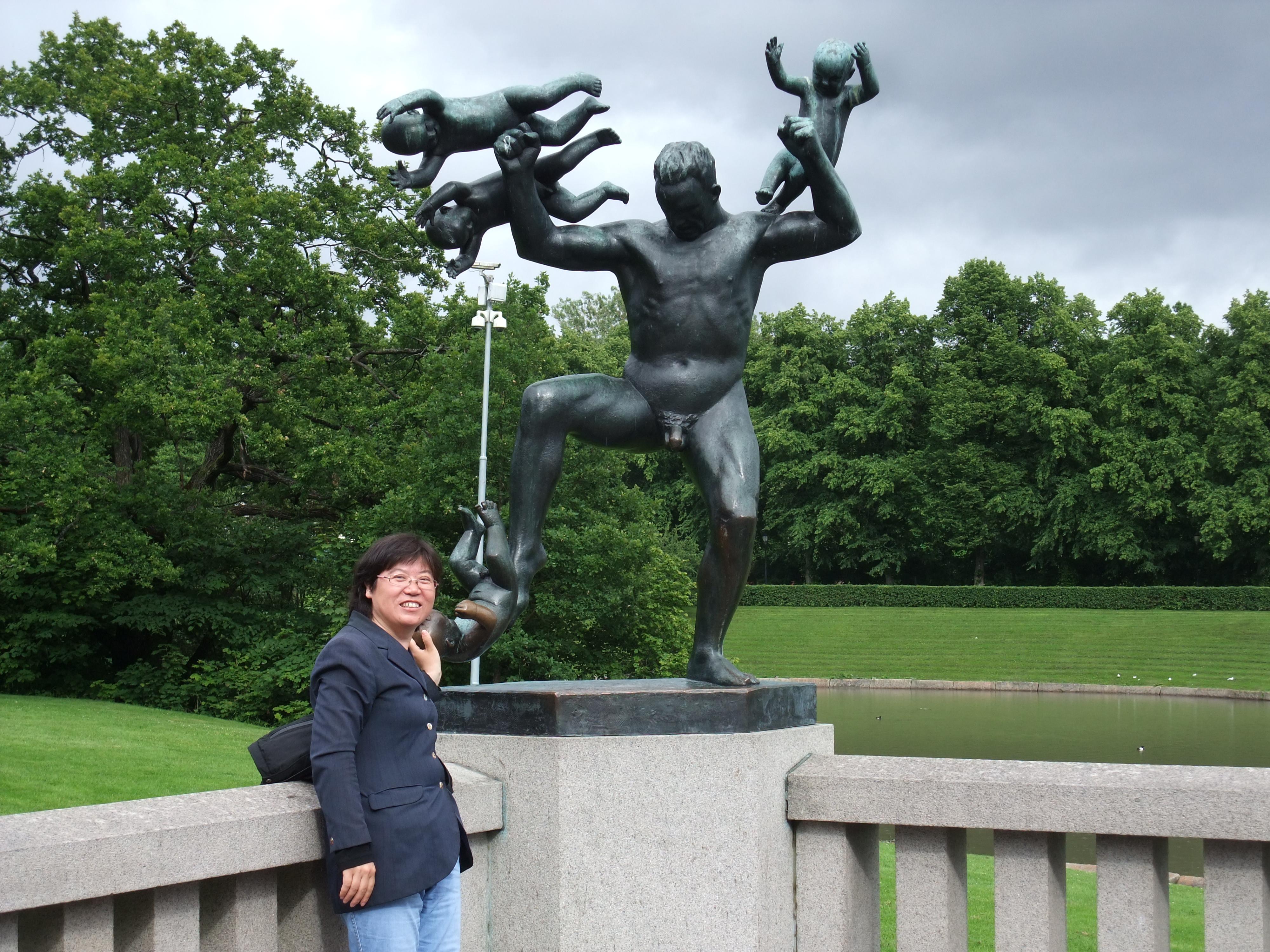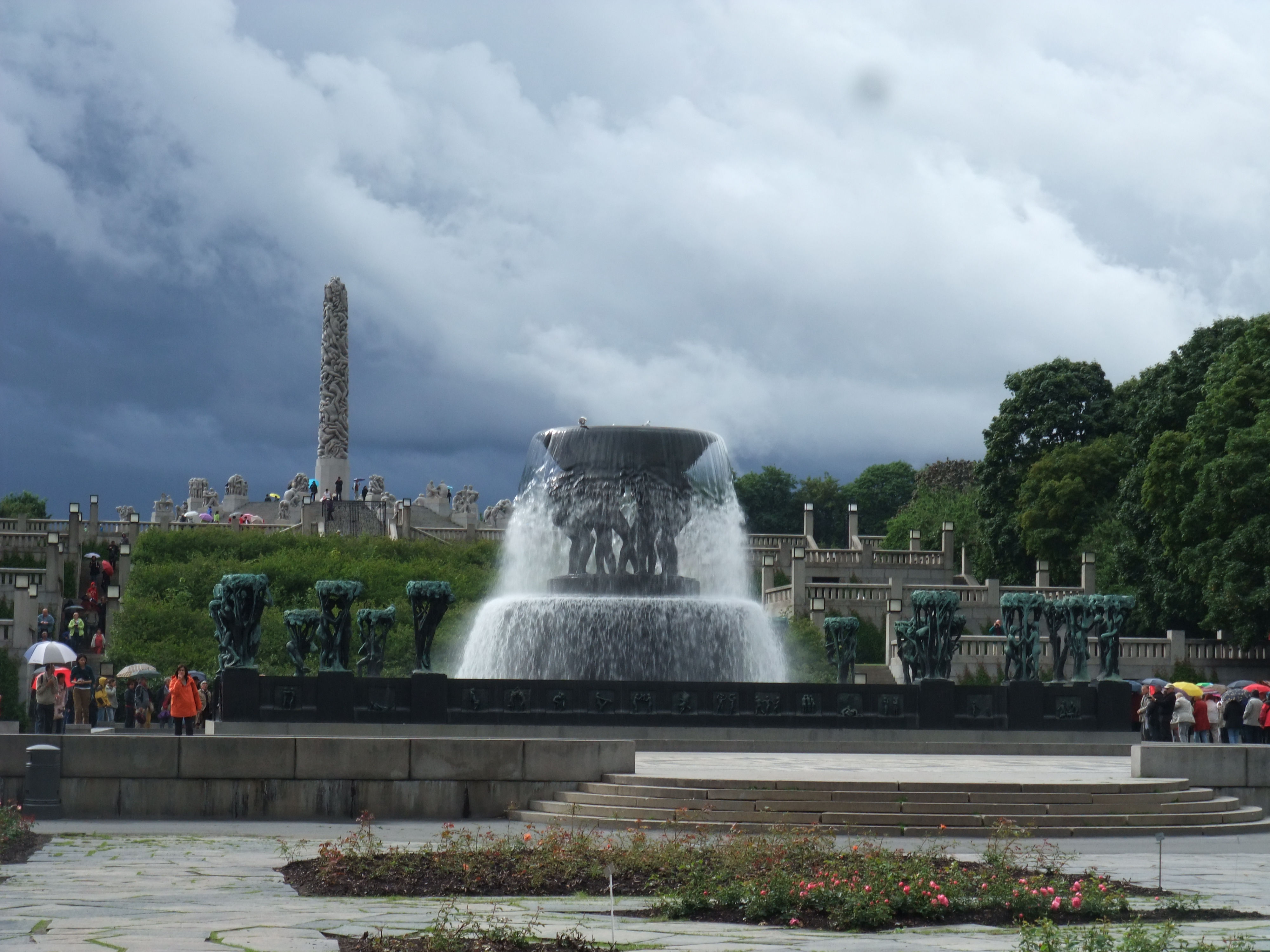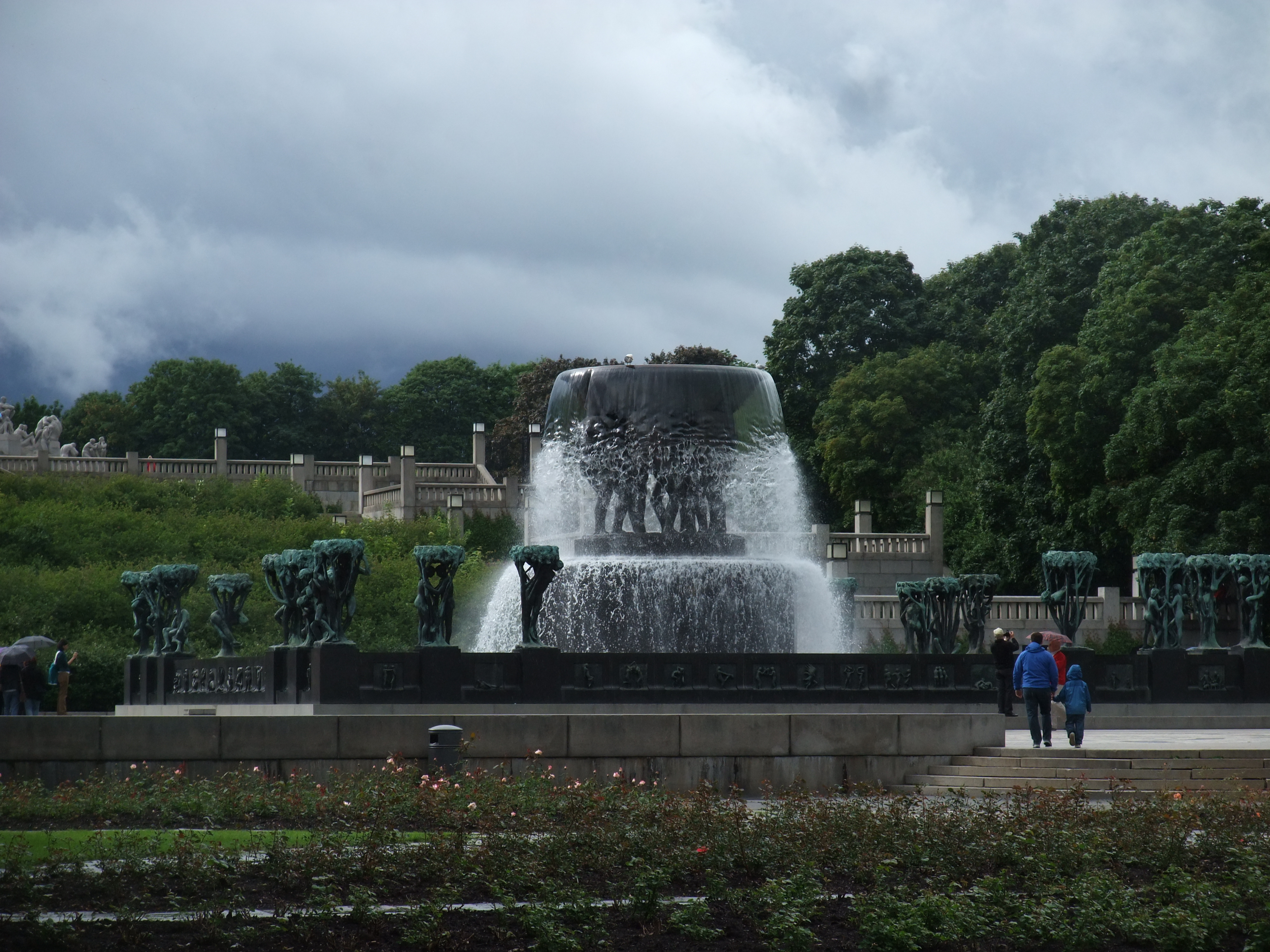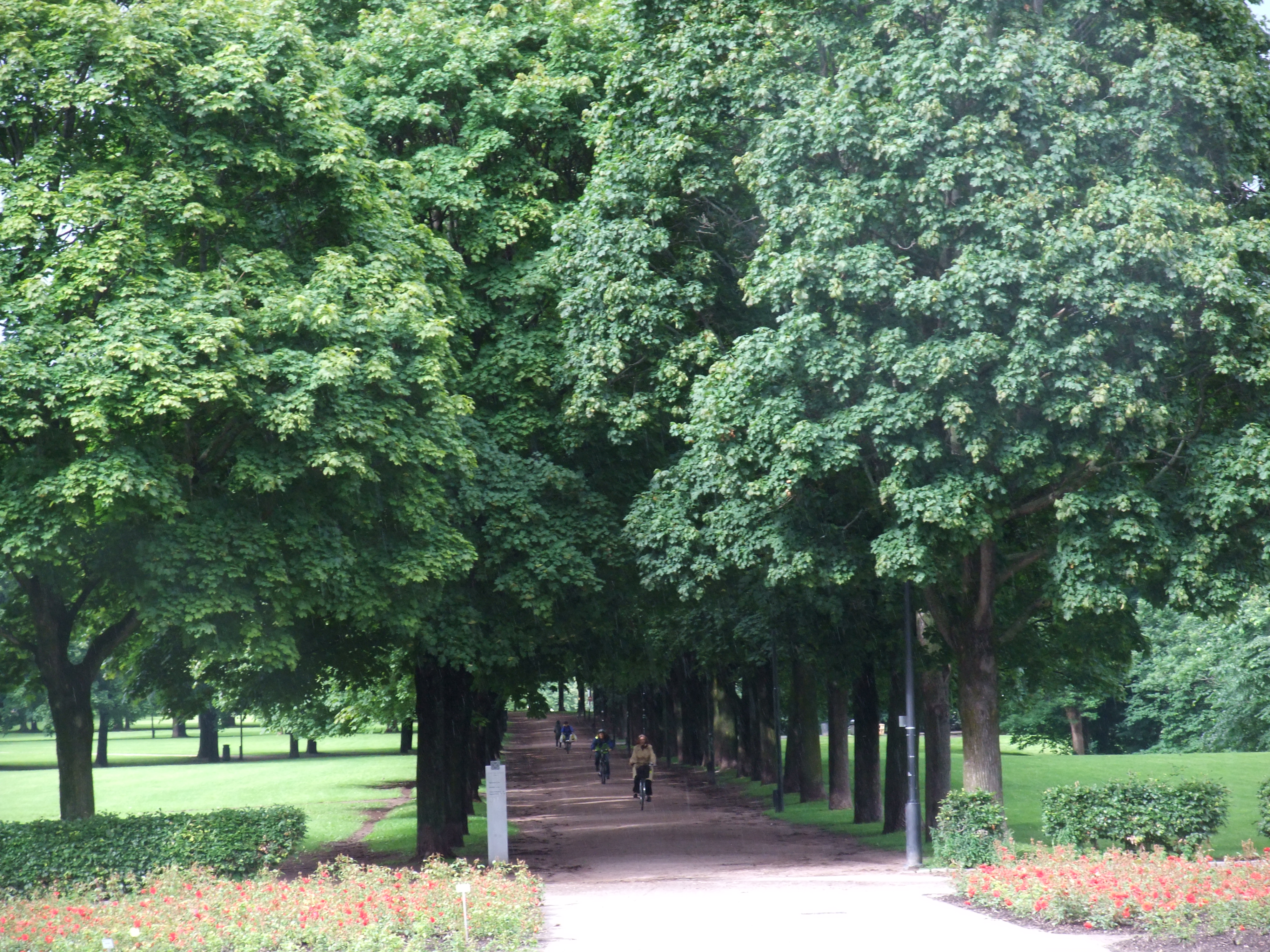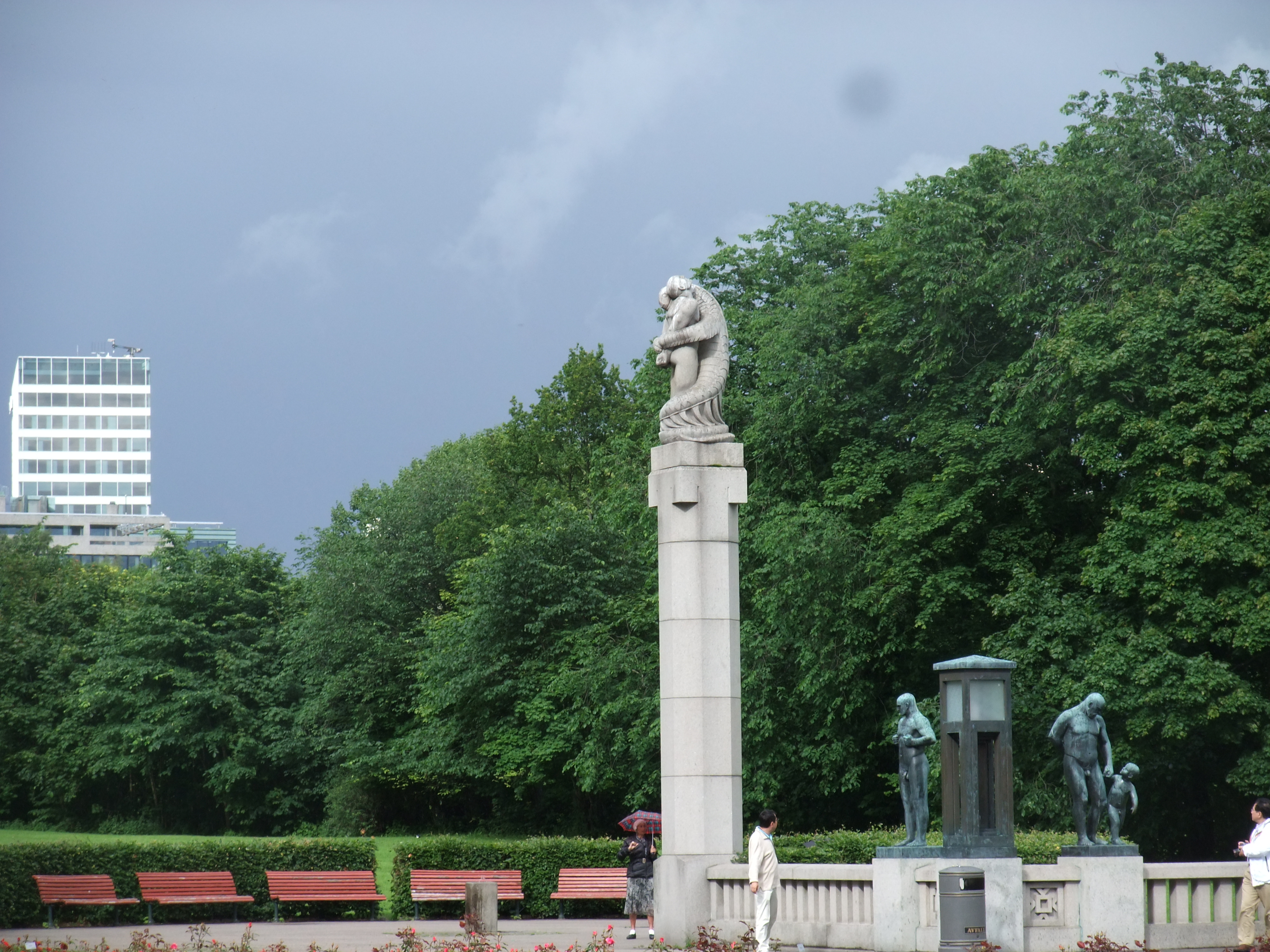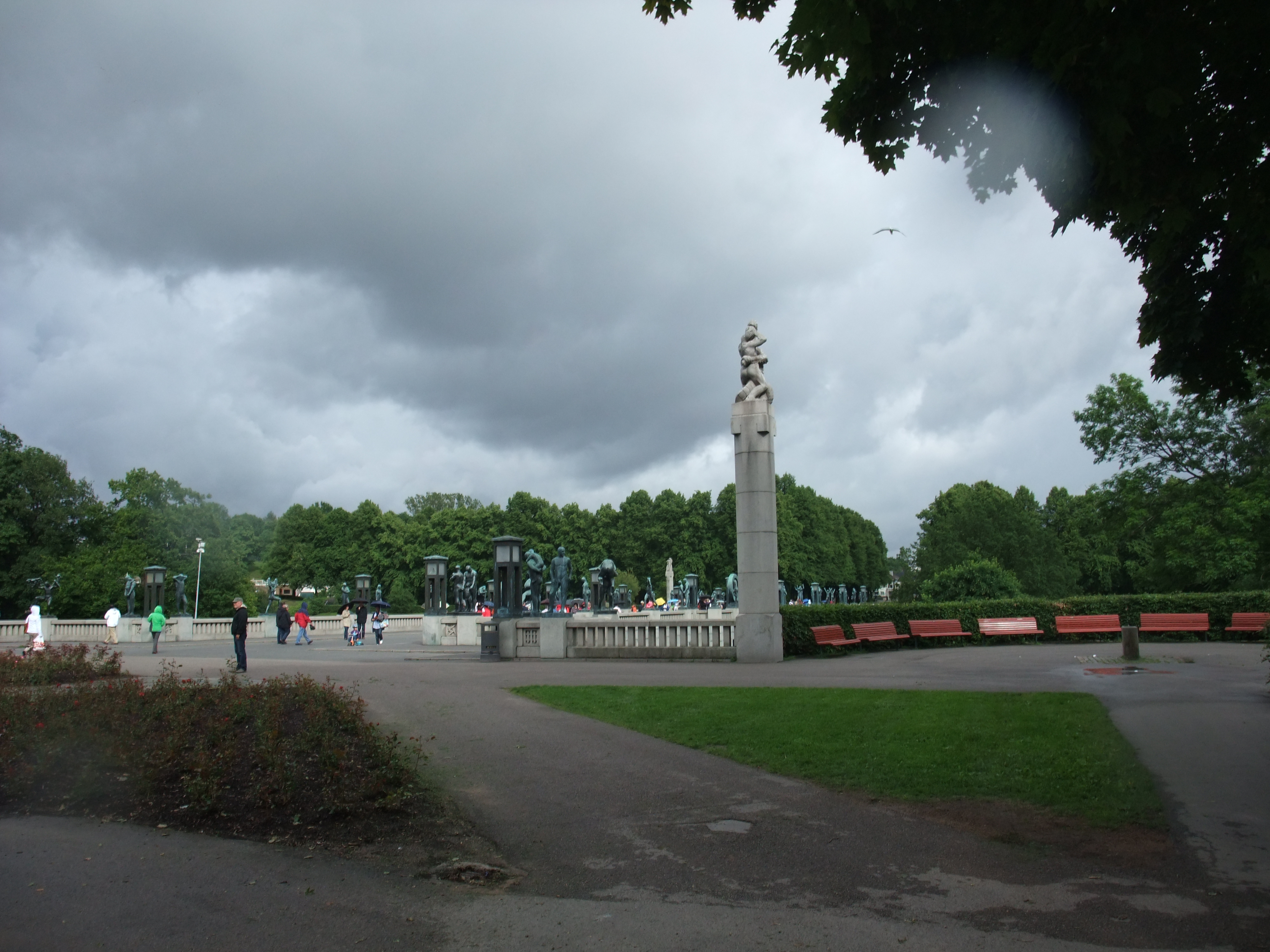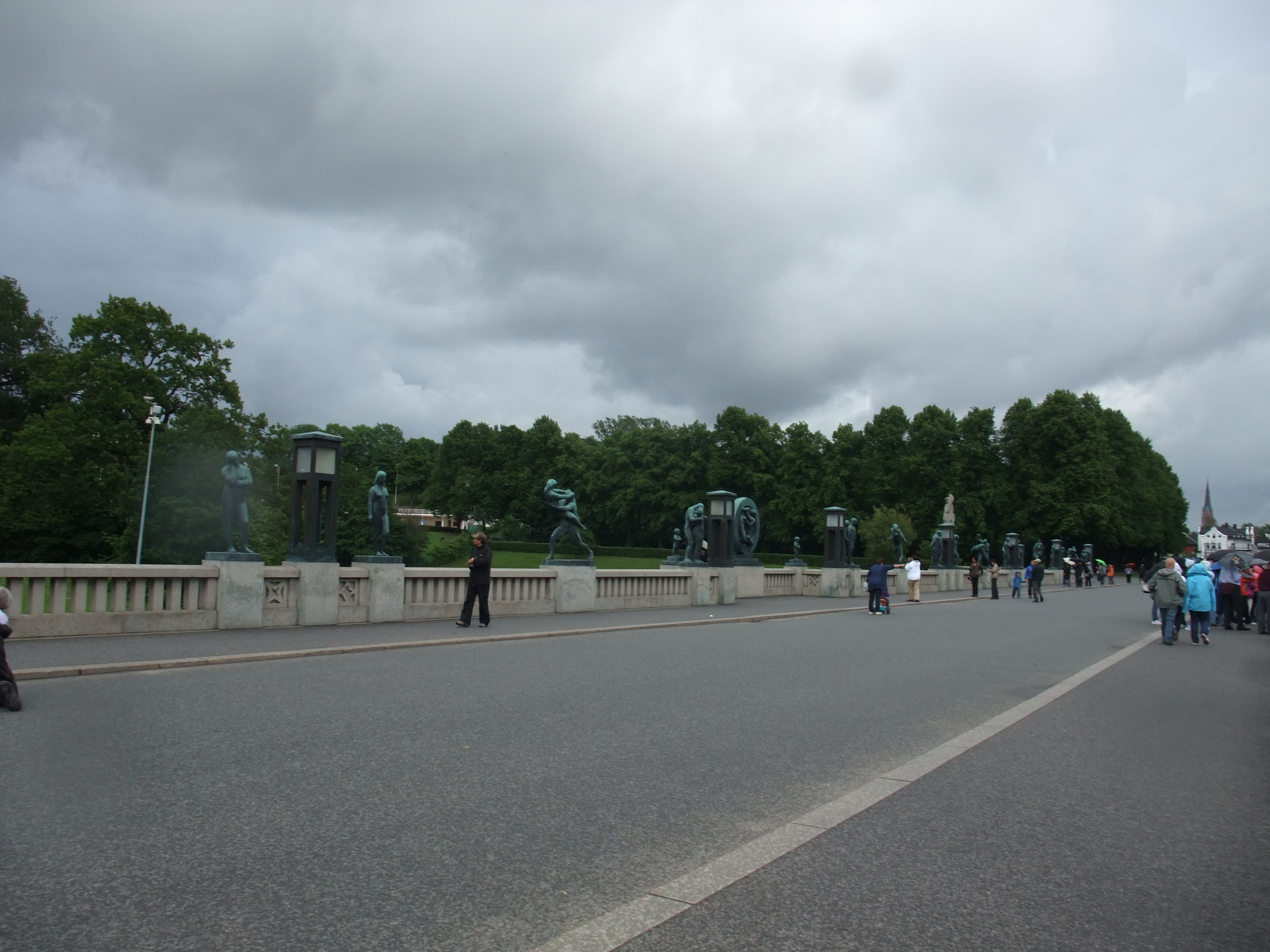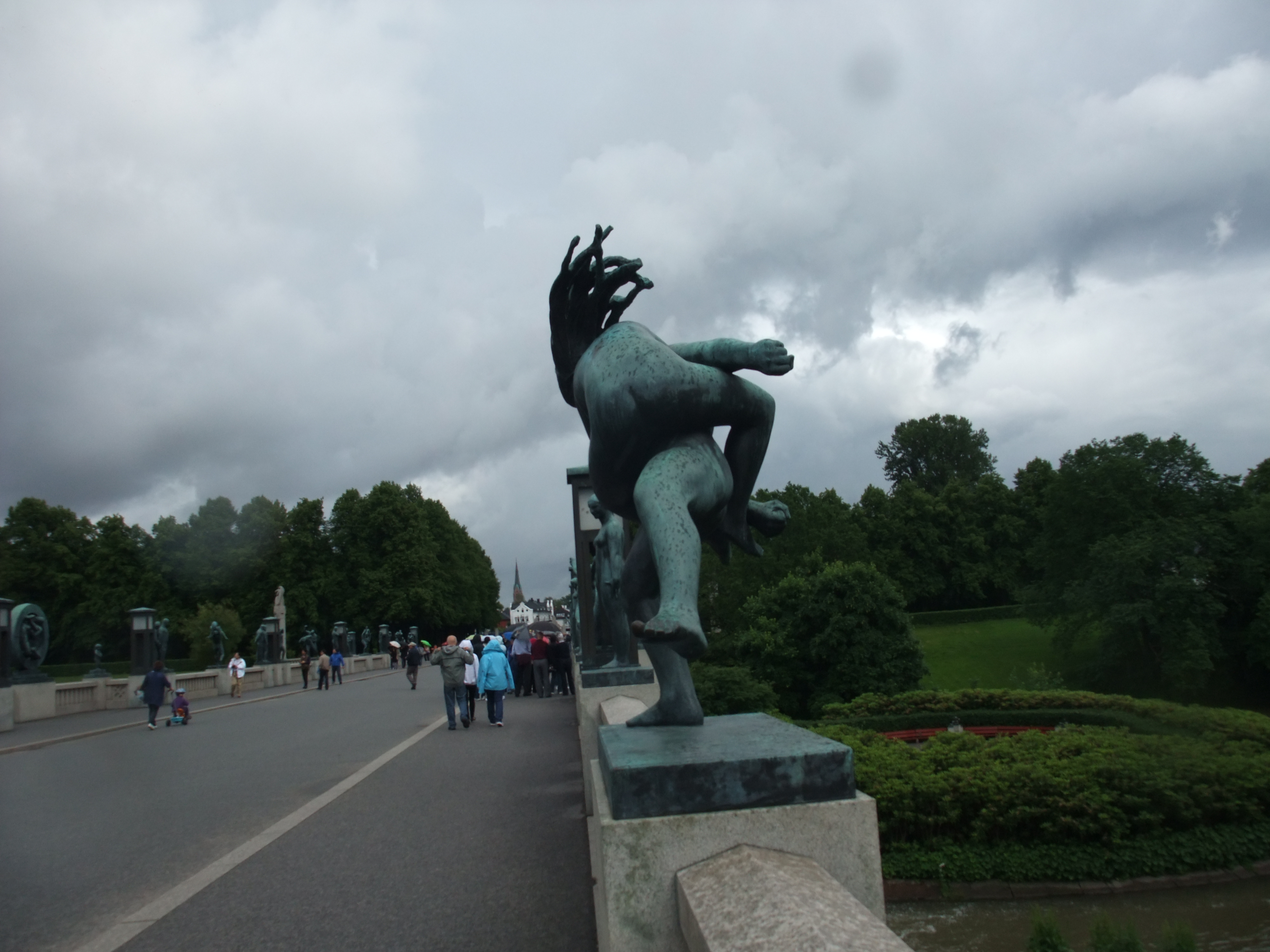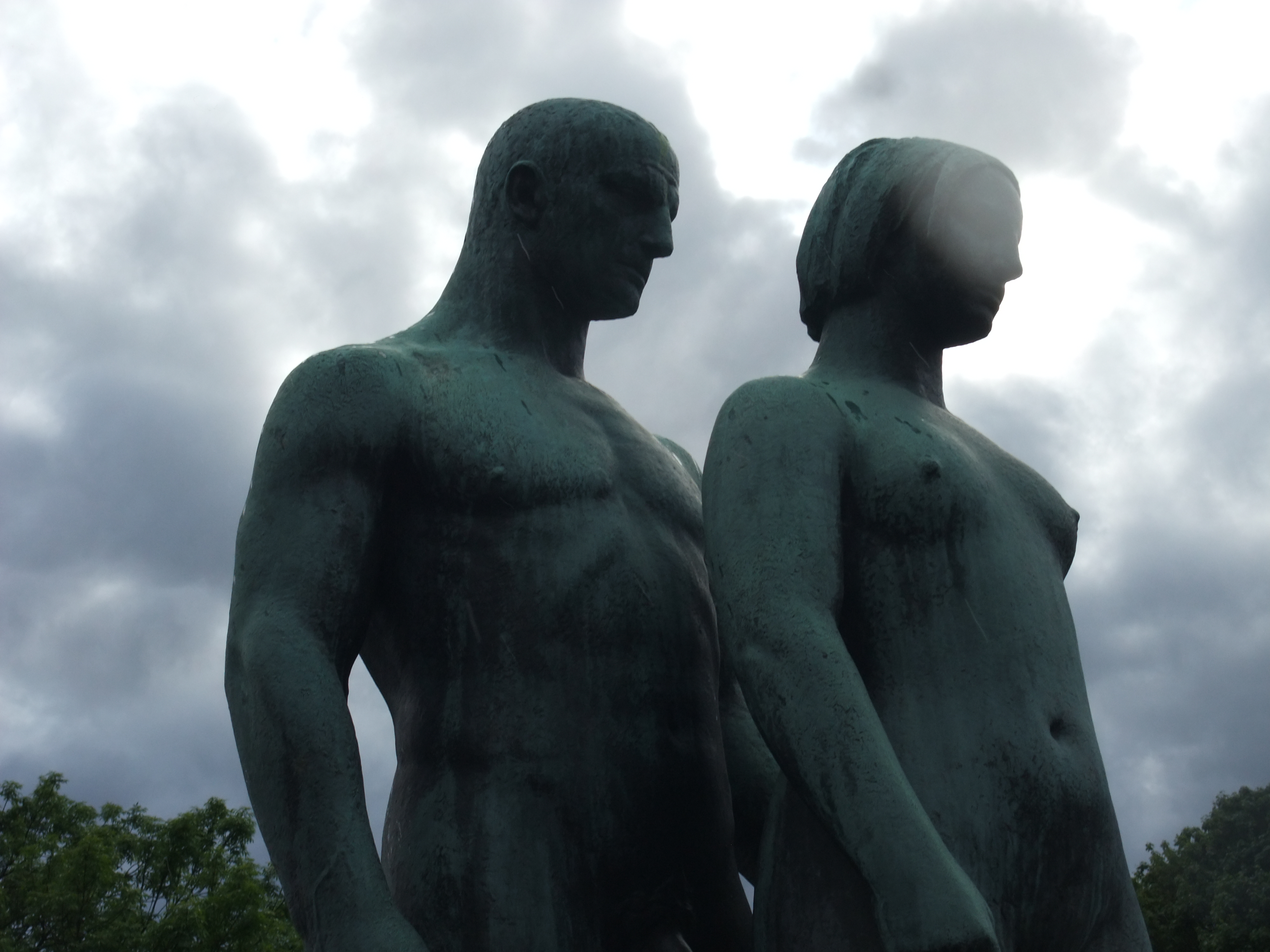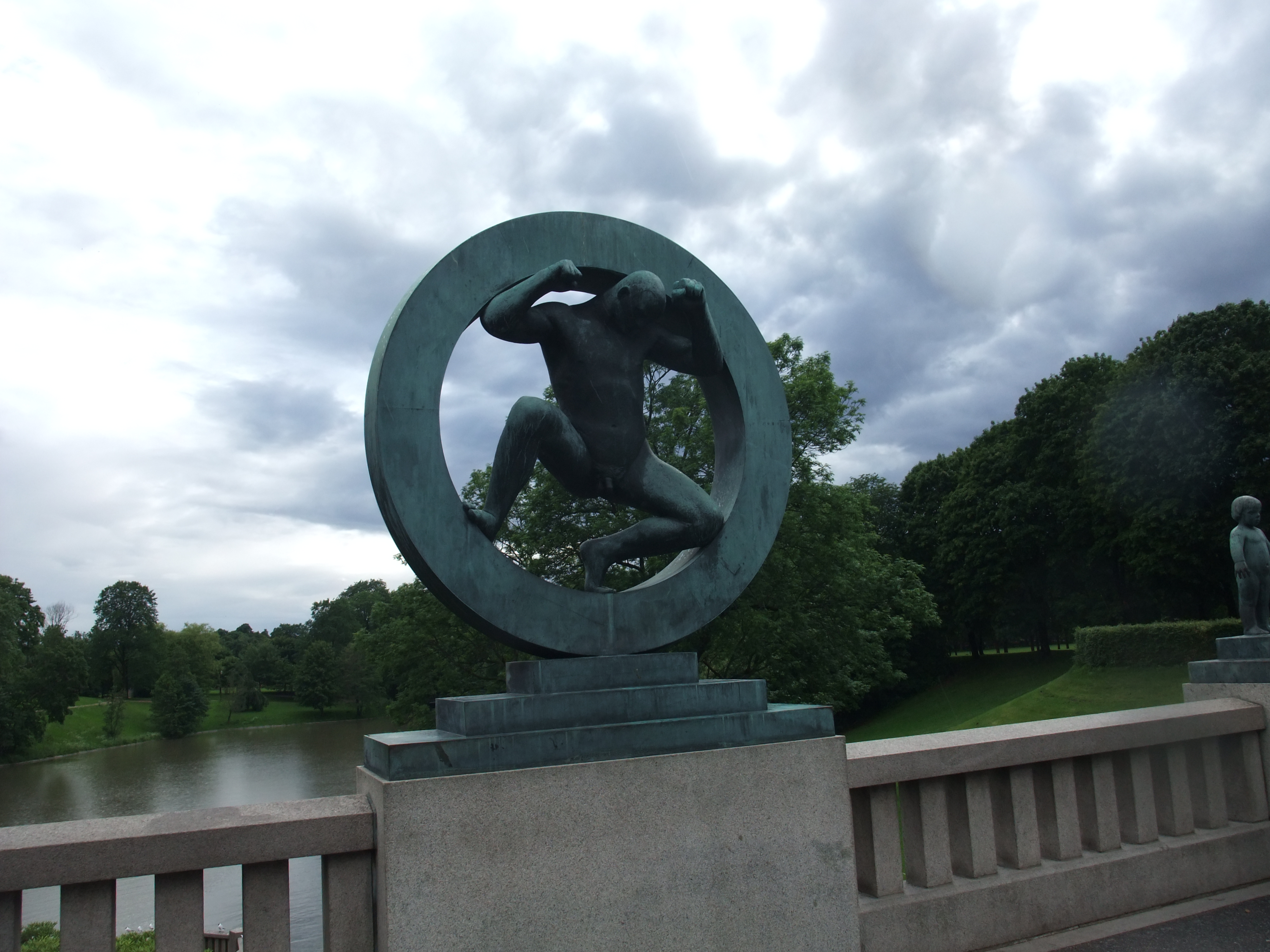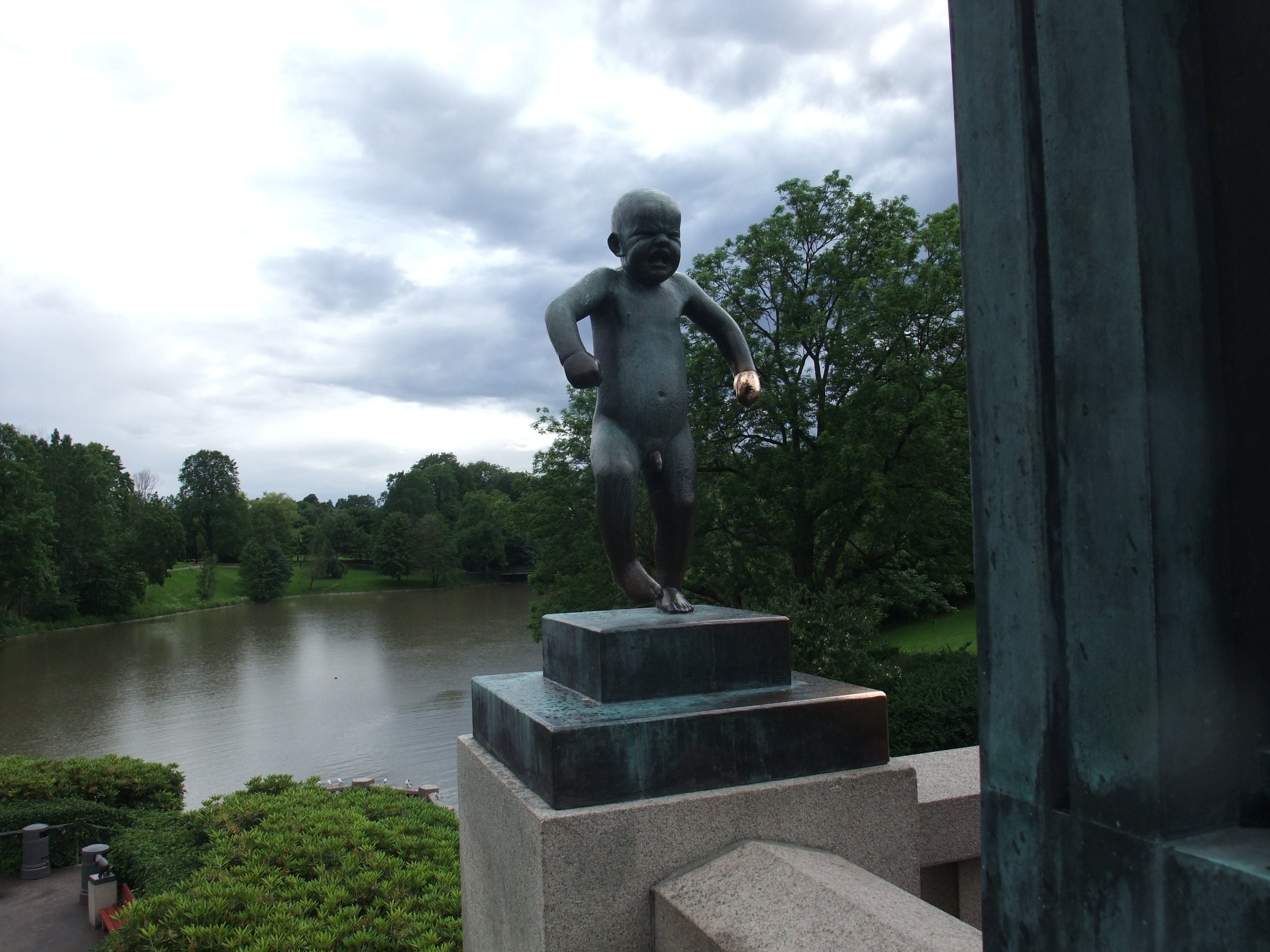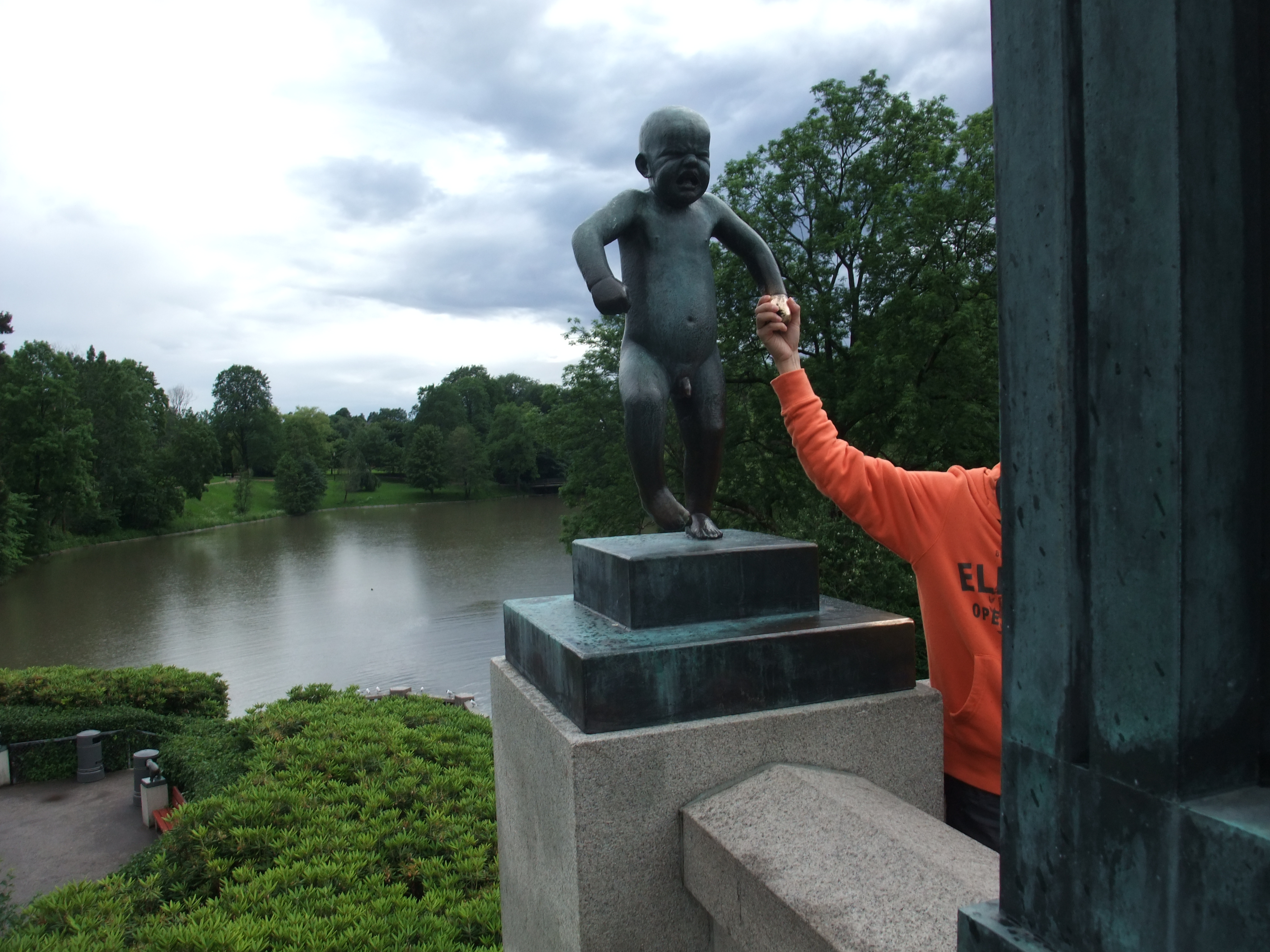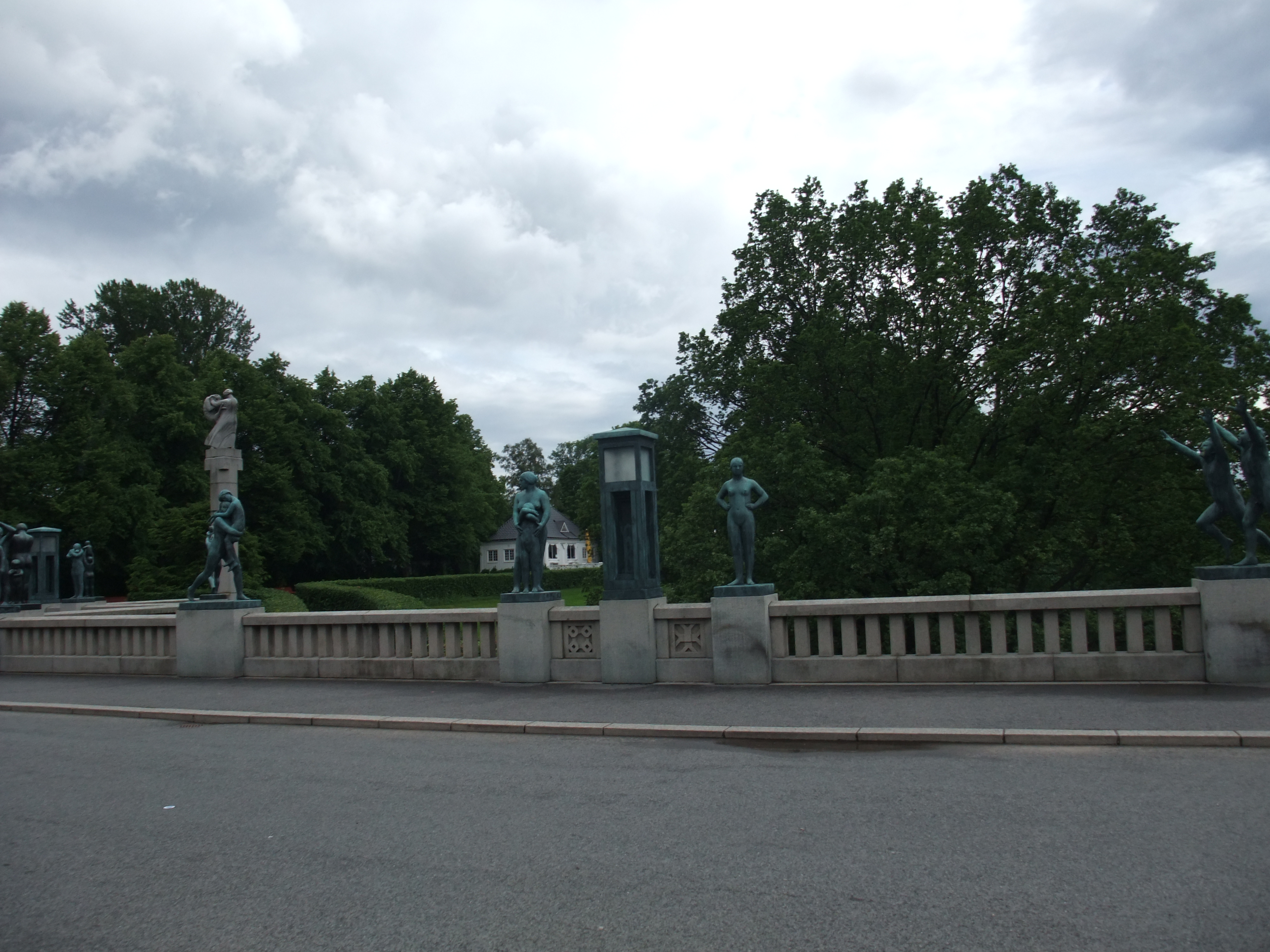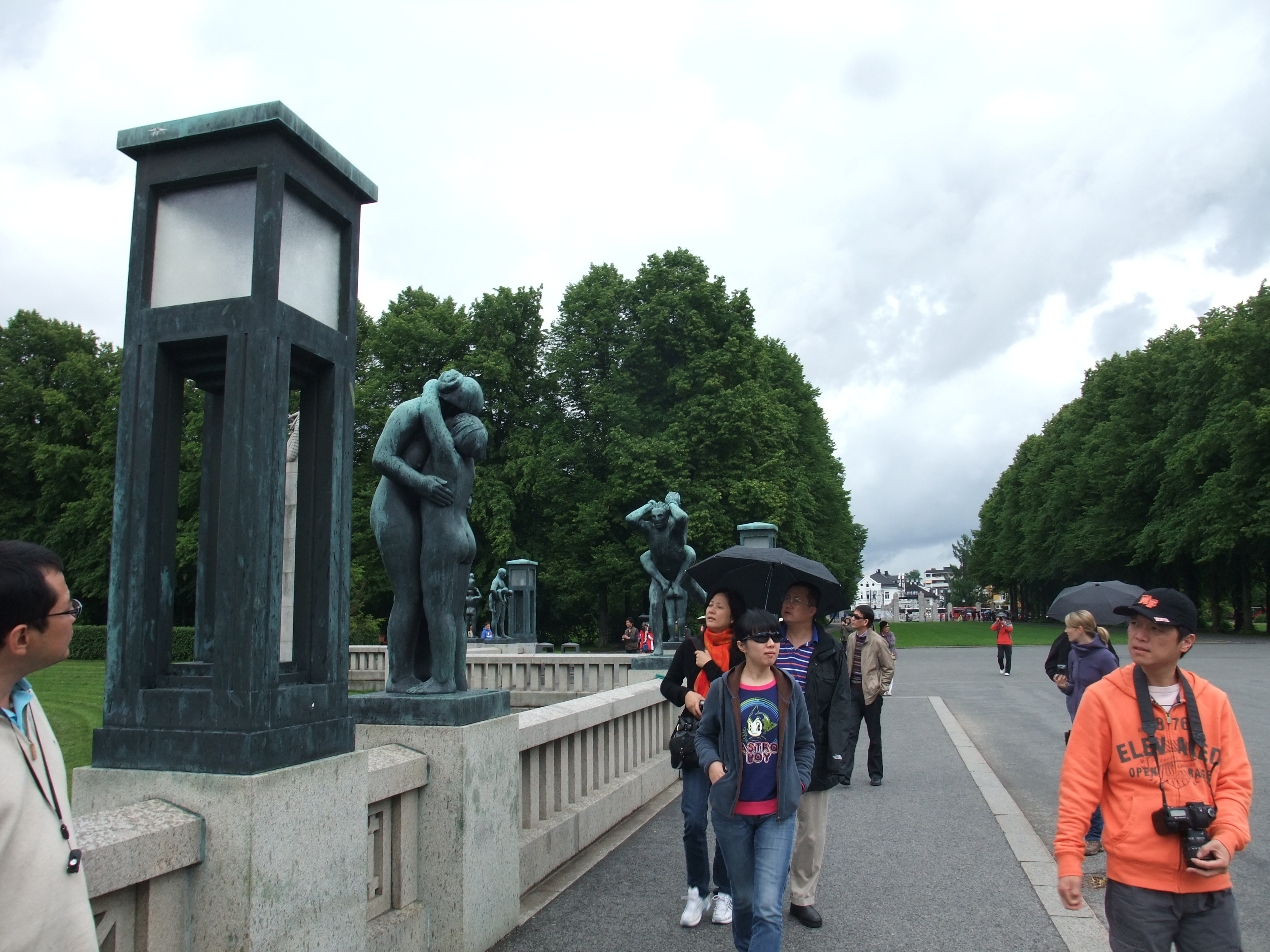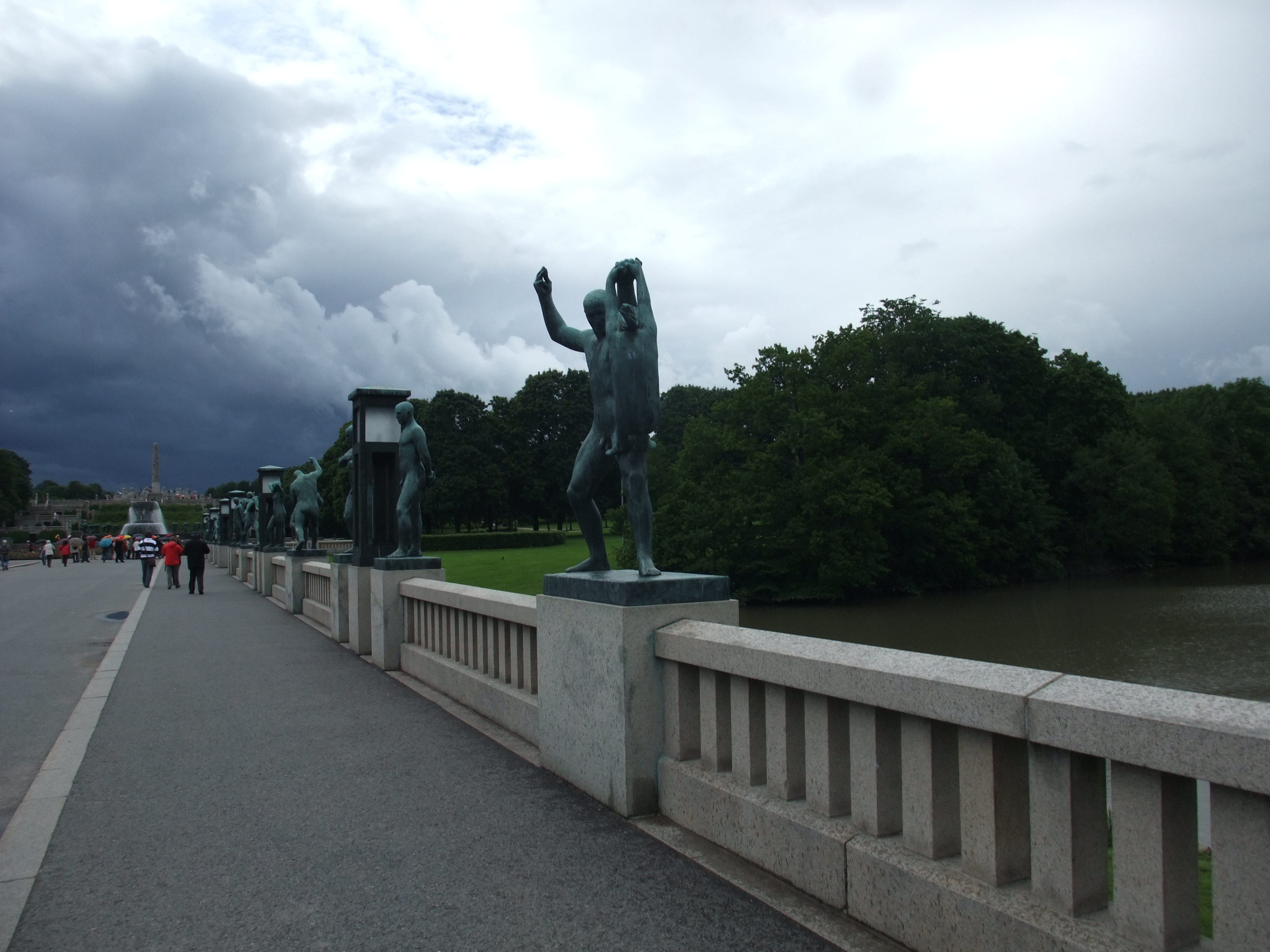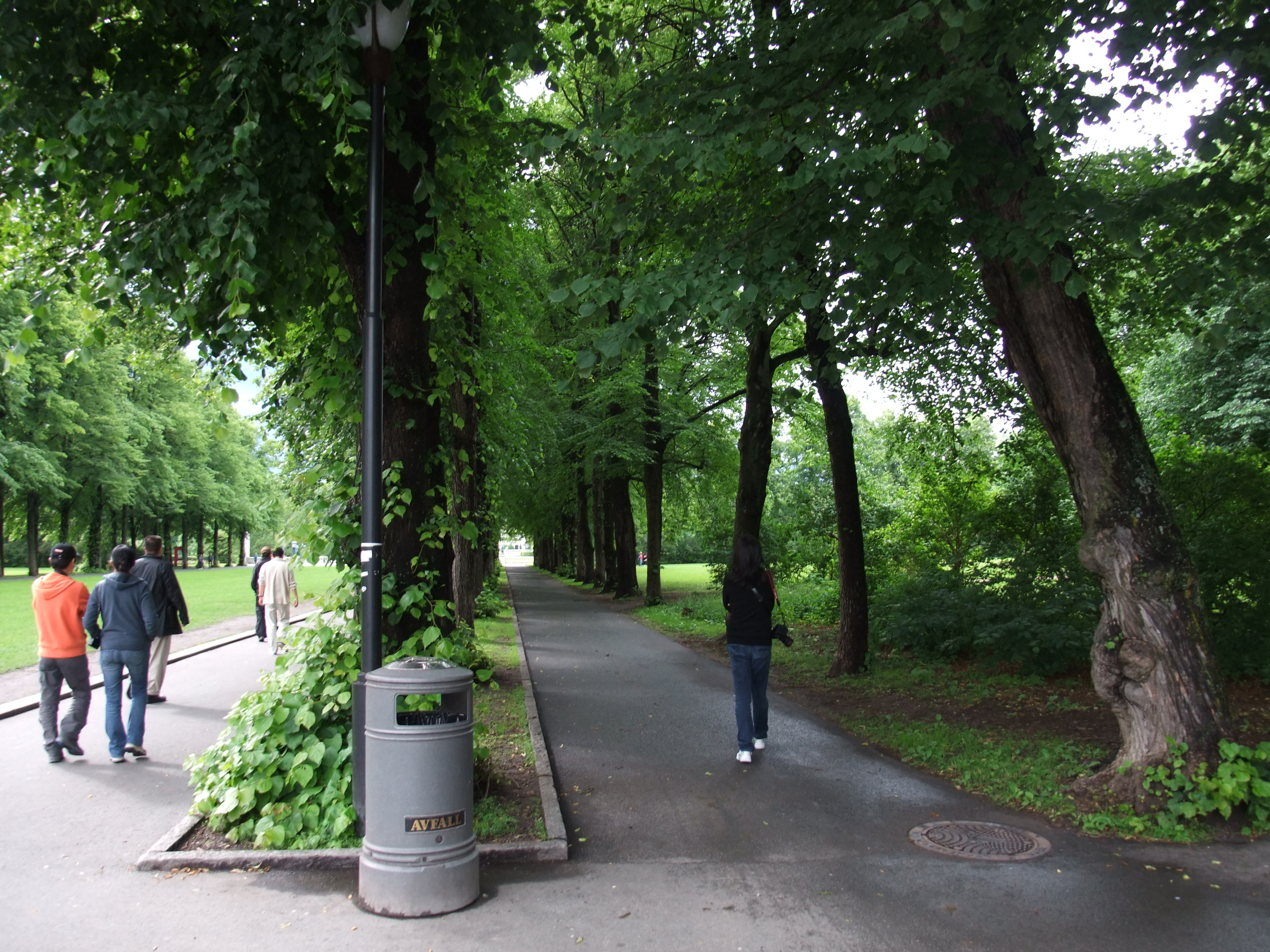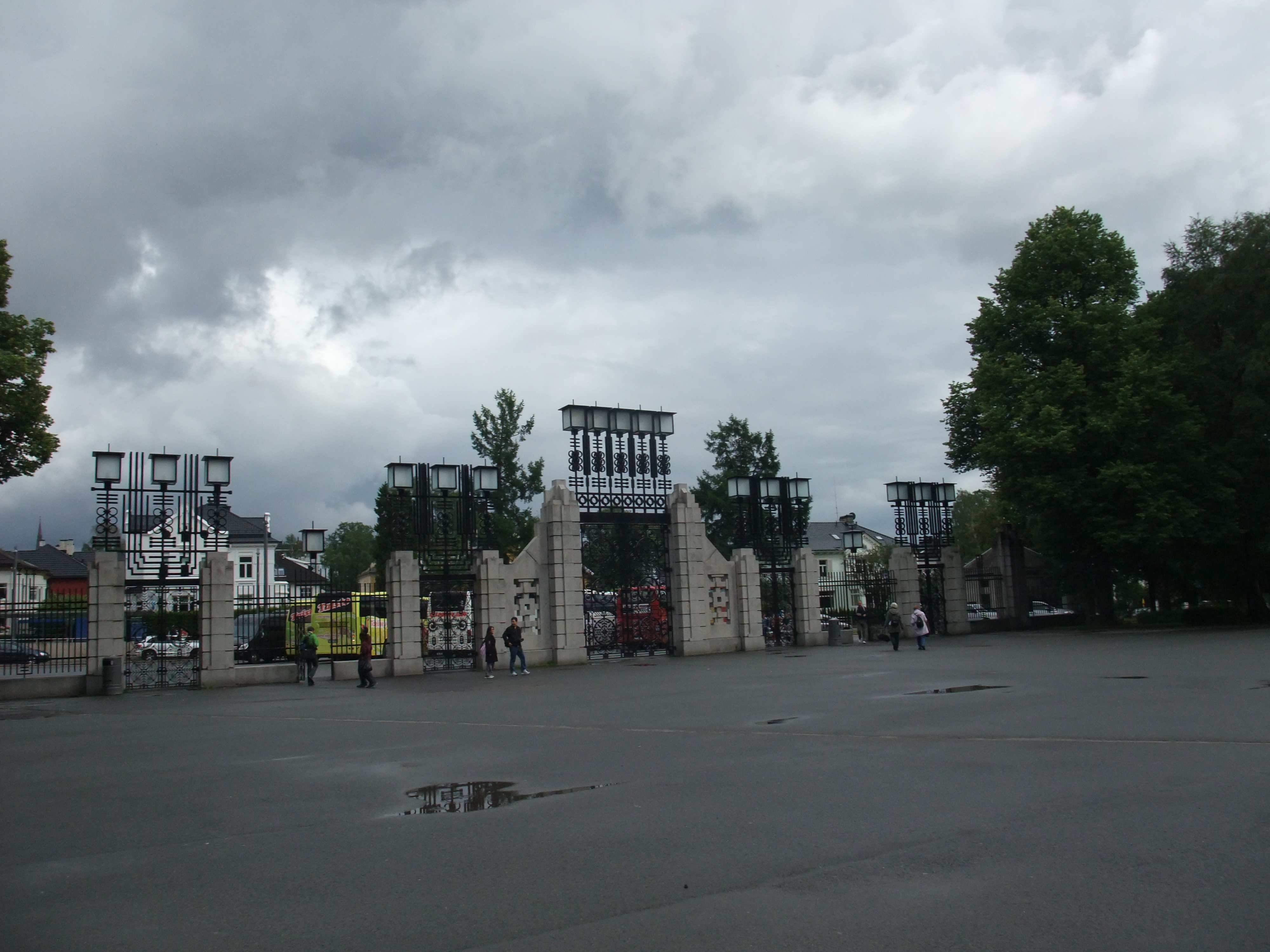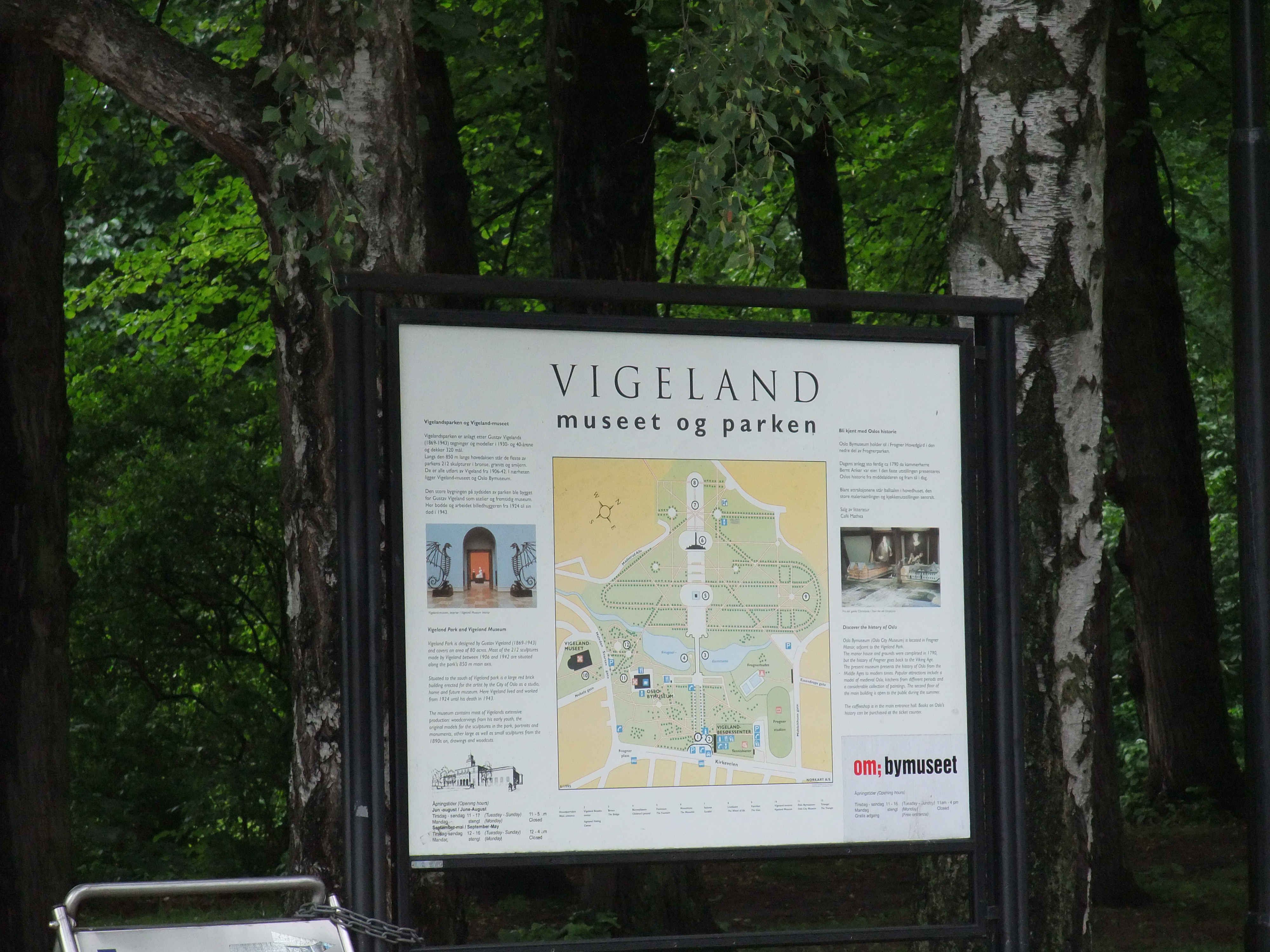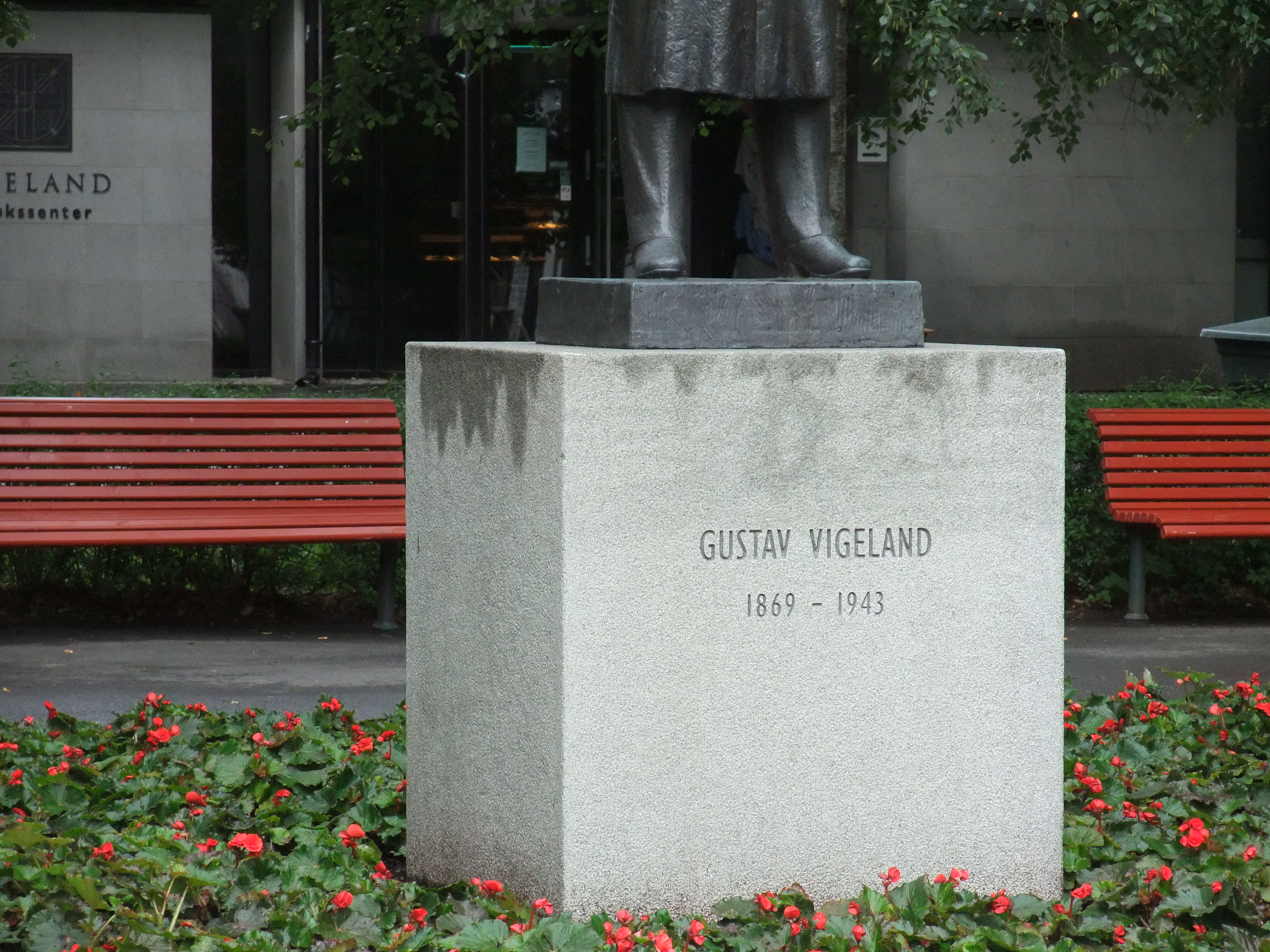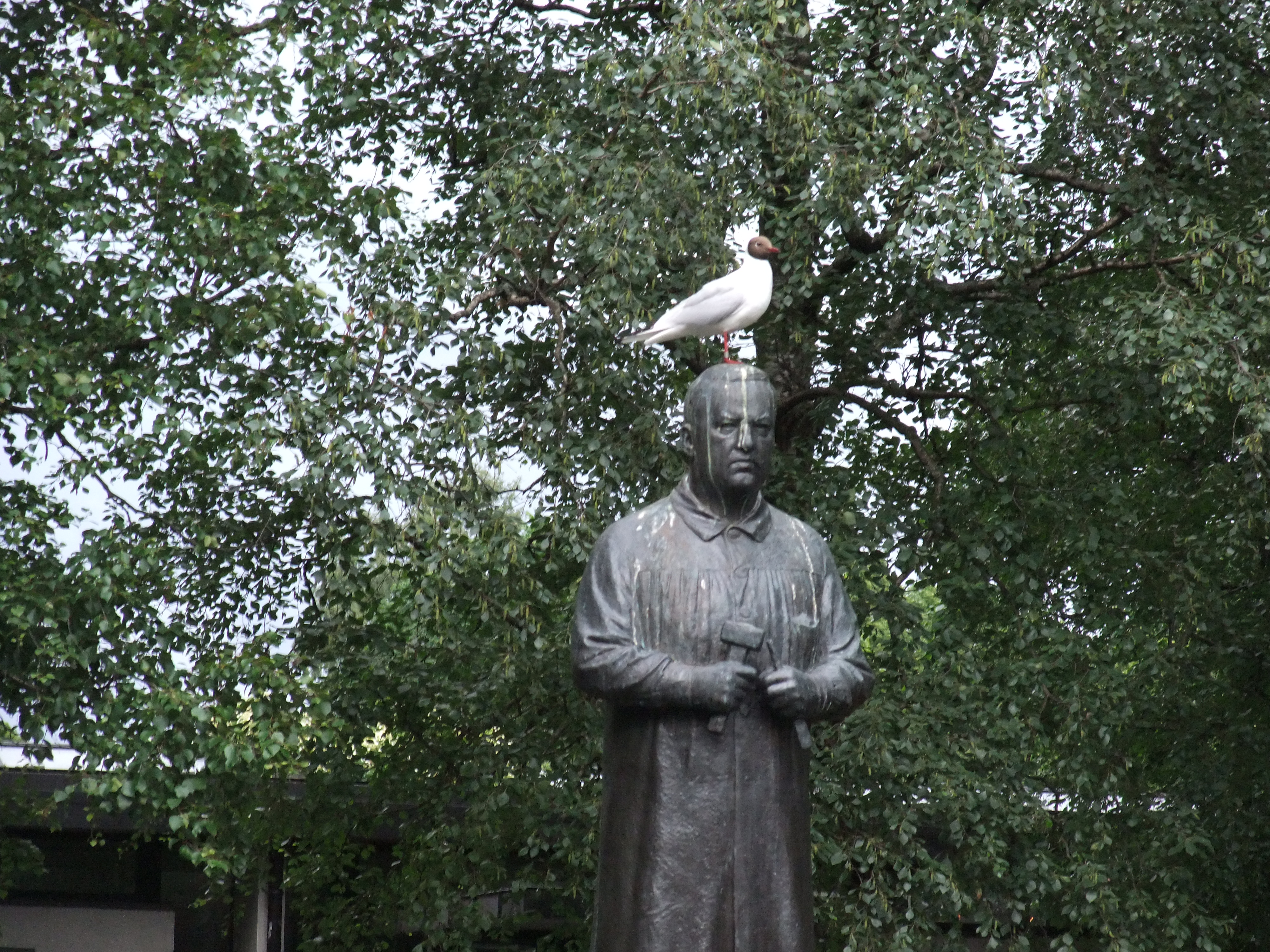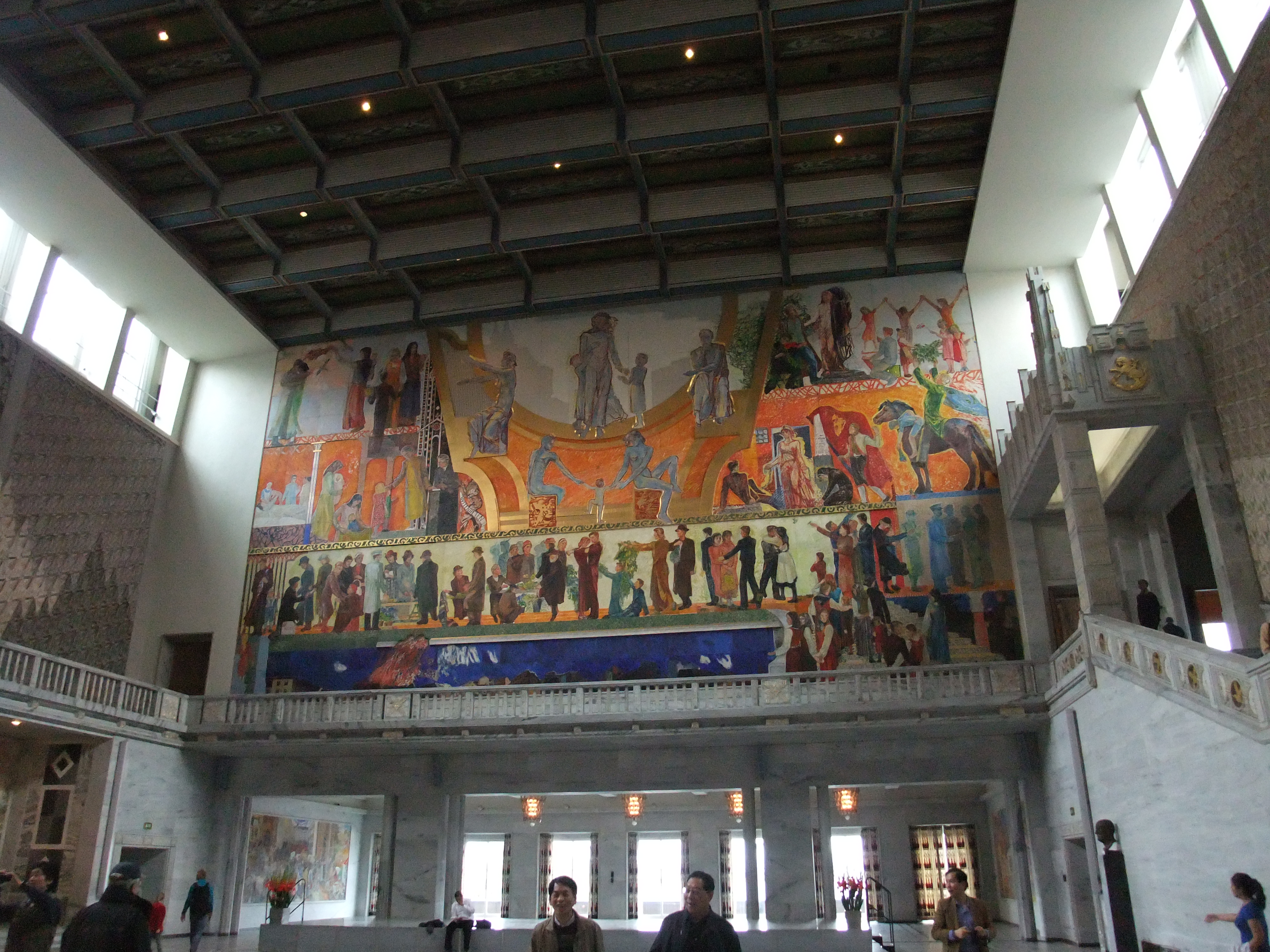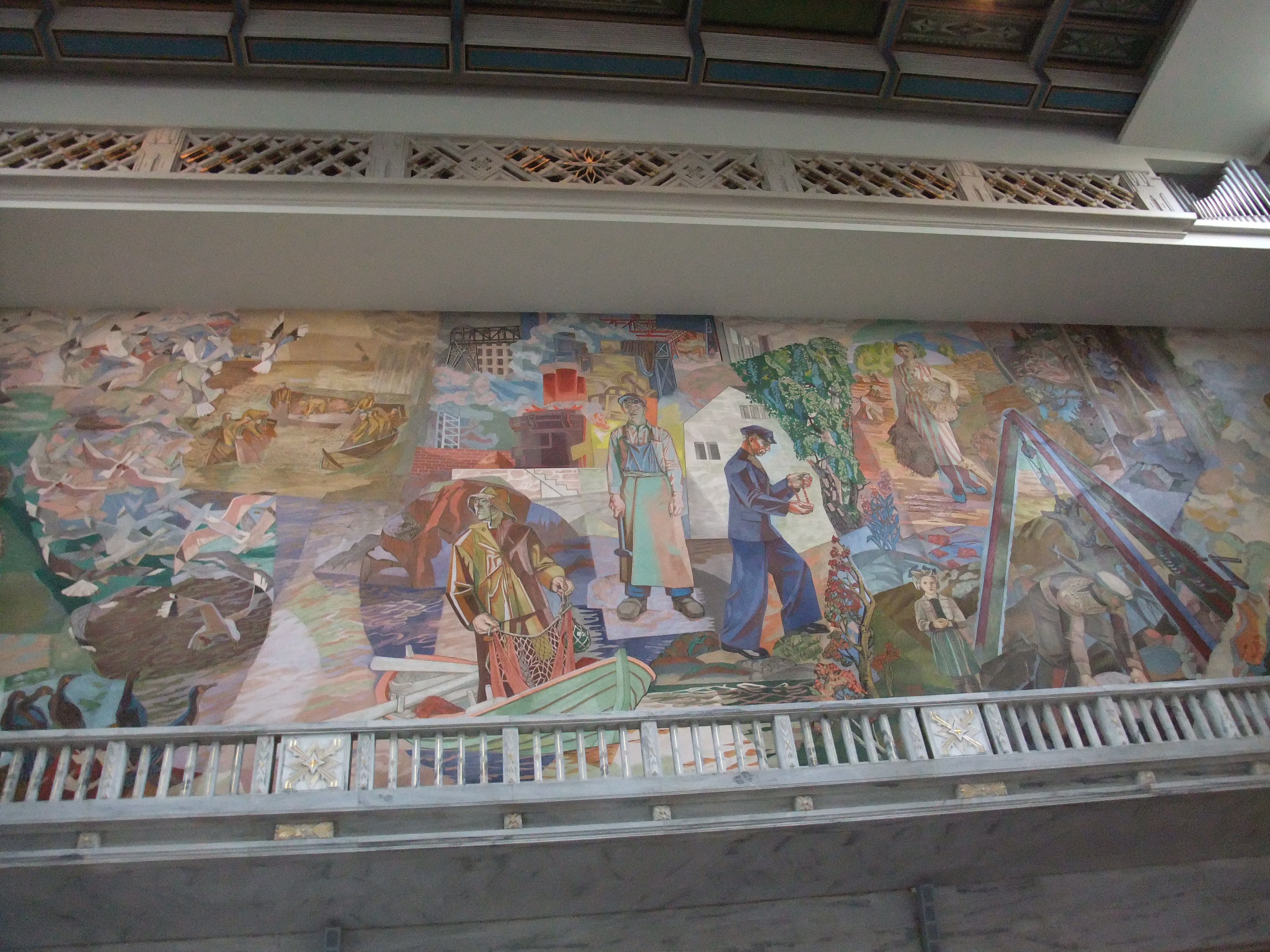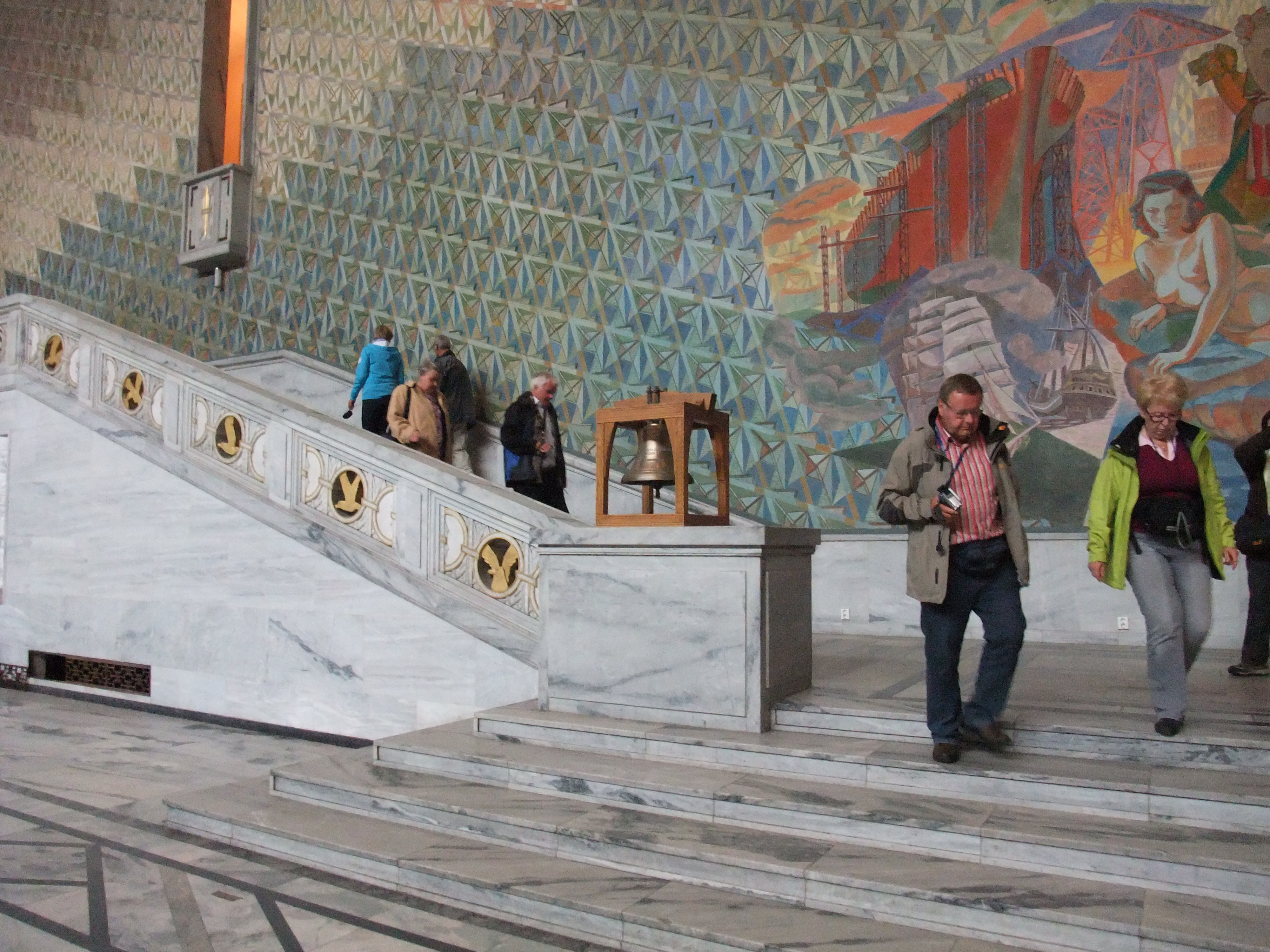By Xuefei Chen Axelsson
STOCKHOLM, Sept. 24(Greenpost) — Upon the forthcoming 70th anniversary of Chinese National Day, Nordic-Shenzhen General Chamber of Commerce was established in Stockholm on Tuesday and a grand ceremony has been held in the Chinese Cultural Center in Stockholm.
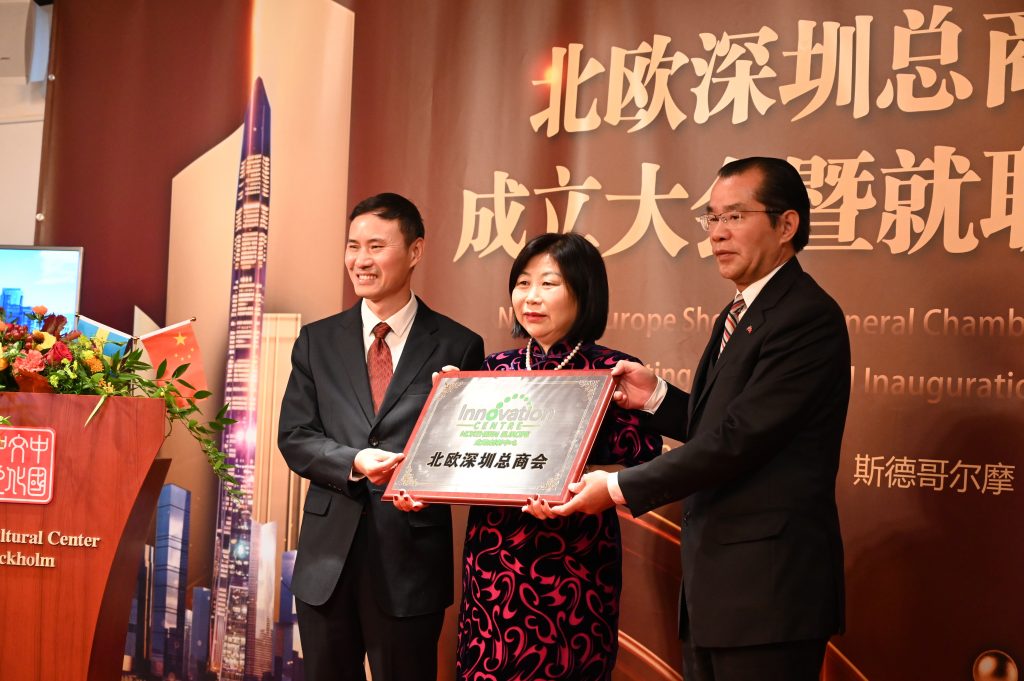
Chinese Ambassador Gui Congyou and Fan Kun Vice President of Shenzhen Overseas Communication Association granted the plaque of the Chamber of Commerce to Zhang Qiaozhen, President of the Nordic-Shenzhen General Chamber of Commerce.
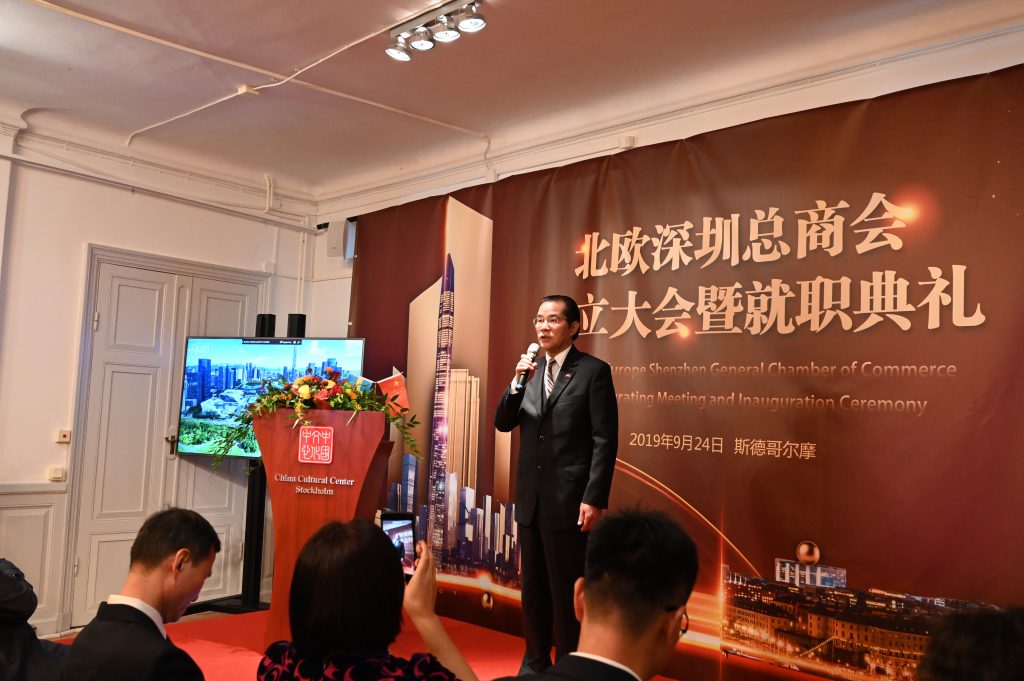
Ambassador Gui expressed his sincere congratulations to the establishment of the General Chamber of Commerce and hopes that it will make further contributions to cooperation between China’s Shenzhen and Nordic countries.
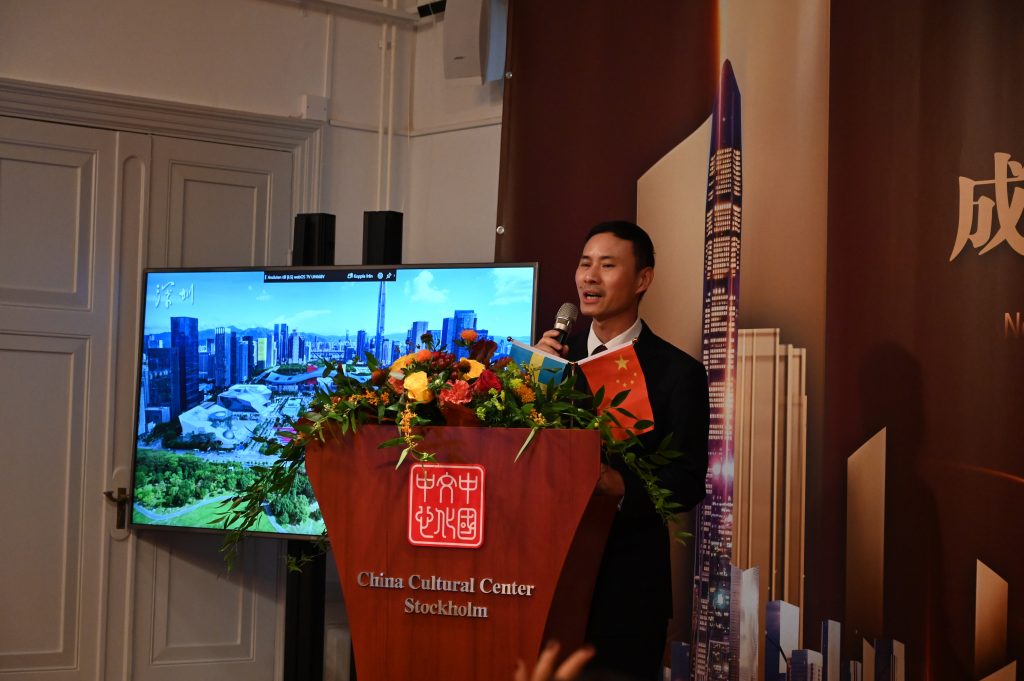
Fan Kun, Vice President of Shenzhen Overseas Communication Association, made a speech about Shenzhen.
“Shenzhen’s Per capita GDP is very high in China and science and innovation level is also very high while the average age in Shenzhen is very low or the lowest in China with an average of 30 years old and the PM 2.5 is the lowest in China,” said Fan.
“That means Shenzhen is a city that is very good for young talented people to realize their dreams.” said Fan.
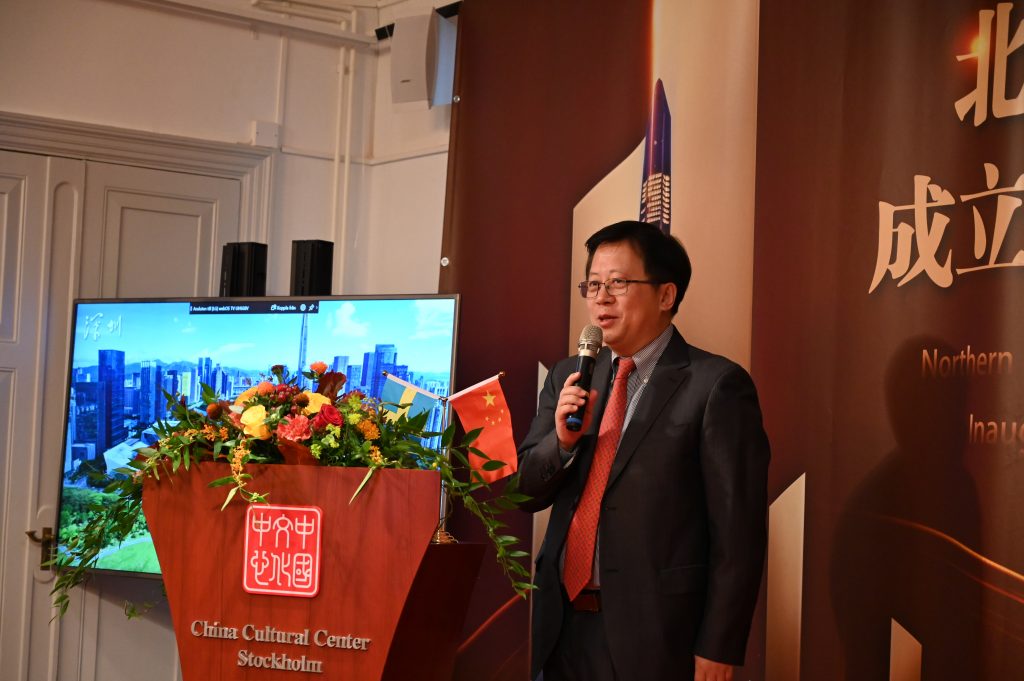
Han Xiaodong, Counsular of Commerce at the Chinese Embassy talked about bilateral trade and investment.
“In fact, in recent two years, Sweden enjoys surplus in export to China and China’s investment to Sweden increased substantially. This is a good trend because it indicates that the consumption level in China is increasing and investment level also increased.” said Han.
He congratulated the establishment of the General Chamber of Commerce and hopes that it will contribute more to bilateral exchange in trade and investment as well as other areas.
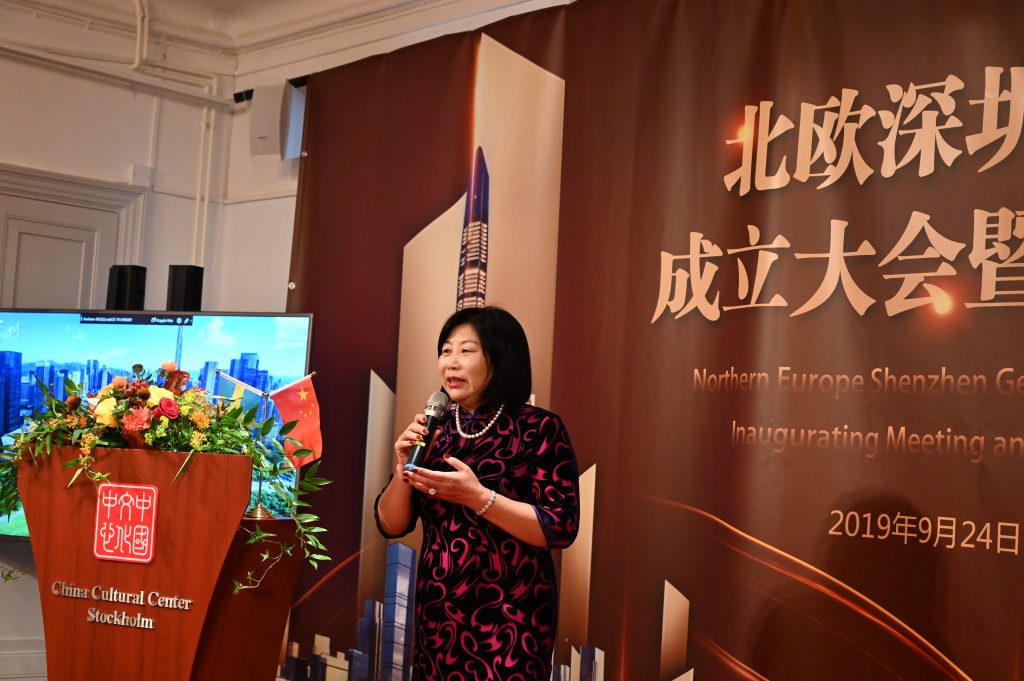
President Zhang Qiaozhen has said that she will do her best to promote bilateral trade and investment as well as science and technology exchange and innovation. She has helped Nordic companies to go to Shenzhen and Guangzhou and other places to participate in trade fair or exhibitions. They also received delegations from those areas to nordic countries.
Zhang said that they also announced the branches in Danmark, Finland, Iceland and Norway and issued plates to them.
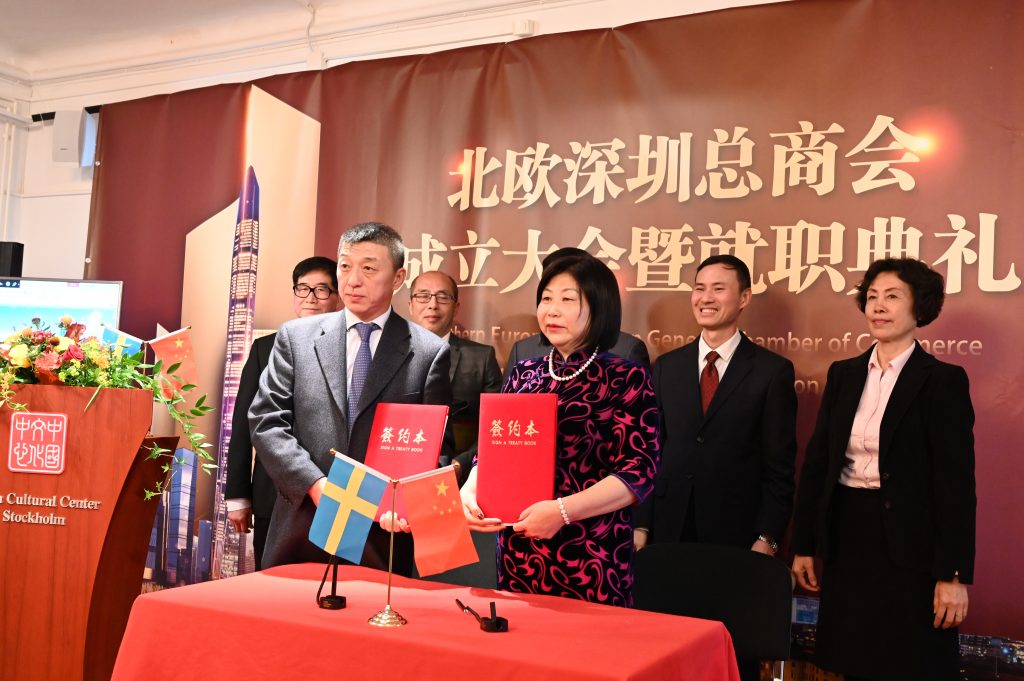
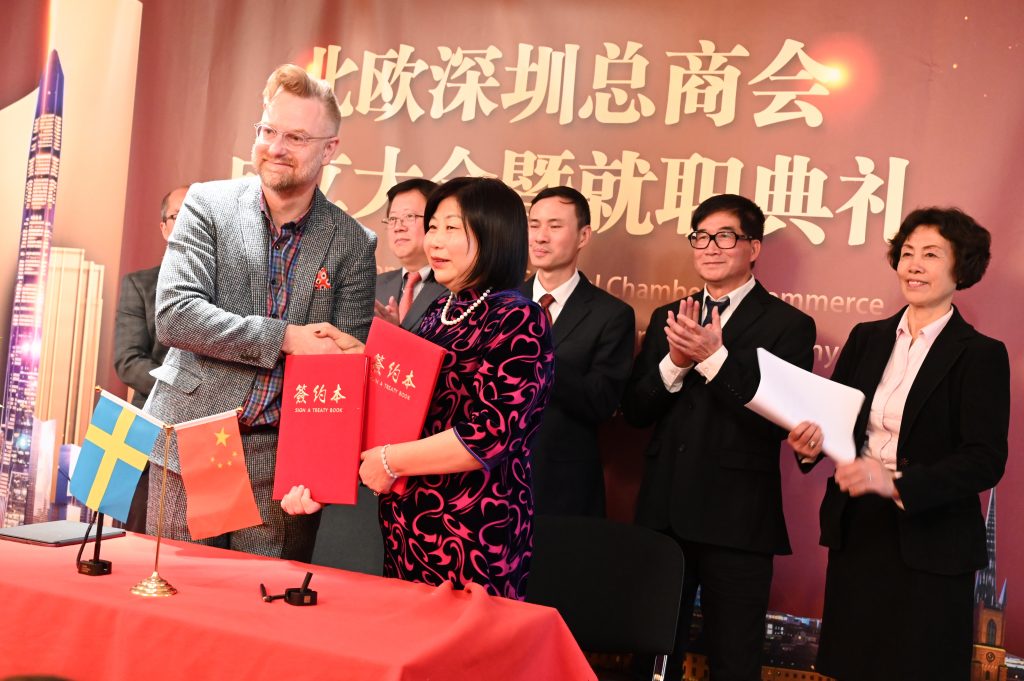
Meanwhile, two strategic agreements have been signed between Zhang Qiaozhen and Tian Yubiao and another Swedish company for future cooperation.
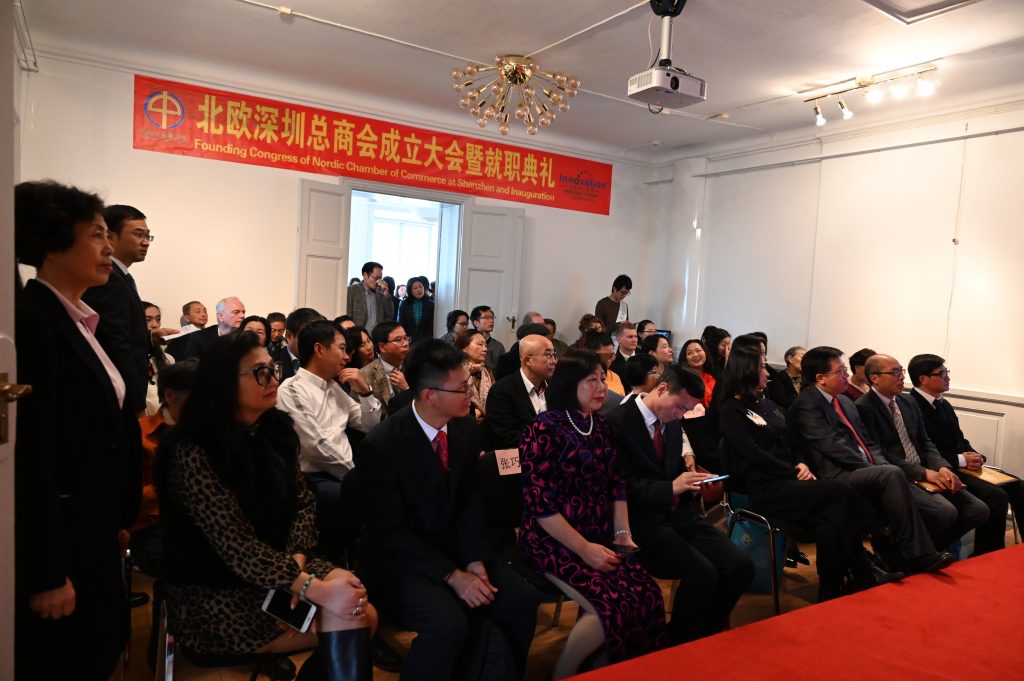
出席庆典仪式的还有瑞典老一代华侨侨领,中国饭店创始人朱佩媛女士,瑞典最早的华人学校杨校长,以及在瑞典的北欧华人商会会长周画女士,瑞中友好协会执行会长夏雨女士,北欧中医药中心董事长田雨飙先生,碧云学院创始人范秀兰女士,畅通国际有限责任公司王凯虹女士,瑞典卡罗琳斯卡医学院曹义海教授以及高校专家学者,留学生等各界华人华侨100多人。来自海内外各界商会、各行各业机构发来贺信、贺电上百封。为成立庆典增加了喜庆气氛。
Zhu Peiyuan, senior founder of Chinese restaurant in Sweden, Yang Liran, Founder of Ruijing Chinese School, Zhou Hua, President of Nordic Chinese Association, Xia Yu, Executive President of Swedish Chinese Friendship Association, Tian yubiao, President of Nordic Chinese Medicine Center, Fan Xiulan, Founder of Biyun Academy and Professor Cao Yihai from Karolinska Institutet were among the over 100 guests at the ceremony.
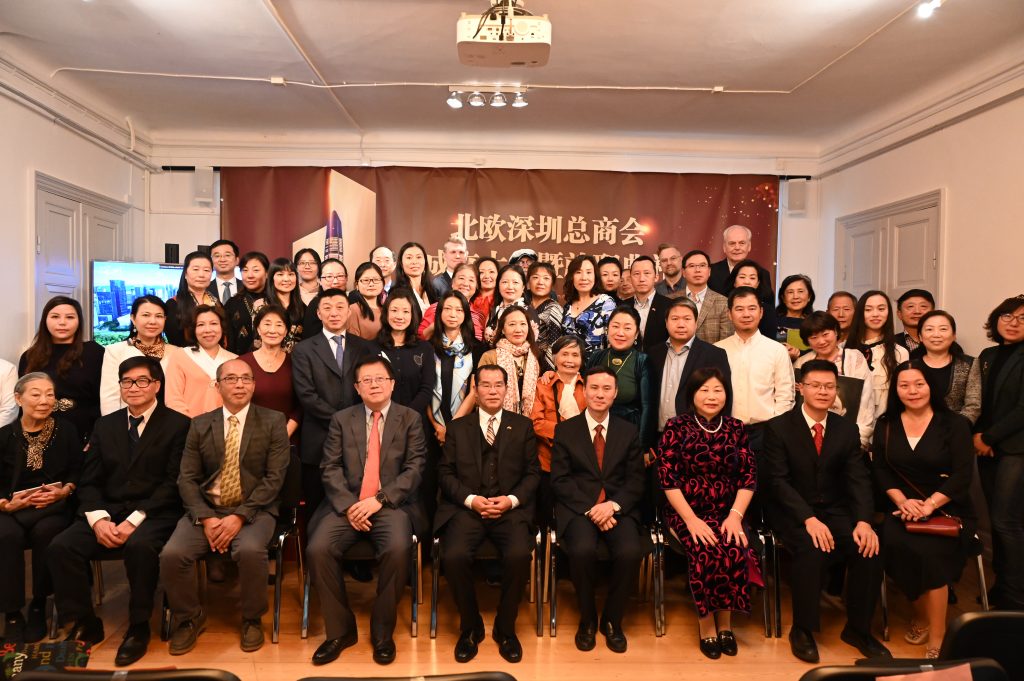
Zhang Qiaozhen said Nordic Shenzhen General Chamber of Commerce is another important platform for Shenzhen to go abroad. They focus a lot on high tech, high tech industries, IT, Internet and R &D and help introduce enterprises with high potential and innovative enterprises. They will provide good services and commercial model design, legal matters consultation and one to one or P to P service. They also established an incubator to realise the scientific achievements and provide a bridge between nordic innovative enterprises with Chinese market.
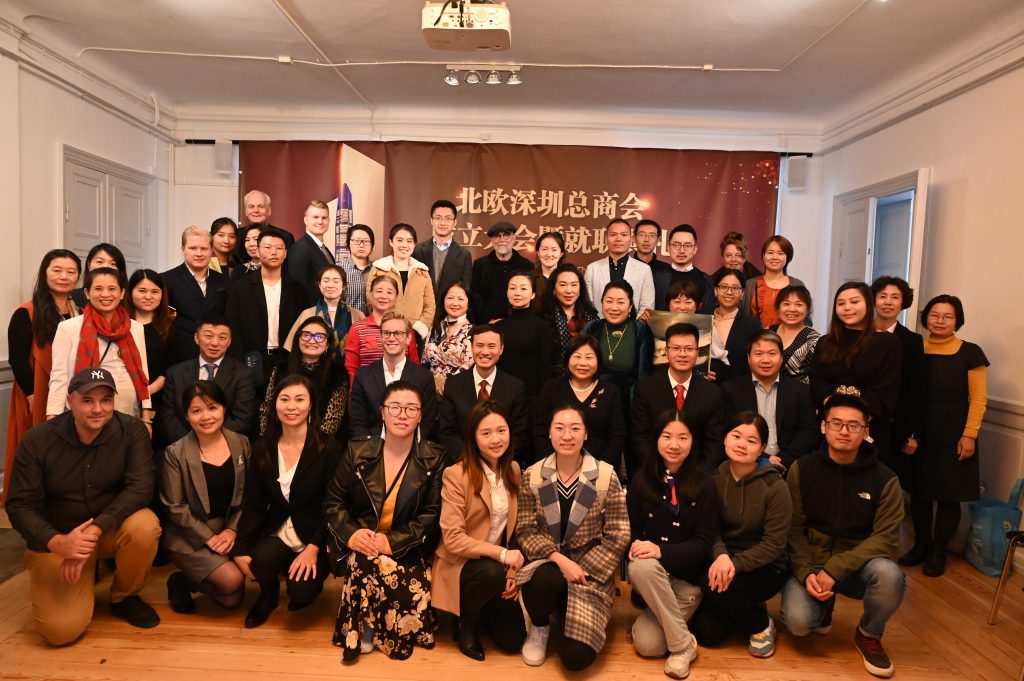
We shall become an effective bridge between China’s Shenzhen and nordic countries and help Shenzhen enterprises to go abroad and Swedish or Nordic enterprises to Shenzhen, said Zhang.
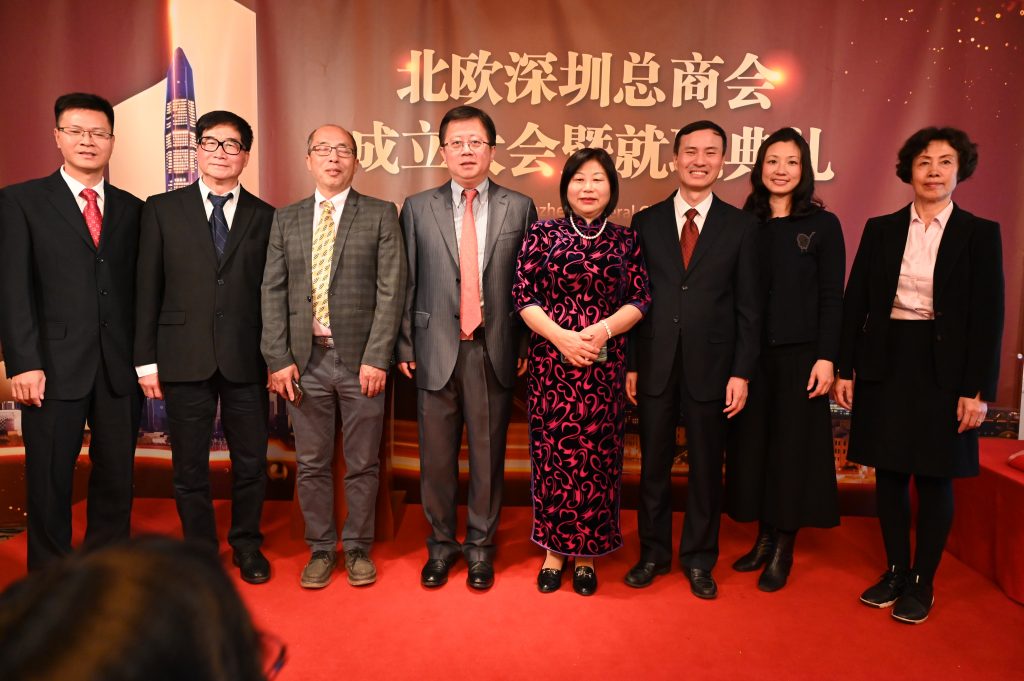
Right after the ceremony, a meeting on promoting Shenzhen was also held with participation of Chinese students from different universities in Stockholm.
Photo and Text by Xuefei Chen Axelsson
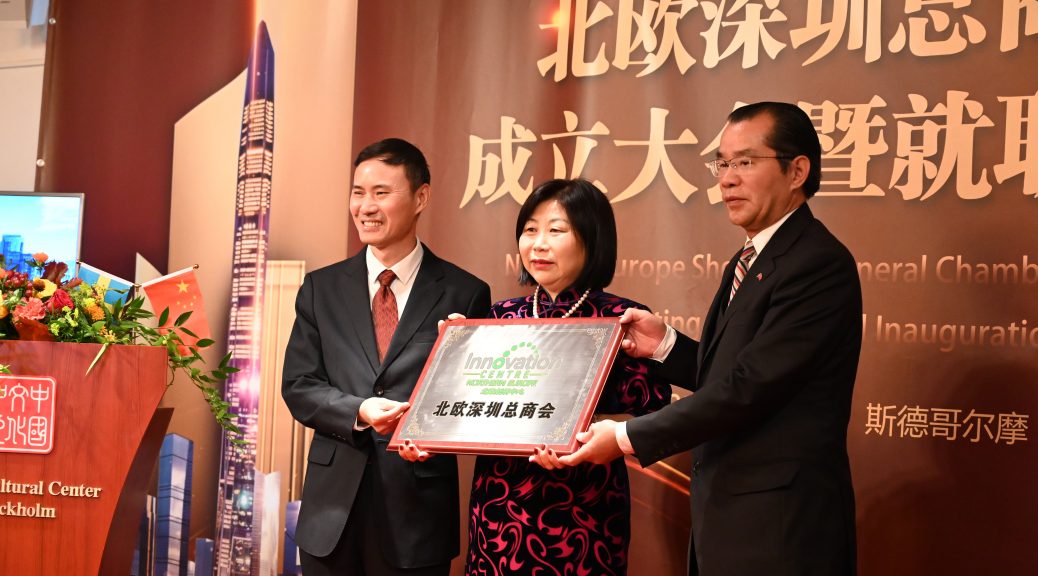
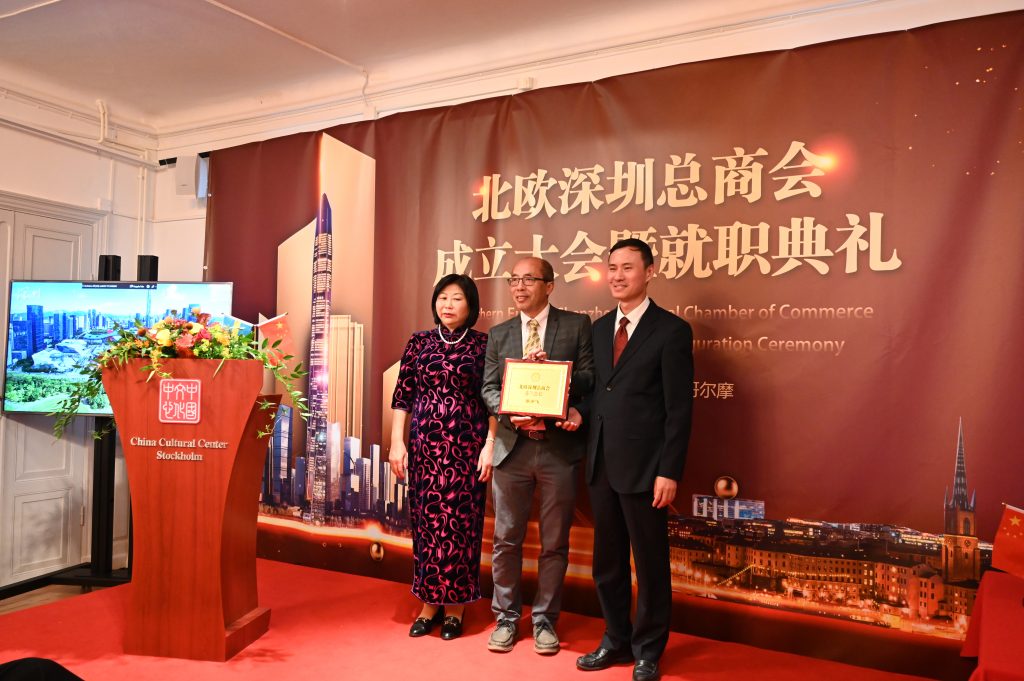
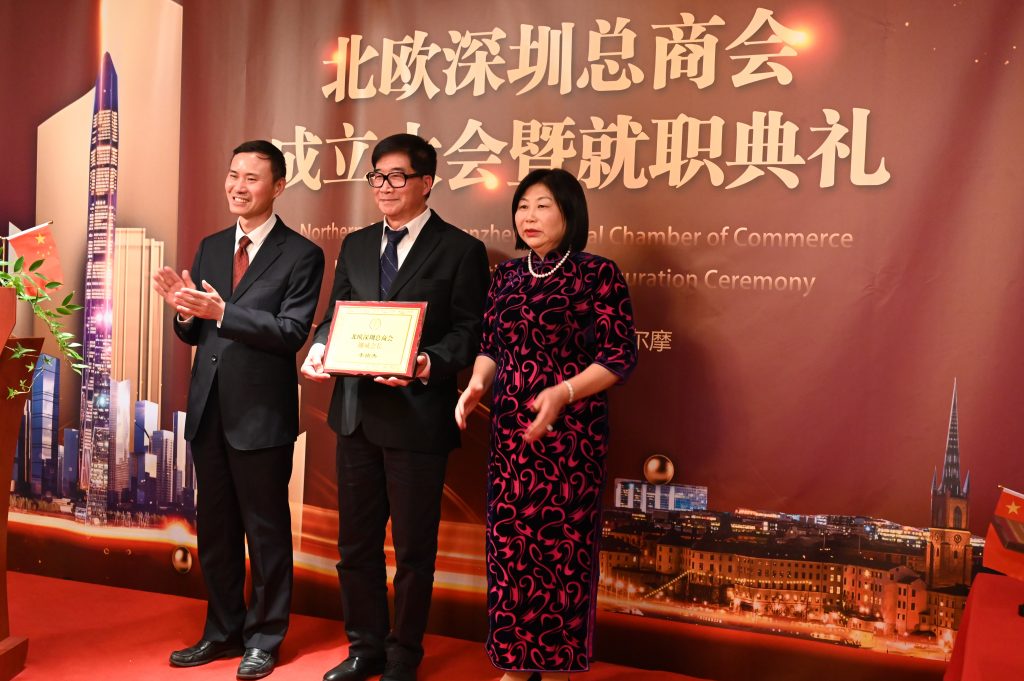
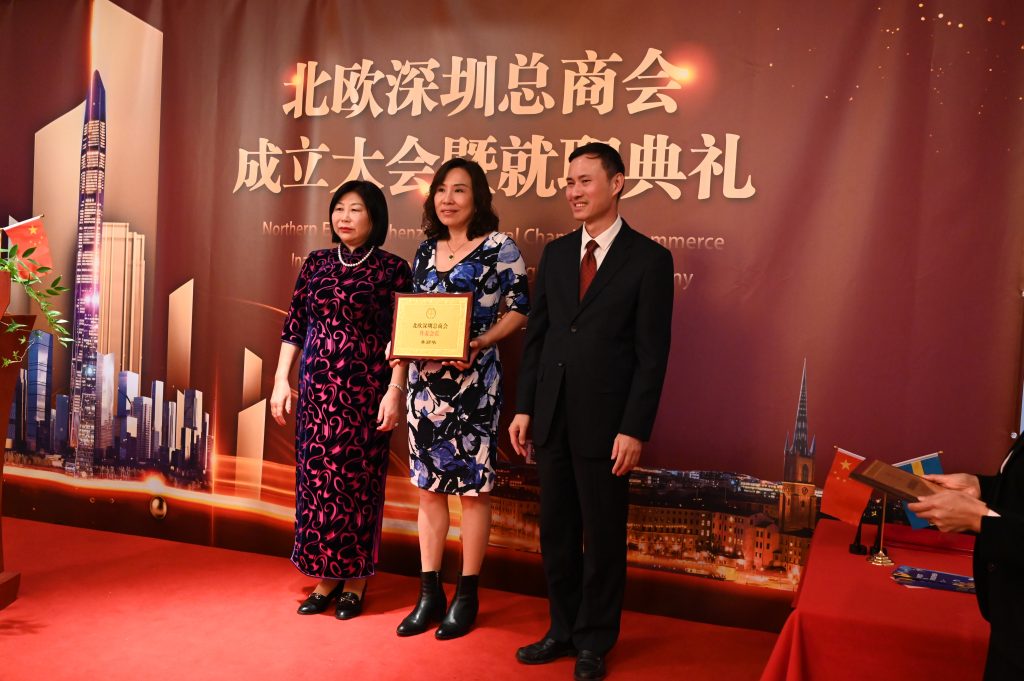
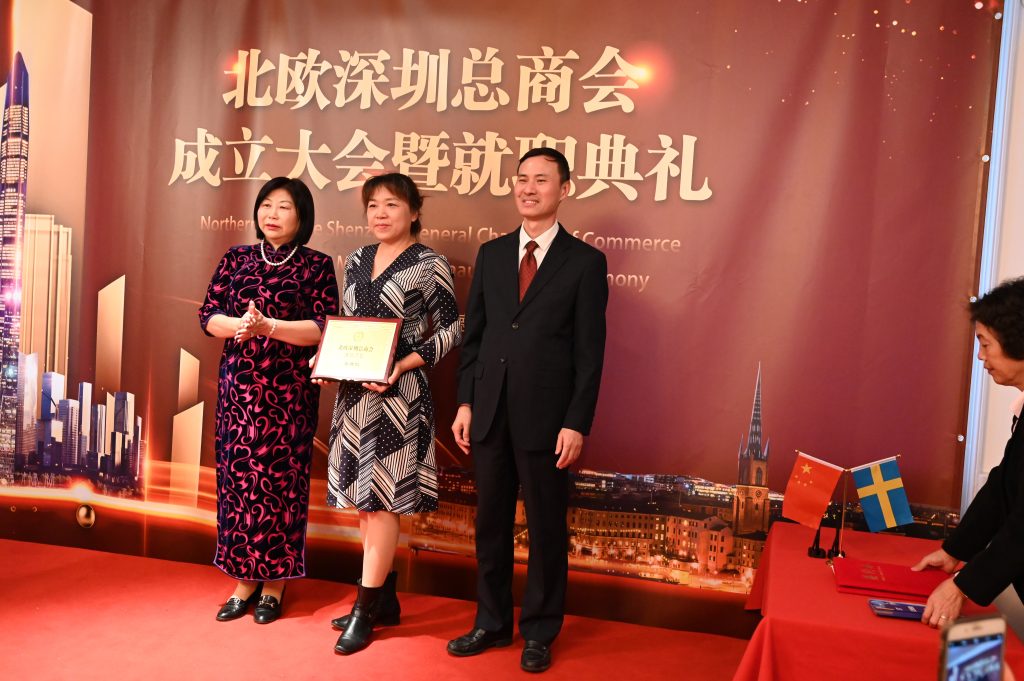

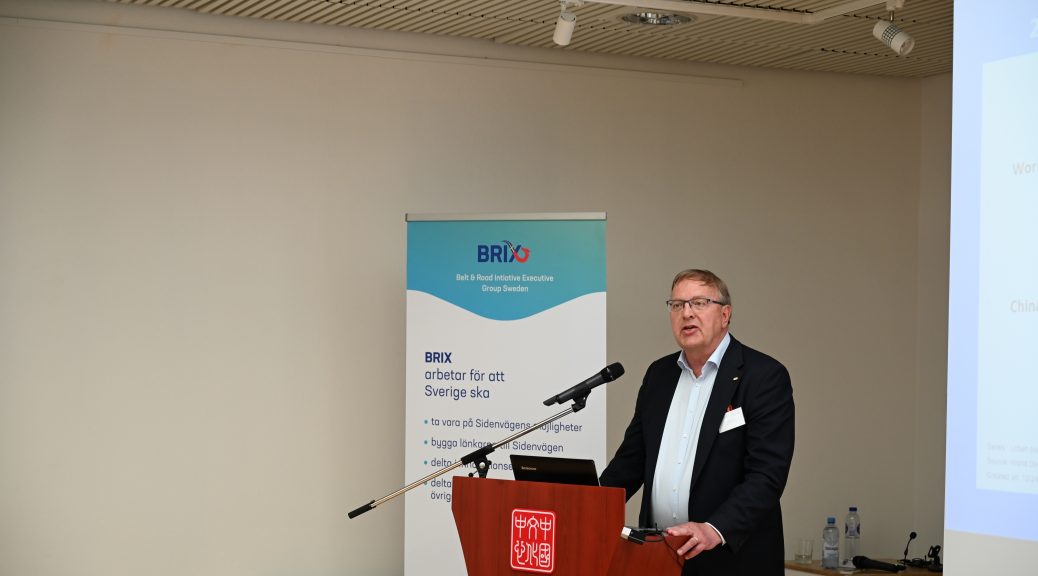
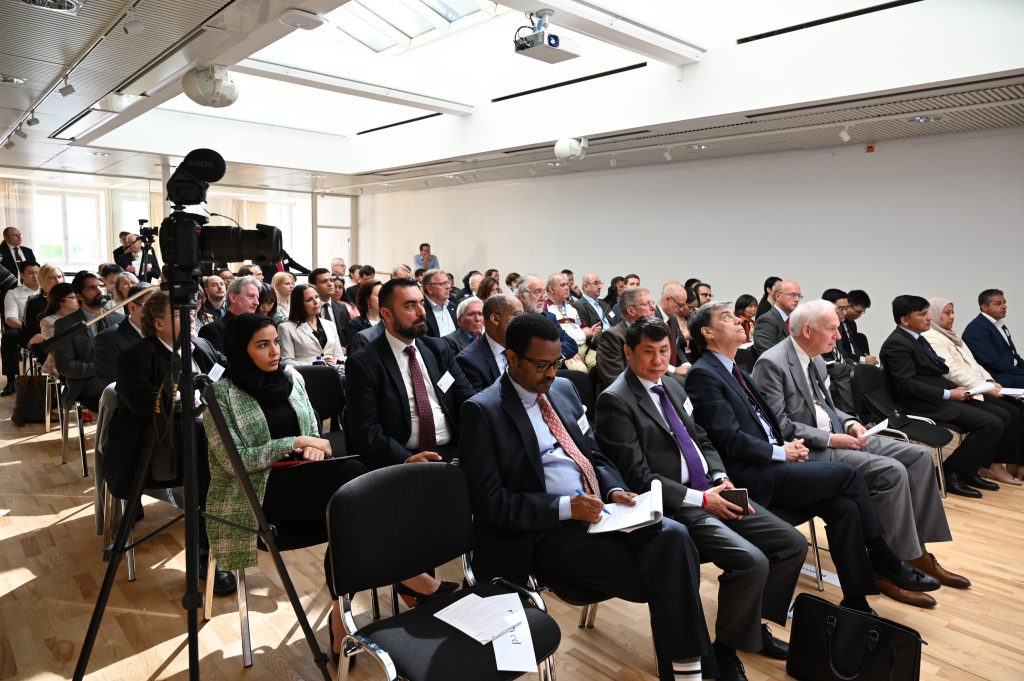
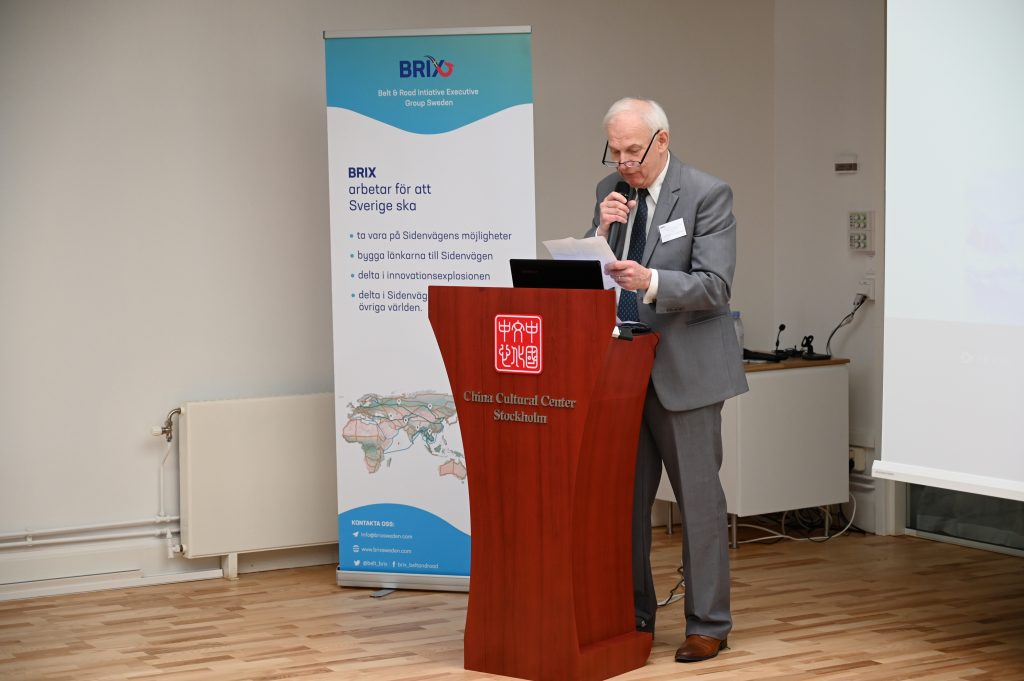
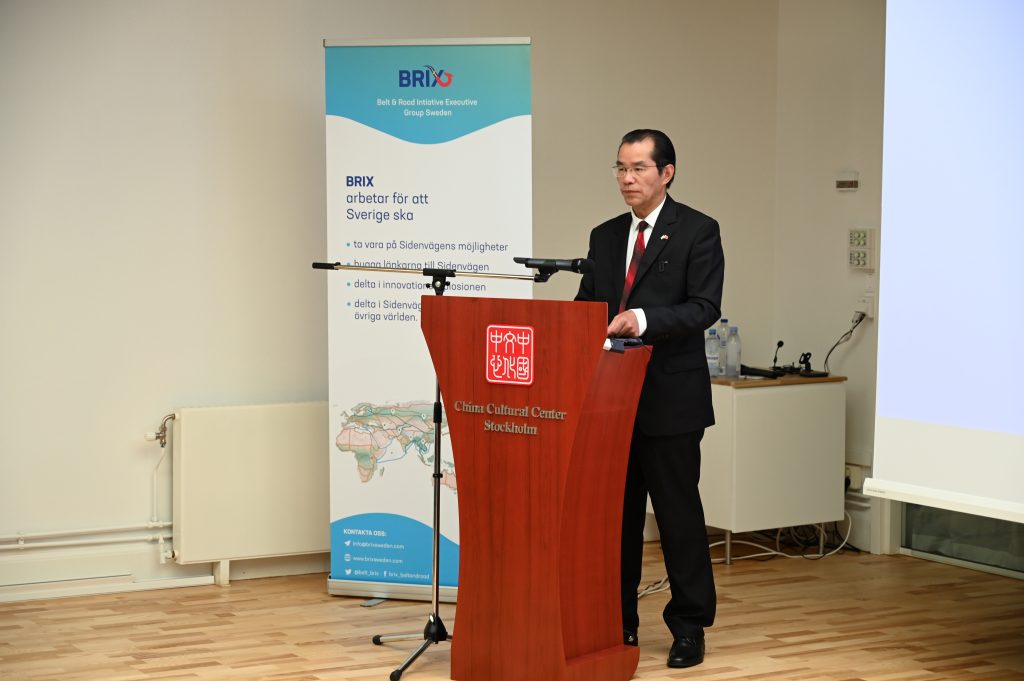
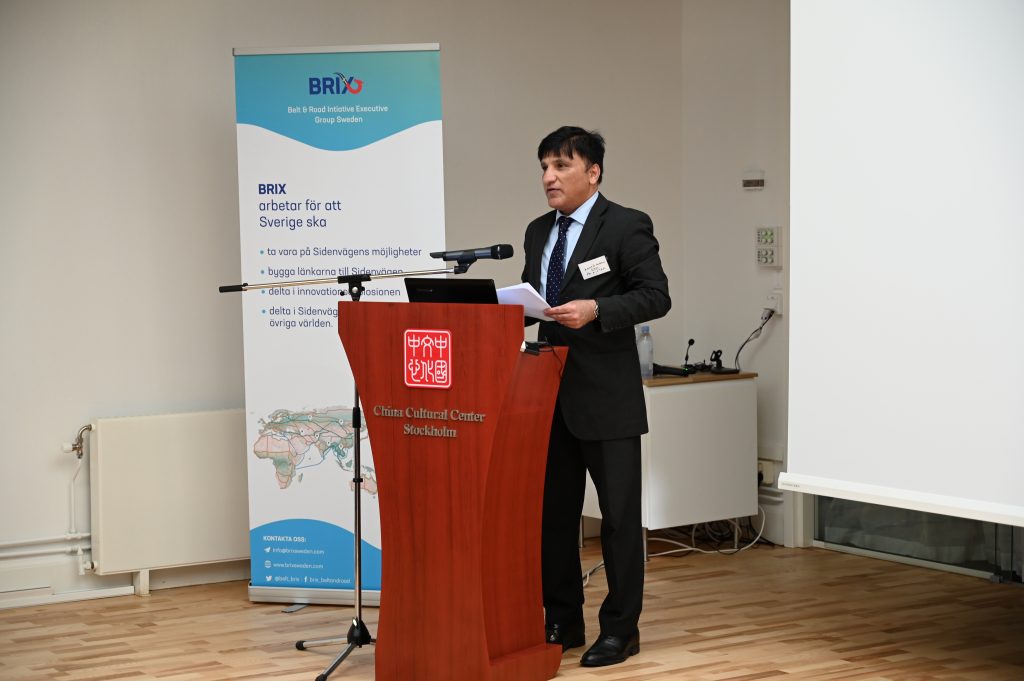
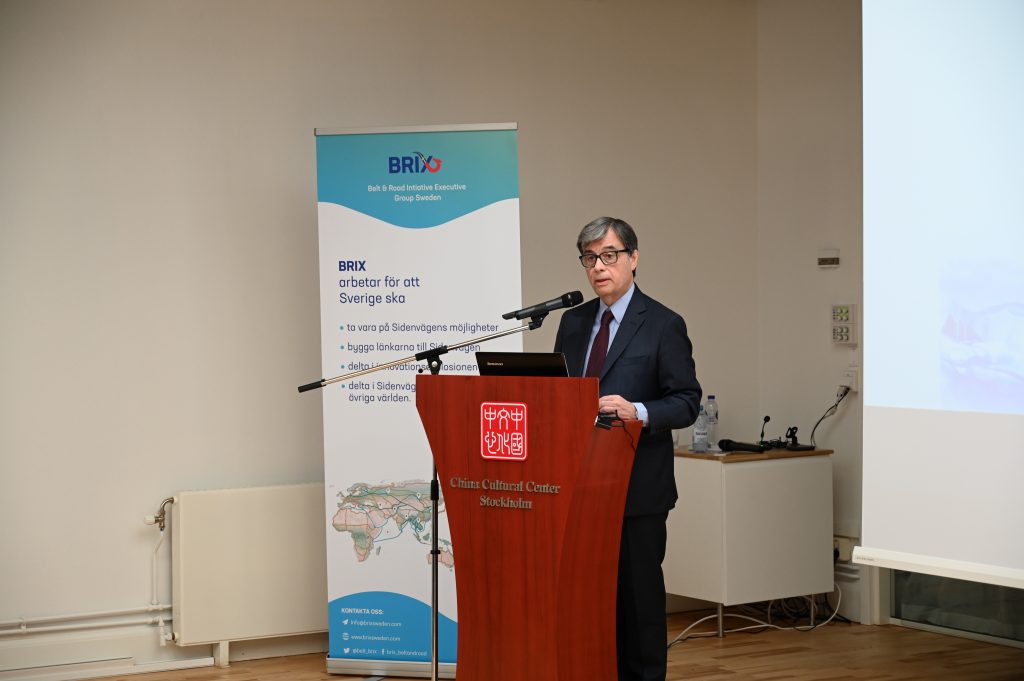
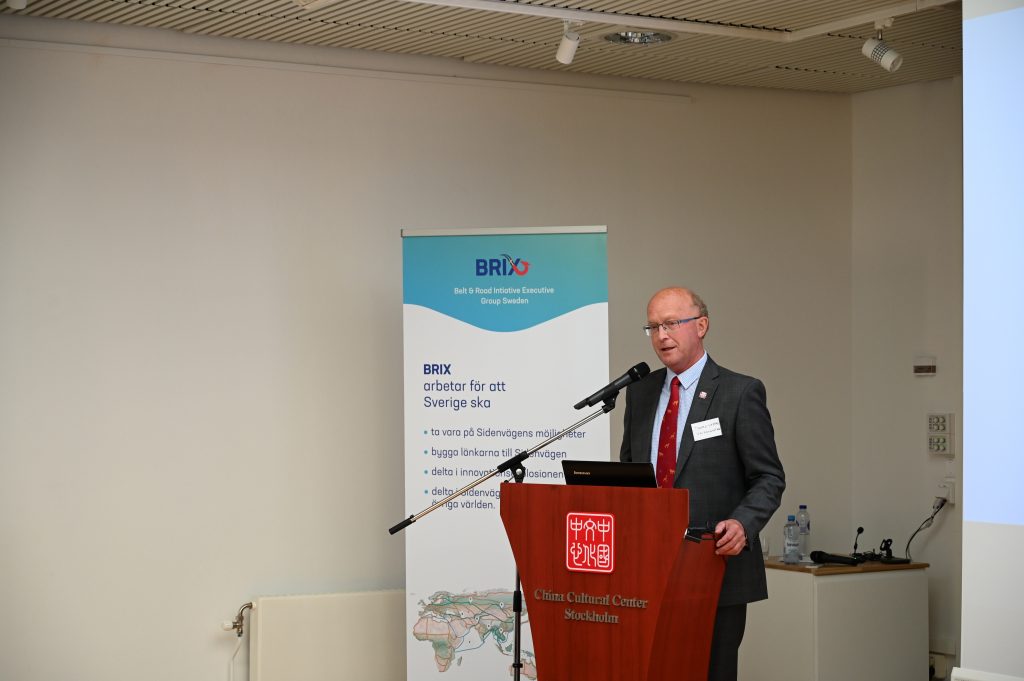
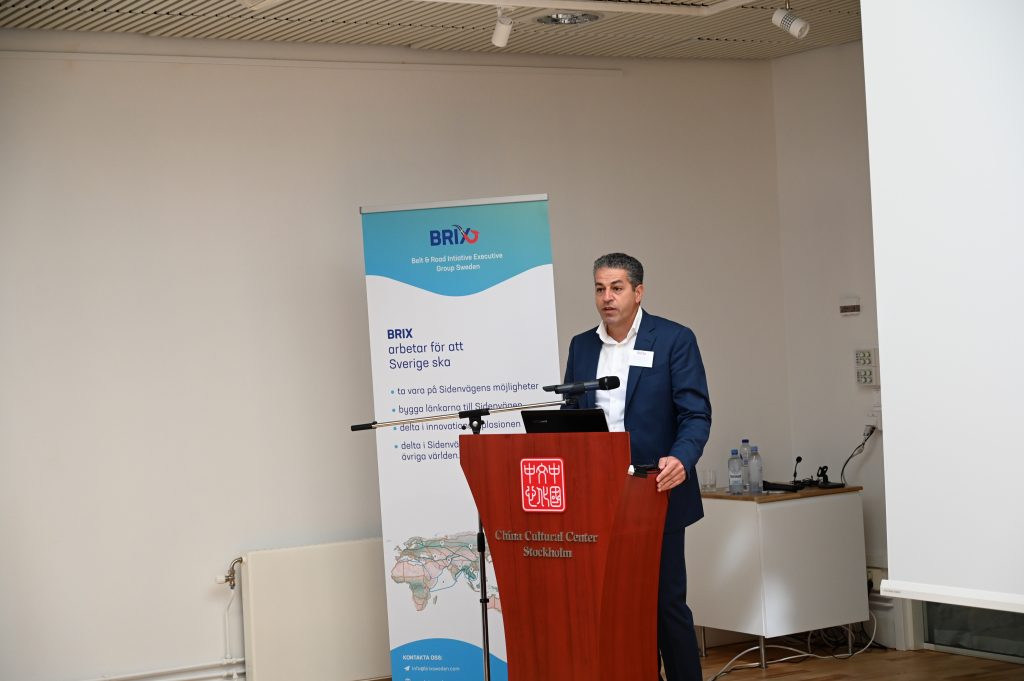
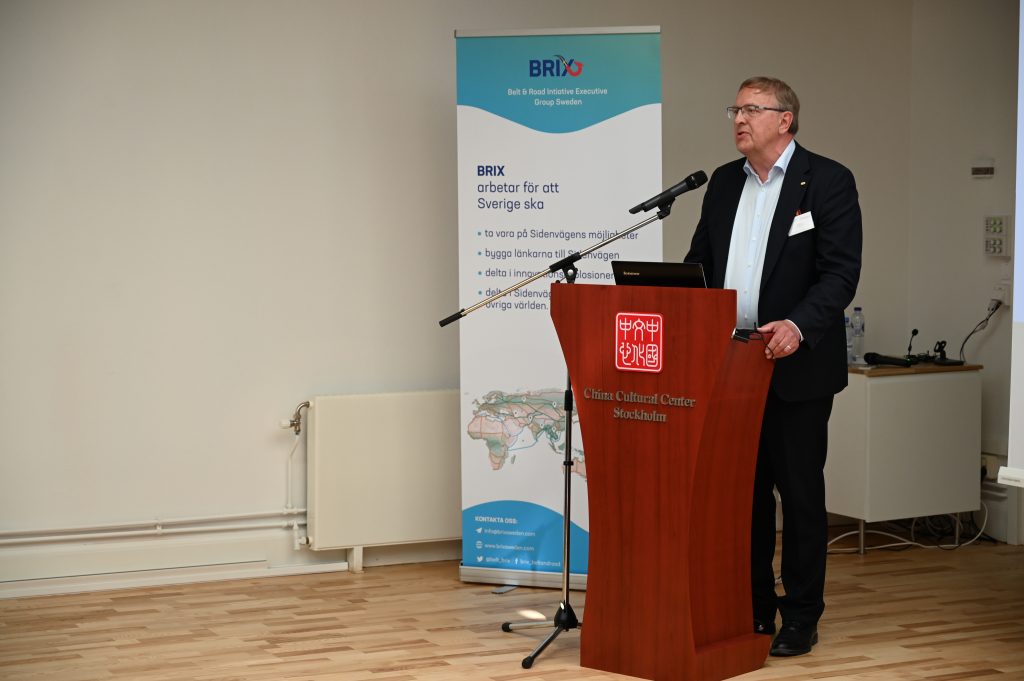
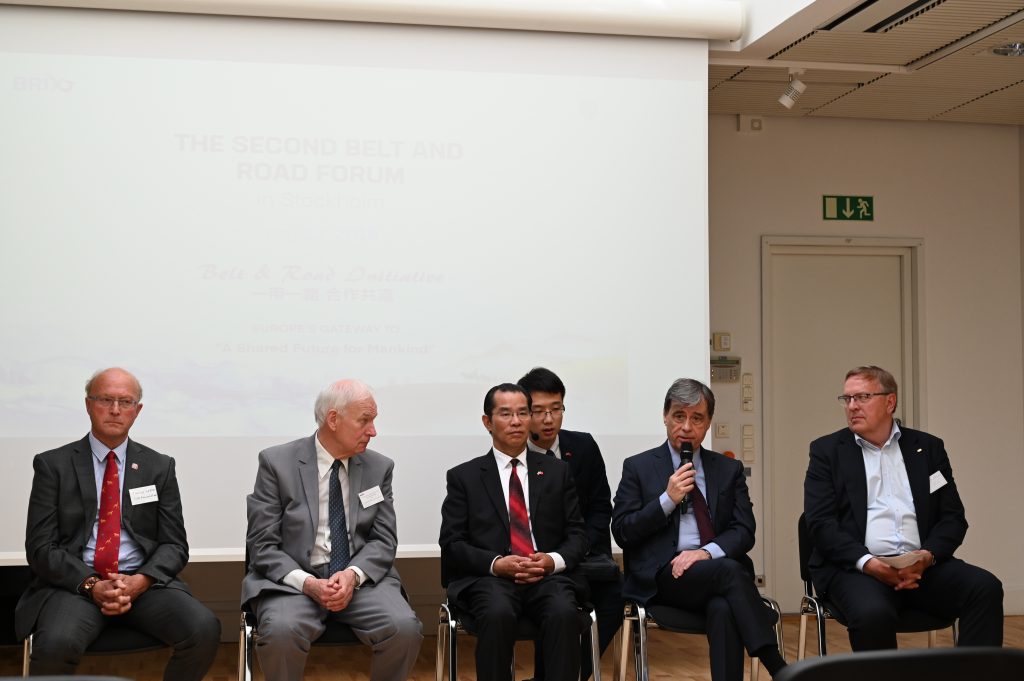
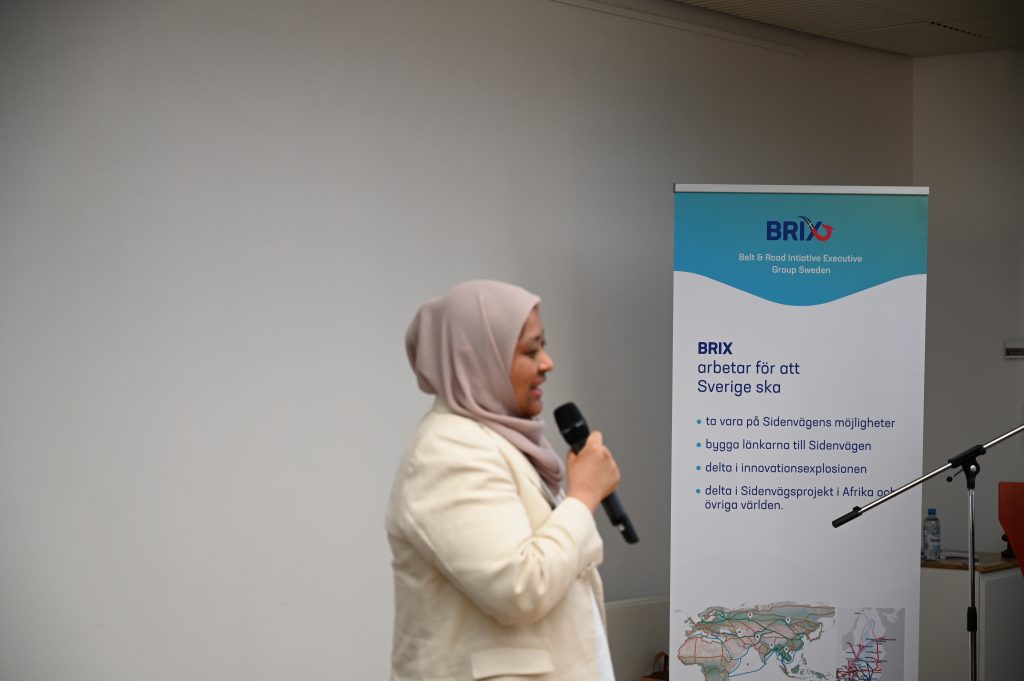
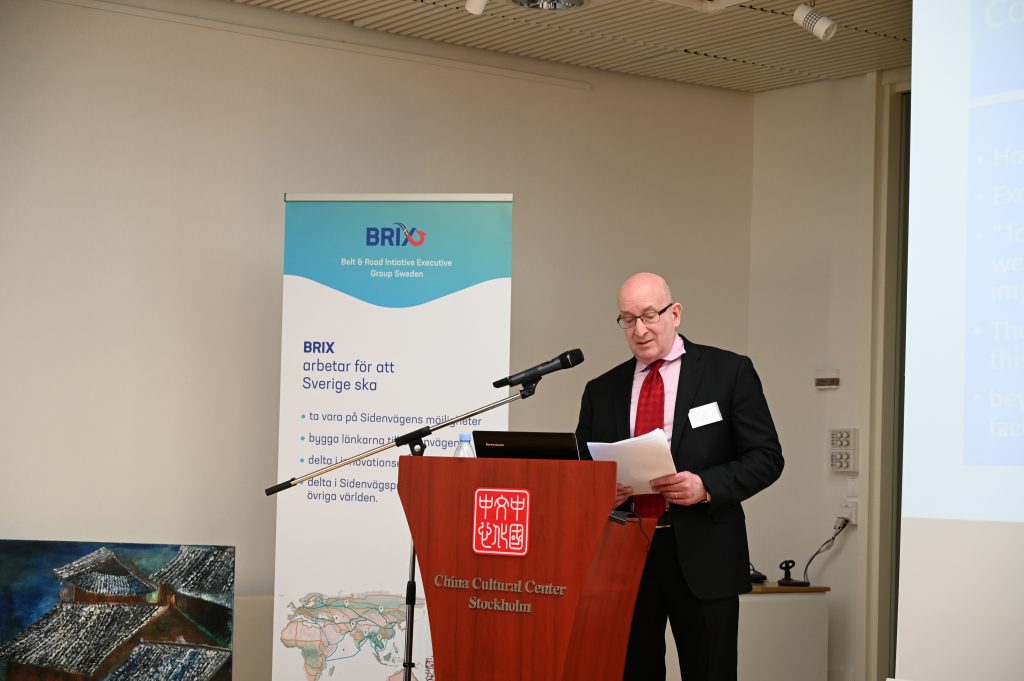
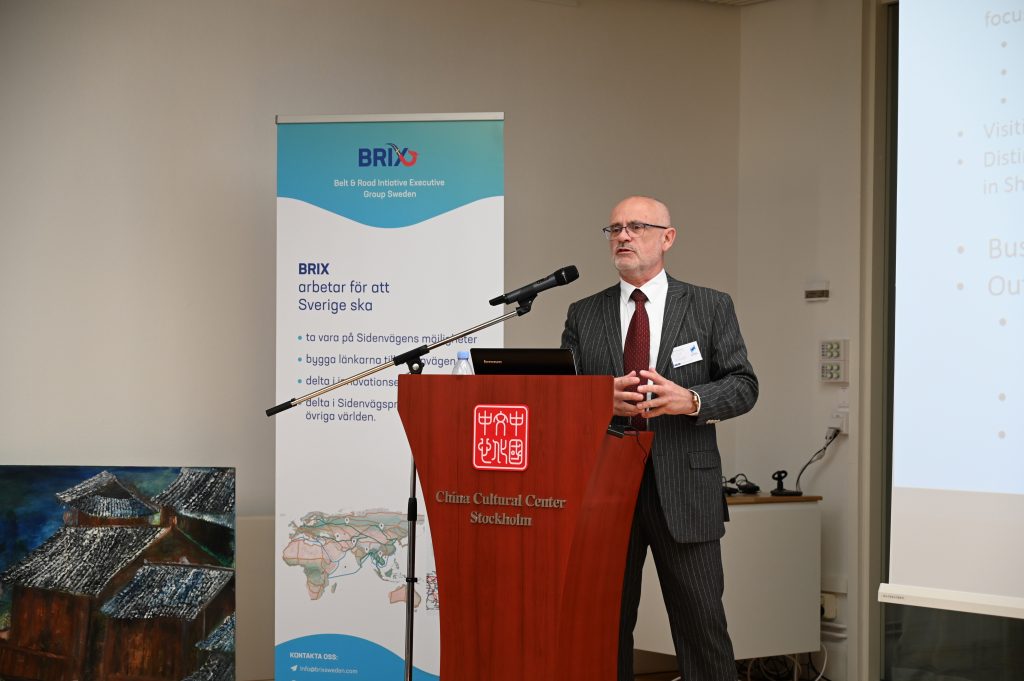
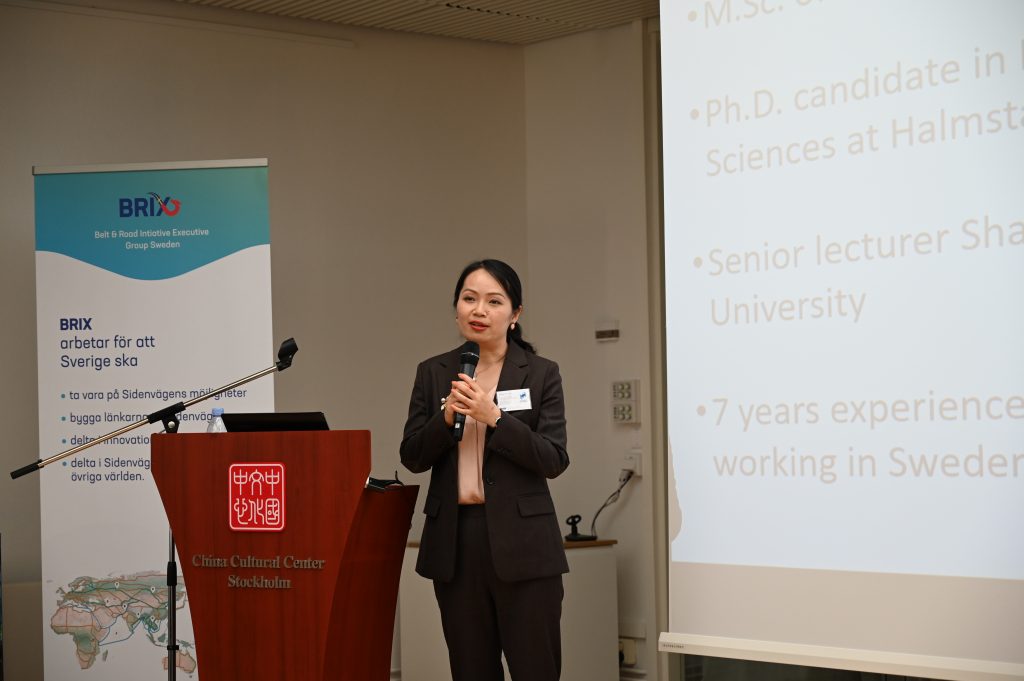
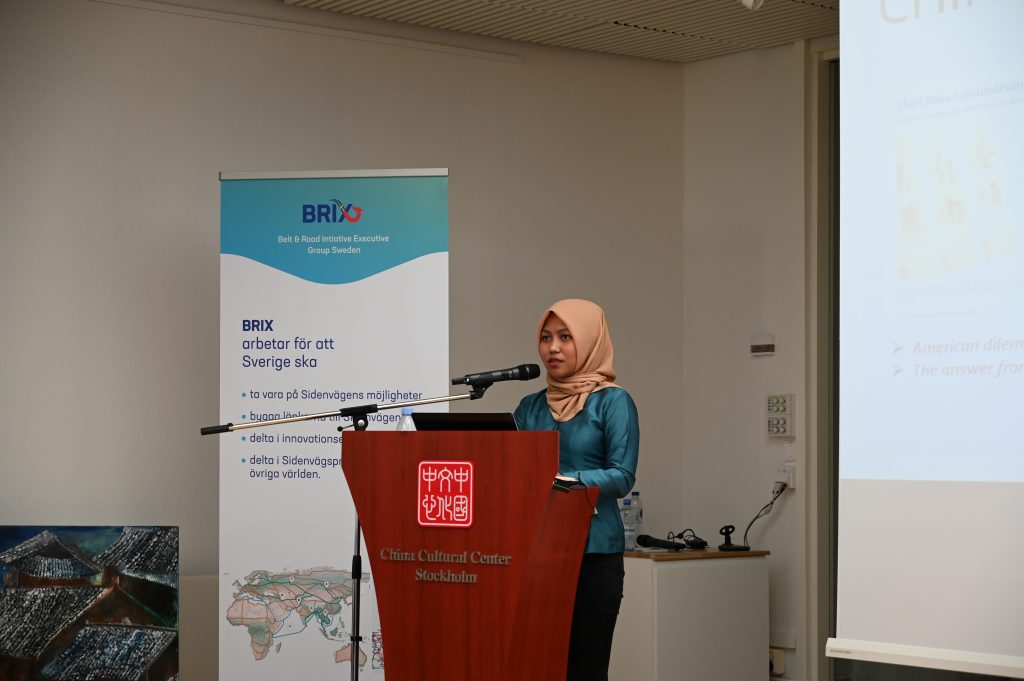
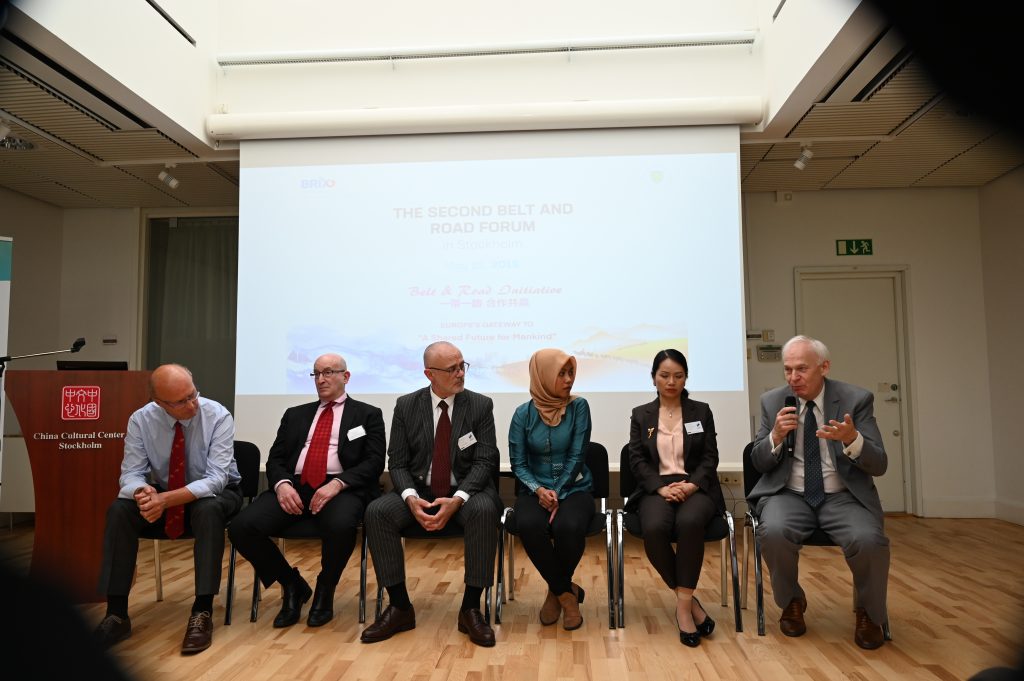
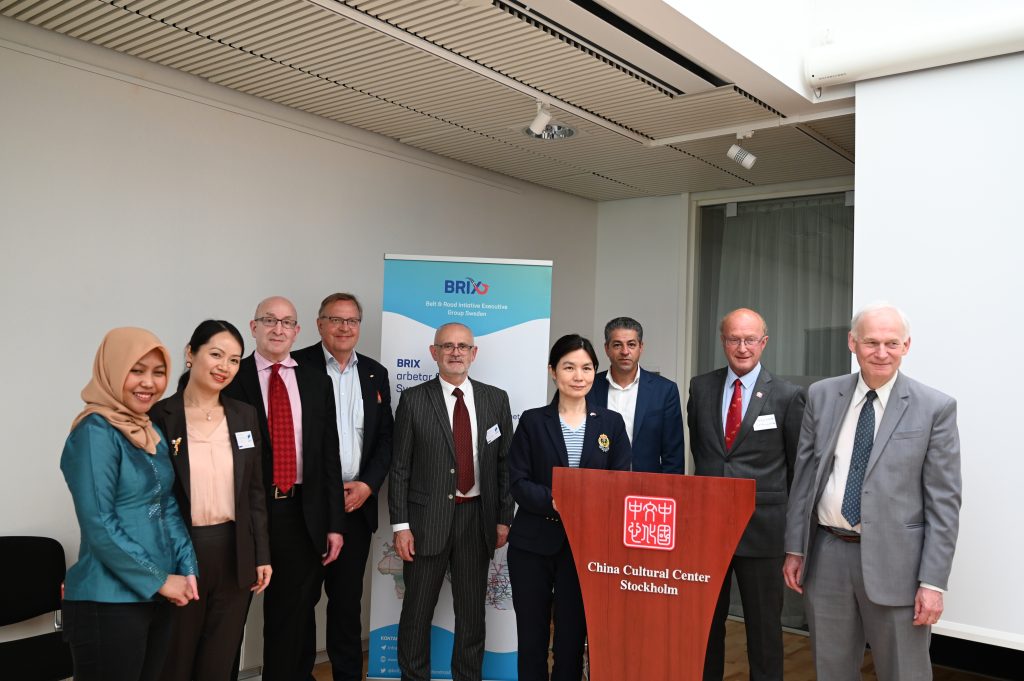


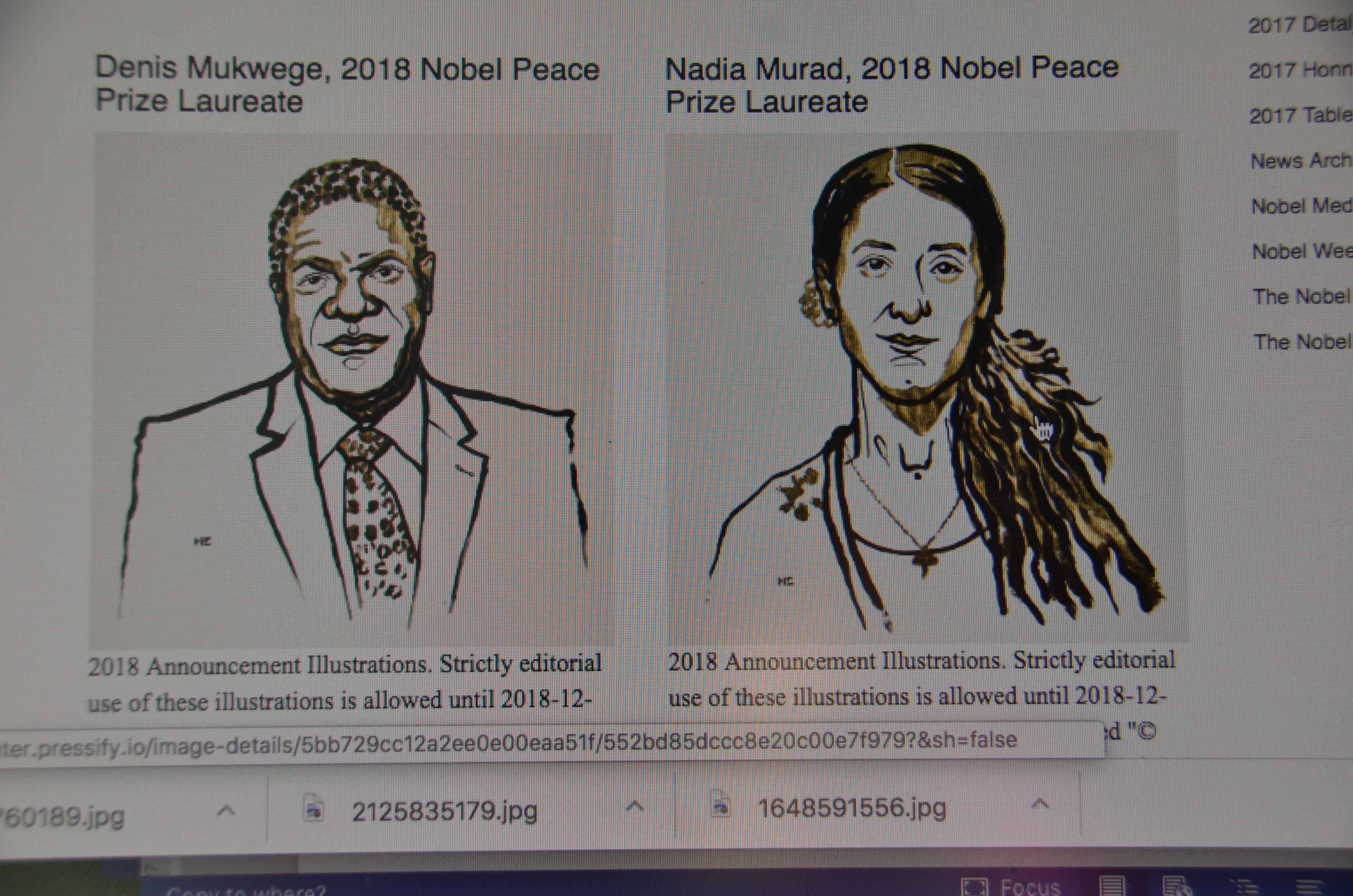
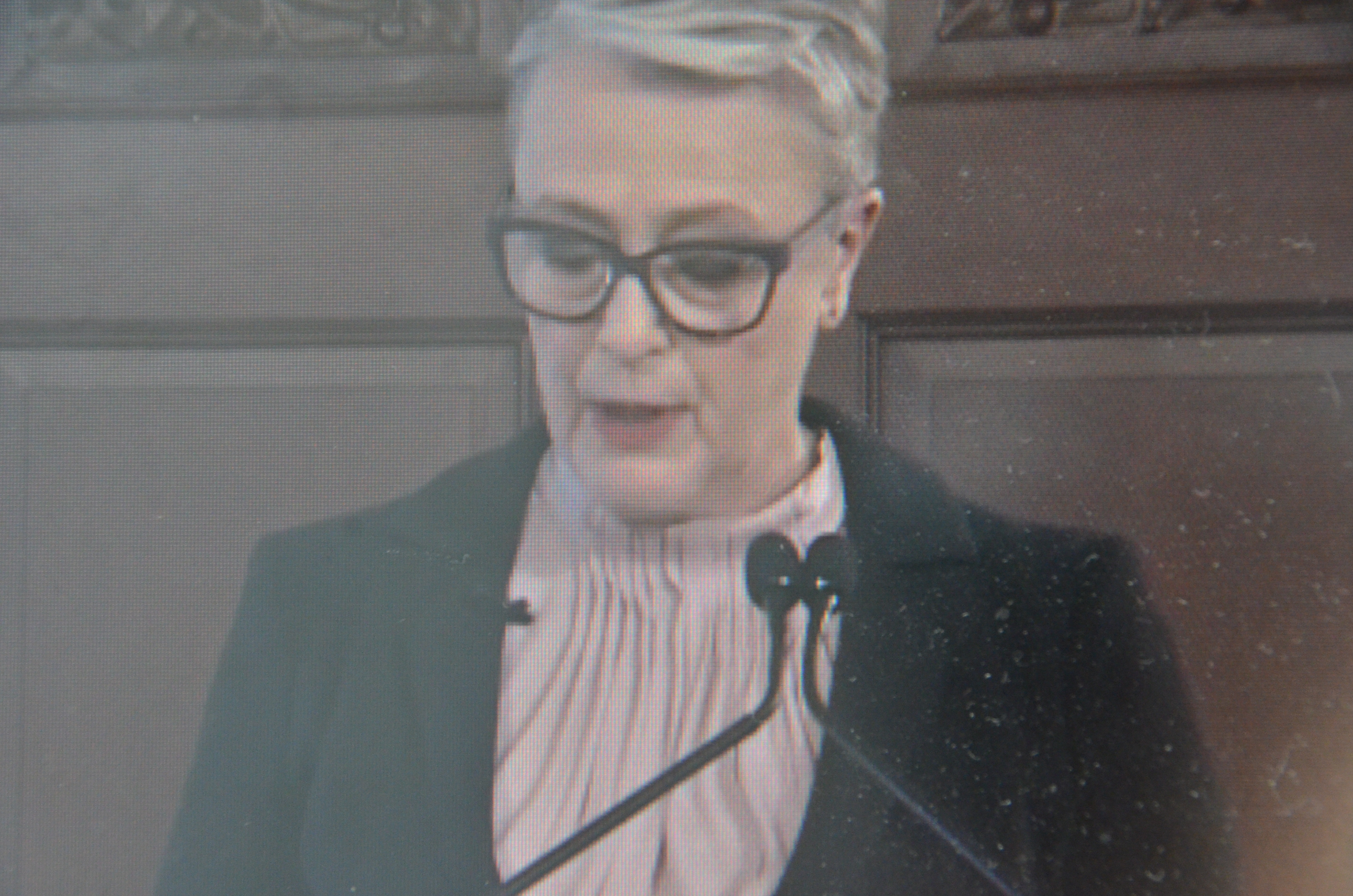


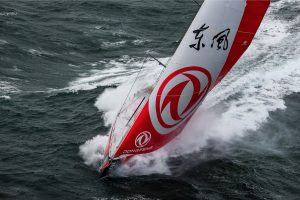 Three teams started Leg 11 of the race on Thursday in a dead heat on the overall leaderboard. The finishing order between MAPFRE, Team Brunel and Dongfeng Race Team at The Hague would determine their place on the overall race podium.
Three teams started Leg 11 of the race on Thursday in a dead heat on the overall leaderboard. The finishing order between MAPFRE, Team Brunel and Dongfeng Race Team at The Hague would determine their place on the overall race podium.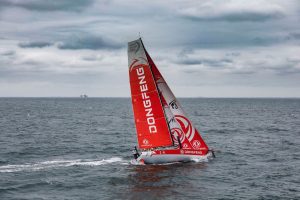 “We were not in such a good position, but we trusted our choice and we pushed,” Caudrelier said. “The others didn’t follow us, but we believed and we won…”
“We were not in such a good position, but we trusted our choice and we pushed,” Caudrelier said. “The others didn’t follow us, but we believed and we won…” “We always trusted each other. Nobody thought we were going to win this last leg, but I had a good feeling,” an emotional Caudrelier said, after thanking his supporters and team. “I said ‘we can’t lose, we can’t lose, we can’t lose’… and we won!”
“We always trusted each other. Nobody thought we were going to win this last leg, but I had a good feeling,” an emotional Caudrelier said, after thanking his supporters and team. “I said ‘we can’t lose, we can’t lose, we can’t lose’… and we won!”


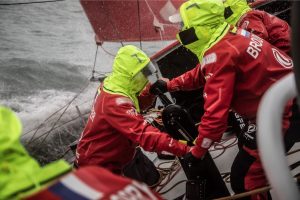 That In-Port Race, scheduled for Saturday afternoon, will determine the sixth and seventh place positions in this edition of the Volvo Ocean Race. Both SHK/Scallywag and Turn the Tide on Plastic finished the Volvo Ocean Race on equal points.
That In-Port Race, scheduled for Saturday afternoon, will determine the sixth and seventh place positions in this edition of the Volvo Ocean Race. Both SHK/Scallywag and Turn the Tide on Plastic finished the Volvo Ocean Race on equal points.
